The world-famous Galapagos Islands are the ultimate “natural zoo.” There, the most unique animals on the planet exist, totally free and fearless of man. There are prehistoric-looking iguanas, 150-year-old giant land tortoises, adorable blue-footed boobies & other exotic birds, and abundant marine life.
- Credit: Ivan Vasquez
- Credit: Ivan Vasquez
Of course, Galapagos is particularly known for Charles Darwin. It was his visit to the islands in 1835 that led to the formation of his landmark theory of evolution by natural selection.
The Galapagos is a wonderful bucket list destination for anyone who loves to travel, revels in the majesty of nature & enjoys “soft” adventures. The amazing flora & fauna (wildlife) and natural beauty of the volcanic islands are its star attractions.
More About Galapagos Islands & Charles Darwin
The Galapagos archipelago is located 600 miles off the coast of Ecuador. There are 13 main islands and 48 other small islands. Today’s population of approximately 25,000 people is scattered among five different main areas.
As mentioned, the island’s most famous early visitor was Charles Darwin, a young English naturalist aboard the H.M.S. Beagle. There, in 1835, he spent 5 weeks studying the islands’ flora and fauna. In 1859, Darwin published On the Origin of Species, which introduced his theory of evolution – and the Galápagos Islands – to the world.
Exactly one hundred years later, in 1959, the Galápagos became Ecuador’s first national park, in order to protect the fragile eco-systems of the islands and its “living laboratory.” Still today, Galapagos’ animals carry on their normal routines, indifferent to the ever-present audience of human visitors snapping photos only a few feet away.
Of course, tourism is carefully controlled, with limits on the size of live-aboard vessels and cruise ships (max of 100 passengers) and a series of rules and regulations for park visitors. More than 275,000 people visit the Galápagos every year to see these incredible animals and magnificent landscapes.
My Galapagos Trip
And yes, I was lucky to be one of those Galapagos visitors back in May 2011. I was already planning a trip with friends to spend time in Ecuador’s Amazon rainforest. From the States, we would be flying in and out of Quito, Ecuador’s capital, which serves as a gateway town to the Galapagos.
I knew this was the perfect opportunity to see the Galapagos Islands, which was certainly on my bucket list. Along with 6 friends, we signed up for a 5-day/4-night Galapagos “expedition cruise” on the 100-passenger MV Galapagos Explorer II. It turned out to be a great experience – and thus this blog post!
Each morning & afternoon, we had “excursions” to different islands & landing sites, led by one of the ship’s six naturalists. Our ship would anchor off-shore and we would travel to the island by 14-passenger zodiacs (aka pangas or dinghies) for a mix of “wet” landings (walking ashore in shallow water) and “dry” landings (stepping onto some type of pier). Plus, four times, we had the chance to snorkel in clear tropical waters.
My Blog Post – What’s A Galapagos Cruise Like?
A visit to the Galapagos Islands is truly an amazing & unique experience. I will share the daily excursions of my Galapagos cruise. My MV Explorer II cruise was very typical and will give you a good flavor of what your visit might be like. The islands’ 60+ landing sites will differ between cruise itineraries, but you will still see most of the same fascinating flora & fauna that I did.
- Green sea turtle / Credit: Ivan Vasquez
- Sally Lightfoot Crab
The most common & ideal way to explore the Galapagos is via water-based cruises. Most tourist boats offer 8-, 5- and 4-day all-inclusive itineraries which are strictly monitored by Galápagos National Park officials. Boats carry anywhere from 12 to 100 passengers.
Before I went, I hadn’t realized that Galapagos’ trips were quite so active, so you’ll want to visit while you’re still physically able. Excursions can include taking hikes and walks on lava rocks and snorkeling among sea turtles. Of course, snorkeling is an optional activity for those comfortable in the water. I’ll also give you resources at the end for planning your perfect trip.
Getting to the Galapagos & Our Ship
We began our Galapagos adventure with a 3-hour morning flight from Quito to Baltra Island on Tame Airlines (with a stop in Guayaquil). After filling out Galapagos entry forms and paying the $100 National Park entrance fee (in cash), we were met by ship representatives and bused to the pier along with fellow passengers-to-be.
- Photo above: Credit: Ivan Vasquez / photo to right: My Group of 7 San Diegan friends
In groups of 20, we were taken on pangas out to the ship which was anchored in the harbor. Around 2pm, we boarded the 100-passenger ship, MV Explorer II, with a crew of 70. This would be our lovely “floating hotel” for our 5-day/4 -night cruise through the Islands.
My friend Janet & I quickly checked out our nice cabin and headed to the dining room for lunch. We went to the 3pm mandatory Orientation meeting in the ship’s lounge where we learned about ship & Park rules before taking our first afternoon excursion at 5pm. (see next section).
After the excursion, we showered and attended the Welcome Reception (above right) where we were served champagne and introduced to the captain, key members of the ship’s crew, and the six naturalist guides (above left). Then it was dinner at 8:30pm, followed by a 9:45pm briefing about tomorrow’s excursions. I hit the pillow exhausted but excited about the grand adventures that lay ahead.
ABOUT THE DAILY EXCURSIONS
Excursion #1 – Dragon Hill on Santa Cruz Island (5-7pm)
After the orientation meeting, it was time for our first excursion / shore landing. We headed off in ship pangas for the short ride to Santa Cruz Island – and to our Dragon Hill (Cerro Dragon) landing site on the island’s northwest. Our “excursion groups” were 12 passengers each.
- Credit: Ivan Vasquez
- Credit: Ivan Vasquez
Walking with our naturalist guide Cesar, we passed by bright pink flamingos in a brackish lagoon. However, the visit’s highlight was seeing our first land iguana peacefully lounging on the path. He (or she) was completely undeterred as we carefully passed by. What unusual & interesting creatures!
This Galapagos land iguana is a large, yellow lizard that inhabits the arid zones of a number of the islands. They have short heads and powerful hind legs with sharp claws on their toes. Despite their intimidating appearance, they are primarily herbivores and can live up to 50 years.
We also walked up to Dragon Hill atop the island for nice views of the island and our ship harbored offshore. Yes, Dorothy, we really were in the Galapagos!
Excursion #2 – Bartholome Island (8-11:30am)
- Credit: Tim Smith
- “Dry landing” on small pier
This morning’s adventure to Bartholome Island included both a land & sea part. We started by zodiac with a “dry landing” on this beautiful volcanic island.
- Credit: Tim Smith
Our guide led us up 360 wooden steps to the top of the island for one of the most magnificent & classic Galapagos views, where we took our individual & group photos!
- Credit: Ivan Vasquez / Classic view of island tip & beach below on right by Pinnacle Rock
- Credit: Ivan Vasquez
Returning back to the small pier, a zodiac took us to a nearby beach for a “wet landing,” where we stepped off the zodiac into shallow water. There, we had one hour to spend at the beach and in the water. Many of us snorkeled to nearby Pinnacle Rock located at the point. There we saw sea lions & a small colony of Galapagos penguins atop the rocks.
- Our beach “wet” landing
- Pinnacle Rock
The Galapagos penguin is one of the smallest penguins in the world – and the only penguin found north of the equator! The cool waters of the Humboldt and Cromwell Currents allow it to survive despite the tropical latitude. Galapagos penguins live in caves and crevices in the coastal lava.
- Galapagos Penguins
- Credit: Tim Smith
- Left Photo – Credit: Tim Smith / Right Photo – Credit: Ivan Vasquez
Wearing the ship’s good wetsuit, I was comfortable snorkeling with the water temperature around 20-21 degrees C (68-70 F). I was mesmerized by the beautiful colorful tropical fish and loved watching penguins darting by me in the water. Like all penguin species, they are extremely agile & fast under the water.
Excursion #3 – Port Egas on Santiago Island (3:30-6:30pm)
The afternoon visit to Santiago Island included a land tour followed by a snorkel option. Puerto Egas (Port Egas) is a sheltered landing site at the southern end of James Bay on the northwestern coast of Santiago. Ours was a “wet landing” on a black sand beach.
- Ivan – our wonderful ship photographer
Two interesting facts: Charles Darwin stayed here for 2 of his 5 weeks in the Galapagos in 1835. And the port is named for Hector Egas, an entrepreneur who explored the island in the 1930s and opened a salt mine which closed in the 1960s.
- Marine Iguana
- Sally Lightfoot Crab – cute!
Our naturalist guide Hernand led us on one of the trails, which ran along the coast on lava rocks to visit the “Fur Seal Grottos.” Along the way, we saw lots of marine iguanas & the bright orange Sally Lightfoot crabs lounging on the rocks. (more about marine iguanas in next section).
In the cool inlet lava grottos, we saw sea lions resting and playing – plus a mama teaching her kids “sea lion skills.” Apparently, the Galapagos Fur Seal is elusive, so we did not see any that day.
- Wet Landing – Actual Beach Departure
- Friendly Sea Lion / Credit: Tim Smith
We returned to the beach along the same path to enjoy 45 minutes of snorkeling time. My friends and I always said yes to all the trip’s snorkel options! In the water, I saw some more pretty fish and enjoyed watching two sea lions playing nearby.
Excursion #4 – Fernandina Island – Punta Espinosa (8-11am)
Fernandina Island is the third largest and youngest of the islands, less than one million years old. It is also the most volcanically active, sitting at the center of the “hot spot” that created the Galapagos Islands. Its most recent eruptions were May 2005 & April 2009 – just two years before our visit! (none since, as of this writing).
The volcano “La Cumbre” dominates the island’s landscape with its lava fields reaching the ocean. Our zodiac landing was on a small stone “pier” amidst a small mangrove forest. After a short walk through the mangroves – with help from our guides to keep our shoes dry – we reached the island’s lava fields with their interesting formations to take a short walk.
Punta Espinosa is one of the best visitor sites in the islands, featuring the largest numbers of marine iguanas. Plus, there are lava lizards, Galapagos penguins, flightless cormorants, and sea lions. It is also a good place to see the lava cactus (below). As one of the first species to grow on young lava, the cactus can survive with very little water.
Marine Iguanas
The real highlight of the visit was seeing large colonies of marine iguanas along the coast. Endemic to the Galapagos, these marine iguanas are the only sea-going lizards in the world! Unique among modern lizards, these reptiles have the ability to forage in the sea for algae, which makes up almost all of their diet.
- Credit: Tim Smith
Marine iguanas are not a very agile species on land, but they are excellent swimmers – moving easily through the water as they feed on algae. In the morning, they bask in the sun, absorbing heat with their black scales until they have enough energy to swim out to sea to forage.
- Credit: Ivan Vasquez
- Credit: Tim Smith
Walking along the coastline, we also saw some cute sea lions and juveniles playing in the water. This was our one visit where we saw passengers on shore from another ship – the 100-passenger National Geographic Endeavor – but we were not in the same place at the same time. (both ships below, right).
Galapagos Flightless Cormorants
The island’s other highlight featured a flightless cormorant nesting site. All the world’s cormorants can swim. However, the Galapagos Flightless Cormorant is the only one (out of 29 species) which cannot fly. These cormorants are confined to the lava shoreline and beaches on just two of the Galapagos islands – Fernandina and Isabela.
- Flightless Cormorants / Credit: Ivan Vasquez
These cormorants have stunted wings that are only 1/3 the size of the wingspan they would need to fly. Their diet consists mainly of eels and octopus, which they reach by diving deep to the ocean floor. Without predators on the island, these serpent-necked birds adapted for swimming and not for flight, another example of evolution at work in Galapagos’ “nature’s laboratory.”
Excursion #5 – Isabela Island – Punta Vicente Roca
This afternoon, we anchored off the northwestern tip of Isabela Island at Punta Vicente Roca, a rocky point known for great snorkeling and diving. It’s particularly famed for its important population of green sea turtles. Located at the base of an old volcano with tall cliffs, there is no official landing site here.
Our excursion had two parts – “deep water snorkeling” (2-3pm) and then, after time back at the boat to shower & change into dry clothes, a dinghy excursion. This gave us the opportunity to view the wildlife & scenery from two different vantage points.
- Ship’s Snorkeling Gear area
Deep Water Snorkeling with Green Sea Turtles
So, we donned our wetsuits and headed out in the dinghy. What a thrill to be swimming amidst green sea turtles in their natural environment! My friend & I followed one “friendly” turtle for quite a ways. We then turned back closer to shore to see many other sea turtles swimming near to the sandy bottom. Wow! In addition, there were pretty fish to see, including a puffer fish.
- Credit: Tim Smith
Dinghy Excursion
Around 4:30pm, my group & I headed back out with our guide in the panga for an hour to get close to the shore’s cliff area teeming with birds and wildlife. In the water, we saw more sea turtles, sea lions and penguins swimming. On the cliffs, we saw blue-footed boobies, frigate birds, brown noddy terns, and brown pelicans.
Excursion #6 – North Seymour Island (8-11:30am)
This morning’s excursion to North Seymour Island was another two-fer – land and sea! We started with a wonderful walking tour of the small flat island, which is covered with low, bushy vegetation.
Our guide Cesar led us on a path, where we passed by “pretty” land iguanas, some with a yellowish head. I’ve read they can reach almost 4 feet (1.2 m) in length.
Because North Seymour is one of the most important fishing sites for marine birds, the island is filled with open nesting grounds of Blue-Footed Boobies and Galapagos’ largest colonies of Magnificent Frigate birds. What a special opportunity to see these two fascinating birds up close & personal.
Blue-footed Boobies
These adorable birds are the favorites of many Galapagos travelers – I know that was true for me! Besides their “funny” name & cute faces, these booby’s webbed feet really are bright blue. And, happily for travelers, they can be seen year-round on most of the islands.
- Credit: Ivan Vasquez
- Credit: Ivan Vasquez
Blue-footed boobies prefer to nest in any open spot, which might even be in the middle of a trail! And they have no fear of visitors. So, they’re fun to watch and take photos of.
- Credit: Tim Smith
- The male showing off for the females!
During the booby mating season, male Blue-footed Boobies do a fancy courtship dance with lots of hooting, honking and pointing their beaks skyward. In addition, male birds show off their feet to prospective mates with a high-stepping strut. The bluer the feet, the more attractive they are to their prospective mate!
Magnificent Frigate Birds
Galapagos Islands have two species of frigate birds – the Great Frigatebird and Magnificent Frigatebird. North Seymour has a large colony of the Magnificent Frigatebirds.
- Credit: Ivan Vasquez
Galapagos frigatebirds (both varieties) are known for the large red inflatable sac on the male’s throat. Male frigates can inflate this bright, kidney-shaped sac for the purpose of attracting a mate. The bigger the pouch, the more attractive to females. Don’t you just love nature’s creativity!
- Credit: Ivan Vasquez
- Baby Frigate Chick
Just like the boobies, some frigate nests resting on the trees are close to the trail. Plus, we got to see a downy white frigate chick siting in one the nests.
- Magnificent Frigate Birds / Credit: Tim Smith
I also loved watching flocks of frigatebirds float in the air above us. Apparently, these master aerialists are “pirates of the sky,” able to steal food from other birds in midair. Since they can’t dive for fish like the boobies, most of the frigate’s food is snatched off the land or sea surface or from others.
Part 2 – Deep Water Snorkel
We returned to the ship briefly after the land tour (8-10am) before heading back out in a dinghy for 45 minutes of deep-water snorkeling along the island’s coastline. North Seymour’s diving/snorkeling area is known for its marine diversity, including tiger, Galapagos and reef sharks.
- Credit: Tim Smith
- Credit: Tim Smith
We snorkelers were on the lookout for white-tipped sharks that day. I struck out on this count, but my friend Christine saw two of them! However, I saw a cool tiger spotted ray & lots of grey fishes.
Excursion #7 – Santa Cruz Island (2-6pm) – Giant Land Tortoises
Cruising through Canal de Itabaca between Baltra and Santa Cruz islands, our ship harbored near the northern coast of Santa Cruz. The trusty zodiacs ferried us to the pier for our afternoon excursion. Santa Cruz, with a population of around 12,000, is the 2nd largest island in the Galapagos.
There, we boarded a bus to take us on a 45-minute ride up into the highlands through a variety of different climate zones. Gustavo was our group’s naturalist guide today for our visit to the Tortoise Reserve (near Santa Rosa) to see the famed Galapagos Giant Land Tortoises.
- Credit: Tim Smith
Upon arrival, we first visited the nearby 26-km (16 mile) long Lava Tunnel. This giant petrified lava tunnel was formed ions ago when lava flowed, leaving behind a hollow tunnel through the volcanic rock above. We took a short walk down into the dark cave-like tunnel using flashlights.
Galapagos Giant Land Tortoises
Then we entered the Primicias Ranch & EcoReserve. In the main reception area, we were each given a pair of rubber rain/mud boots – a necessity! Then we were off on a fun & muddy hike through pastureland and forest to view some fascinating Galapagos Giant Land Tortoises – the world’s largest tortoises.
- Credit: Tim Smith
We found 3 of these giant “domed” tortoises lounging in a pond – or would you call that a mud pit? These tortoises sleep a lot and, when awake, feed on the relatively lush vegetation. Tortoises warm themselves in the sun or cool themselves in puddles. We were told these tortoises could live up to around 150 years.
We walked to a green algae pond where we saw another big tortoise on the land. Soon, he/she slowly but methodically walked through the brush into the water as we snapped photos. Gotta love that tortoise’s ancient and wise face!
Afterwards, we enjoyed free time in Primicias’ gift shop & snack bar – and an exhibit area where some of the group tried on one of the domed tortoise shells for size. Returning to the ship, crew members carefully cleaned our footwear – to make sure we didn’t accidentally bring anything like seeds back from Santa Cruz that was endemic to just that island so as not to spread to a different island.
Excursion #8 – Final Day – San Cristobal Island & Puerto Baquerizo Moreno
Sadly, today was our final excursion before flying back to the Ecuadorian mainland in the afternoon. Our bags packed, we said goodbye to the wonderful crew and departed the ship at 8:30am. We were ferried (our last zodiac ride!) to the town of Puerto Baquerizo Moreno, Galapagos’ capital, on San Cristobal Island.
We docked at the main pier in the picturesque bay to find sea lions hanging out everywhere along the waterfront. It was like they owned the town – and perhaps they did!
- Photo on Left / Credit: Tim Smith
It was a short drive to the state-of-the-art Galapagos Interpretation Center for a 45-minute visit and self-guided tour to learn more about the islands. Afterwards, the bus took us back to the cute town with a population of around 8,000. There we had 90 minutes free before leaving for the airport – located just 5 minutes outside of town.
In Puerto Baquerizo Moreno, we could choose to walk the Malecon, explore the town, shop or get food at a waterfront café. I did a little of each, including a stop at the requisite tourist t-shirt shop to find my Galapagos trip’s memento.
It was tempting but I did resist buying the classic “I Love Boobies” t-shirt! Instead, I have wonderful memories etched in my mind and heart – and lots of photos – for remembering this very special trip to the Galapagos.
My travel group & I flew out of the San Cristobal airport at 1:45pm on Tame Airlines, bound for Quito, Ecuador. There, we would overnight before flying back to the States the next day.
Galapagos “Expedition Cruise” Shipboard Life
So, what was the experience like aboard our 100-passenger MV Explorer II? In a nutshell, pretty great! Of course, everything was centered around our twice-daily excursions to the different islands led by our wonderful team of naturalists. From them, we learned the history of the Galapagos Islands and all about their fascinating inhabitants.
- Credit: Ivan Vasquez
Our typical “expedition cruise” daily schedule: breakfast / morning excursion / back to ship for lunch, naturalist talk, and possibly a nap / afternoon excursion / evening briefing about next day’s excursions / dinner / off to bed or possibly an after-dinner drink in the lounge.
- Our Ship’s Naturalist Guides
- Equator Crossing Celebration – our group with naturalists, ship photographer & social directors
In addition to the island’s natural life, we definitely enjoyed ship life. We feasted on gourmet meals and enjoyed special drinks on the rear deck for an Equator Crossing celebration where they handed out special certificates to passengers – any excuse for a party!
We also enjoyed a tour of the ship’s bridge, hosted by the captain and female first officer. And one evening, our “relatively young” San Diego group enjoyed a spontaneous salsa dance party in the lounge with the much younger, adorable Ecuadorian crew members who were thrilled to have willing dance partners!
More Galapagos Info & Planning Resources
Now that you have a really good idea of why a Galapagos visit & expedition cruise around the islands is so special, I hope you’ve been inspired to put Galapagos on your “must see” travel list. Let me share a little more information to help in your planning.
Flights
All flights to Galapagos originate from the Ecuador mainland – from either Quito or Guayaquil. There are two main airports in Galápagos – one on Baltra Island, the other on San Cristóbal. Returning to the U.S. or other international destination from Galápagos generally requires an overnight stay in either Quito or Guayaquil.
Choosing Your Live-Aboard Boat or Ship
There are a wide variety of boats to choose from. As you’ve heard, the maximum sized ship allowed in the Galapagos is 100 passengers. However, most of the Galapagos’ live-aboard boats carry fewer than 20 passengers. Smaller boats can’t provide some of the luxurious amenities available on larger ships, but they may offer more personalized service and easier trips on and off the ship.
There are pros and cons to large & small boat sizes, so you’ll want to research your options carefully to see where your personal preferences lie (as well as check out the costs!). Regardless, you’ll still be taking similar land/sea excursions so you probably can’t go too wrong with whatever boat size you choose. Check out this link for more details – Big or Small Ship?
Galapagos Itineraries
Most live-aboard boats offer five- to eight-day itineraries, with set departure dates and routes. Routes are dictated by Galápagos National Park officials to mitigate crowding and environmental stress. Tourists are permitted to explore these 60+ visitor sites only with Park-certified naturalist guides and on-land tours are limited to 20 people per group.
Your boat will provide a northern or southern itinerary (sometimes called eastern and western itineraries), alternating weekly. Both include wonderful land excursions, plenty of time in the water, and ample opportunities to see the famous flora and fauna of the Galápagos.
[In case you’re wondering, my ship – the MV Explorer II – is no longer sailing. Since my cruise in 2011, it had been sold and renovated by Silversea Cruises to become the Silver Galapagos. But the ship has recently been sold again as newer ships have entered the Galapagos market – and it’s not clear who now owns it.]When To Visit the Galapagos
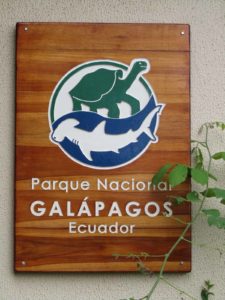
During peak seasons (mid-June through early September, and mid-December through mid-January), it is particularly important to make your travel arrangements well in advance. Here’s a link to more specific info – Galapagos Weather Information.
Combining Galapagos with Other South American Travel
For North American or European visitors, it’s a long flight to the Galapagos. So many, if not most travelers, combine a visit to the Galapagos Islands with another nearby destination in South America. Ecuador is a lovely country to explore – offering Quito, the Andes highlands and the Amazon rainforest. Or you could include a trip to fascinating Peru – touring Lima, Cusco & Machu Picchu. Gosh – two bucket lists in one trip!
Good Travel Resource Websites:
Good Overall Website – GalapagosIslands.com / Galapagos Travel Center – an experienced Galapagos-focused travel agency with offices in Quito & Florida.
Article: 10 Tips on How to Travel to the Galapagos Islands
Web Page: Planning A Trip to the Galapagos – from Galapagos Conservancy
Web Page: Galapagos Travel Regulations
Comments: Have you traveled to the Galapagos? How did you go & what was your experience? If not, have the Galapagos already been on your Bucket List? Is it now?

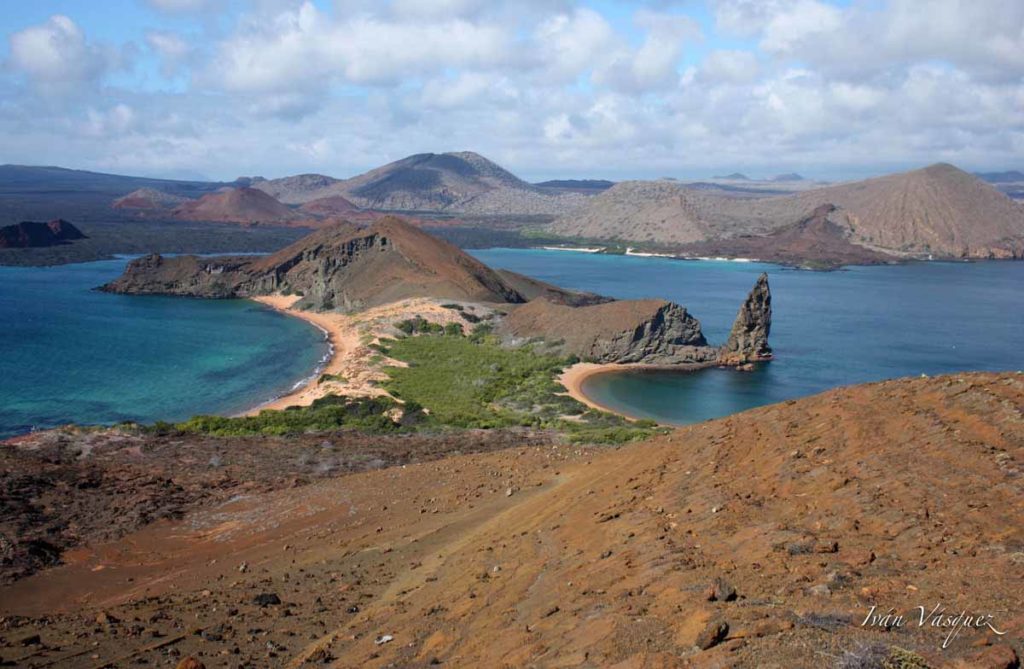
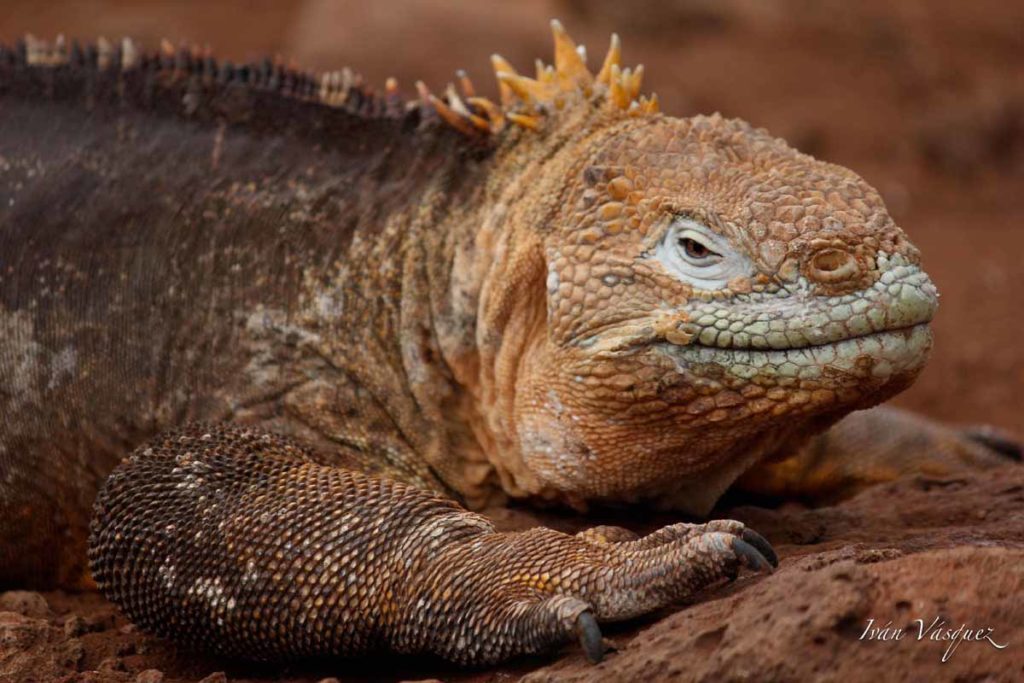
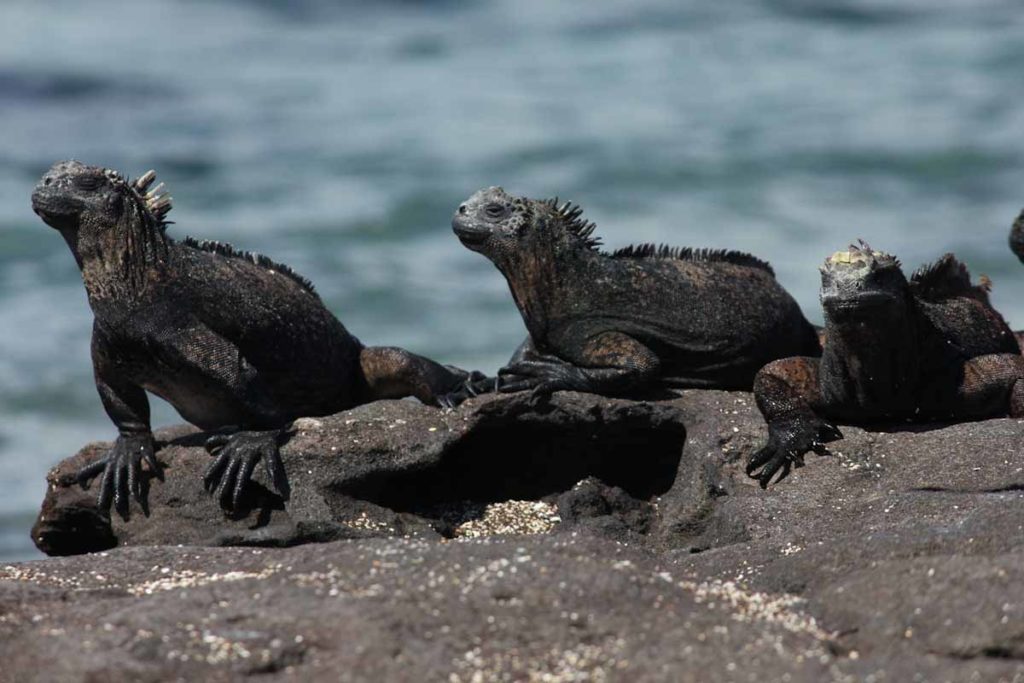
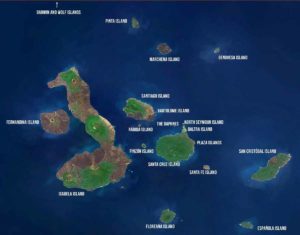
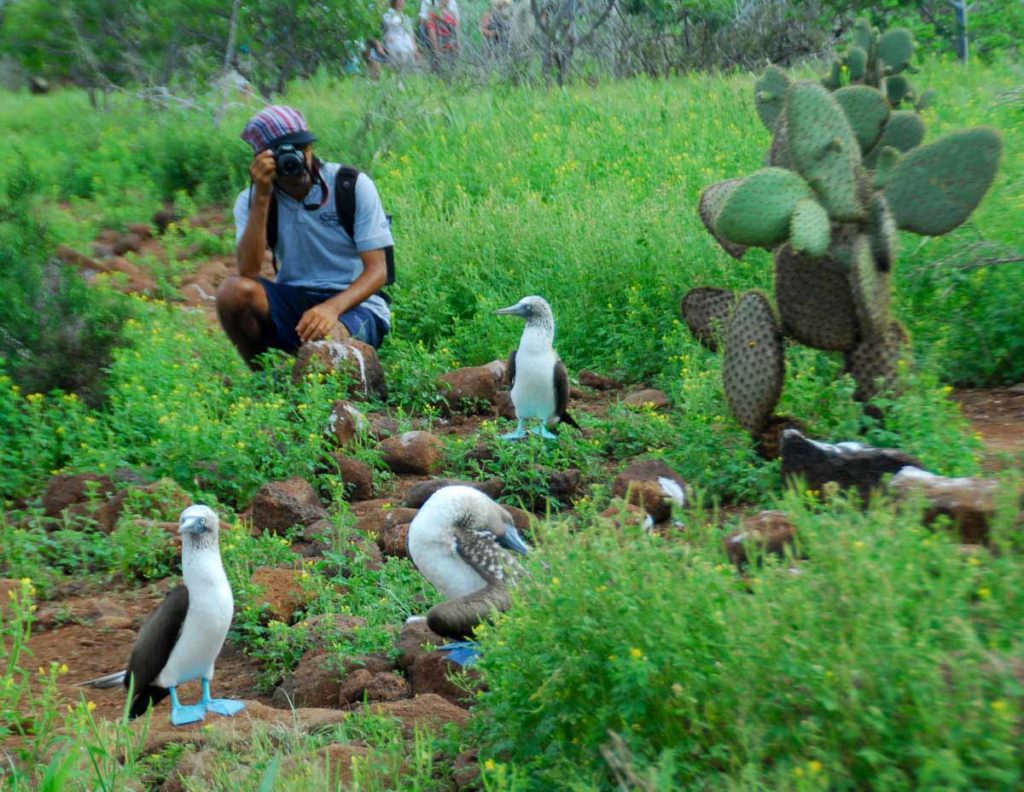
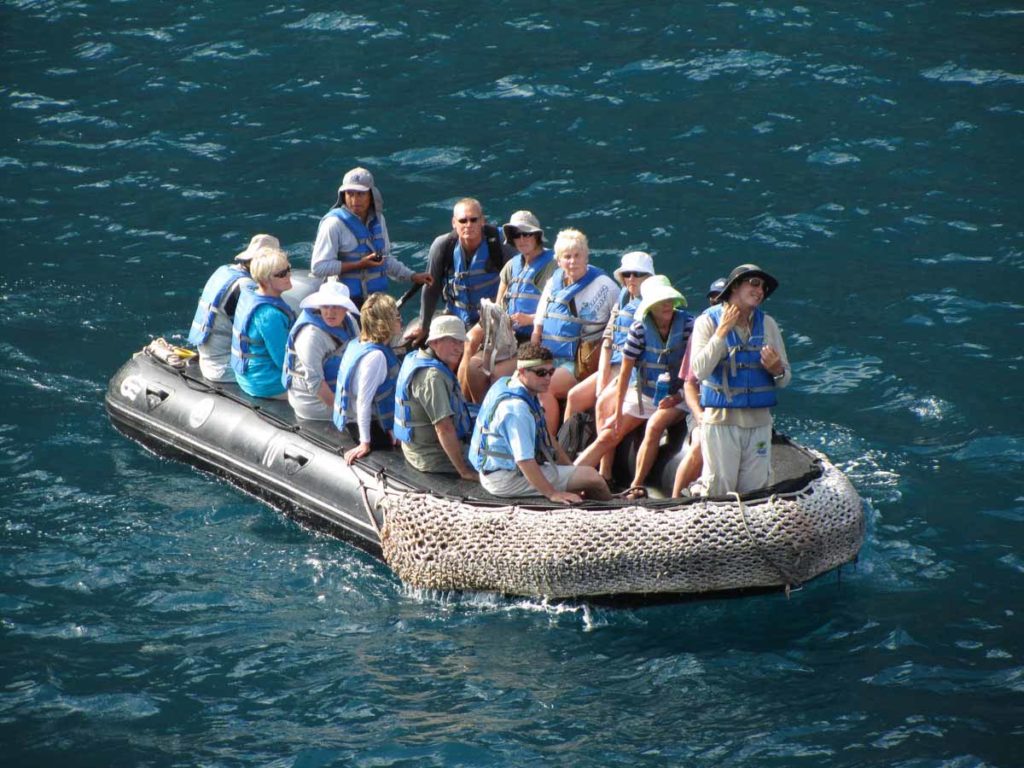
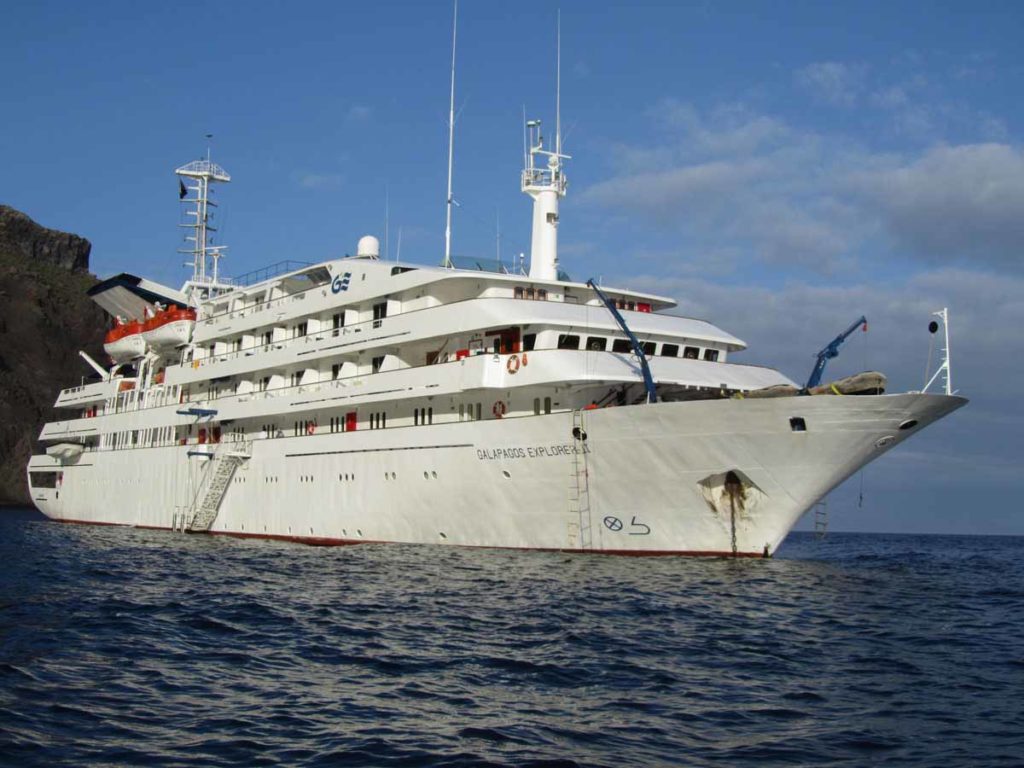
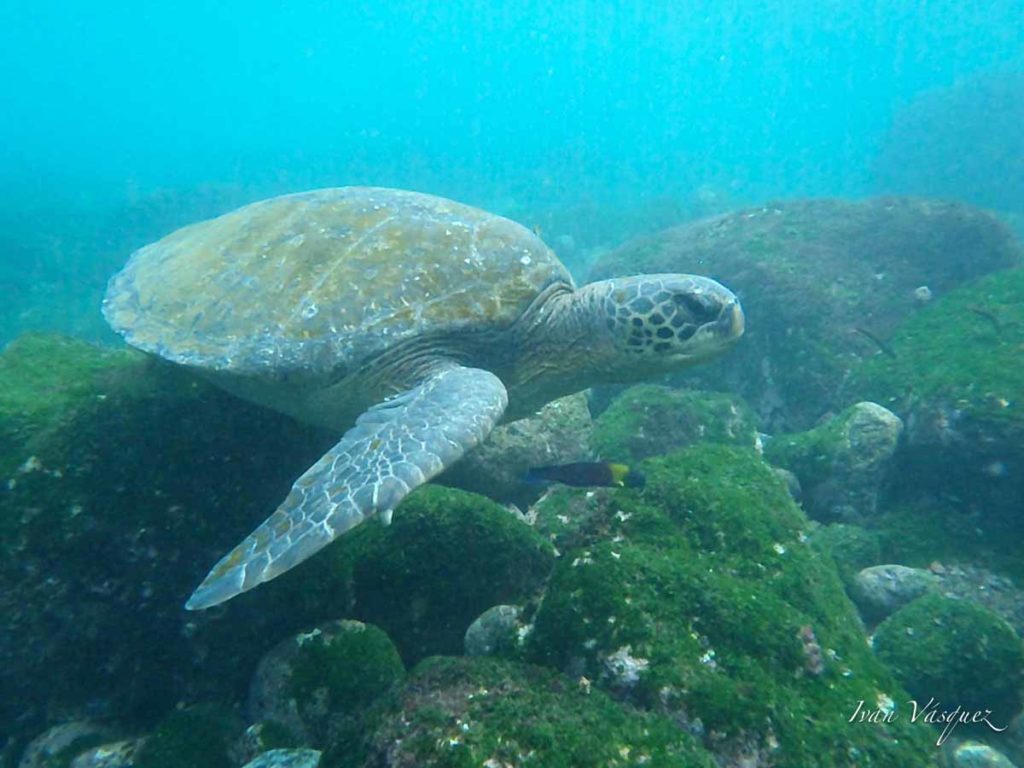
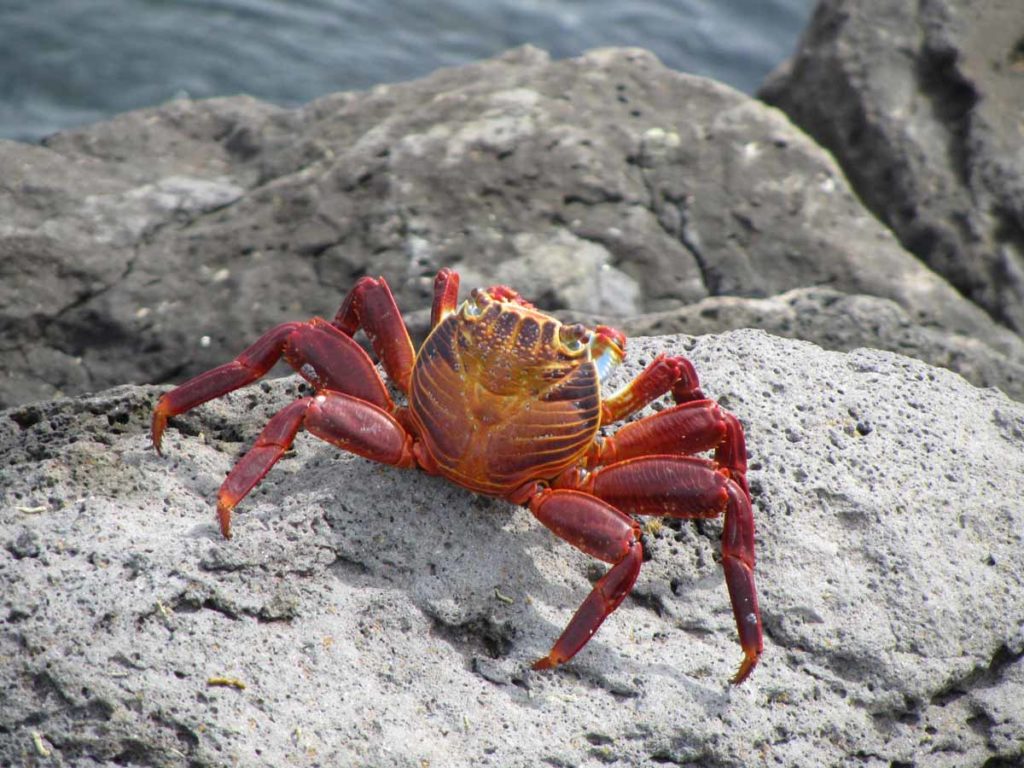
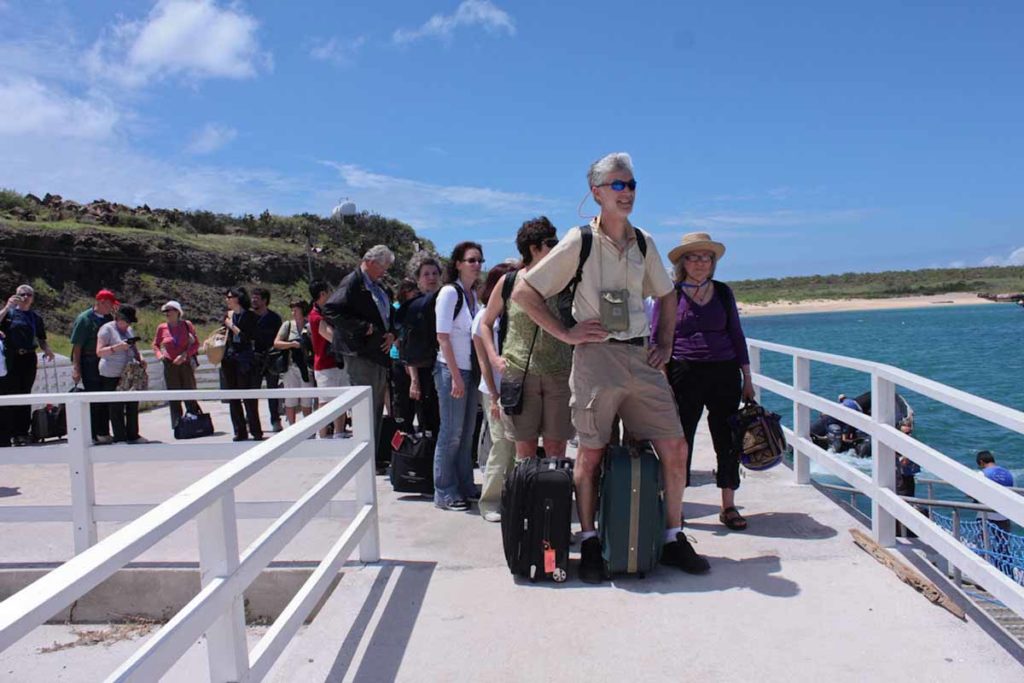
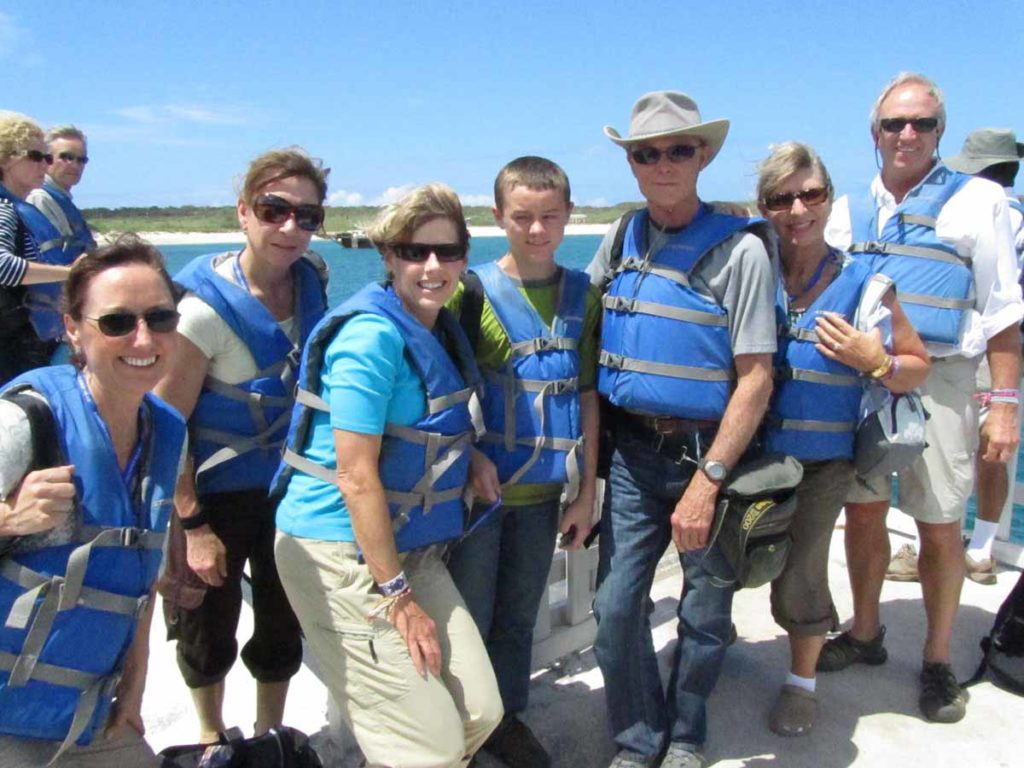
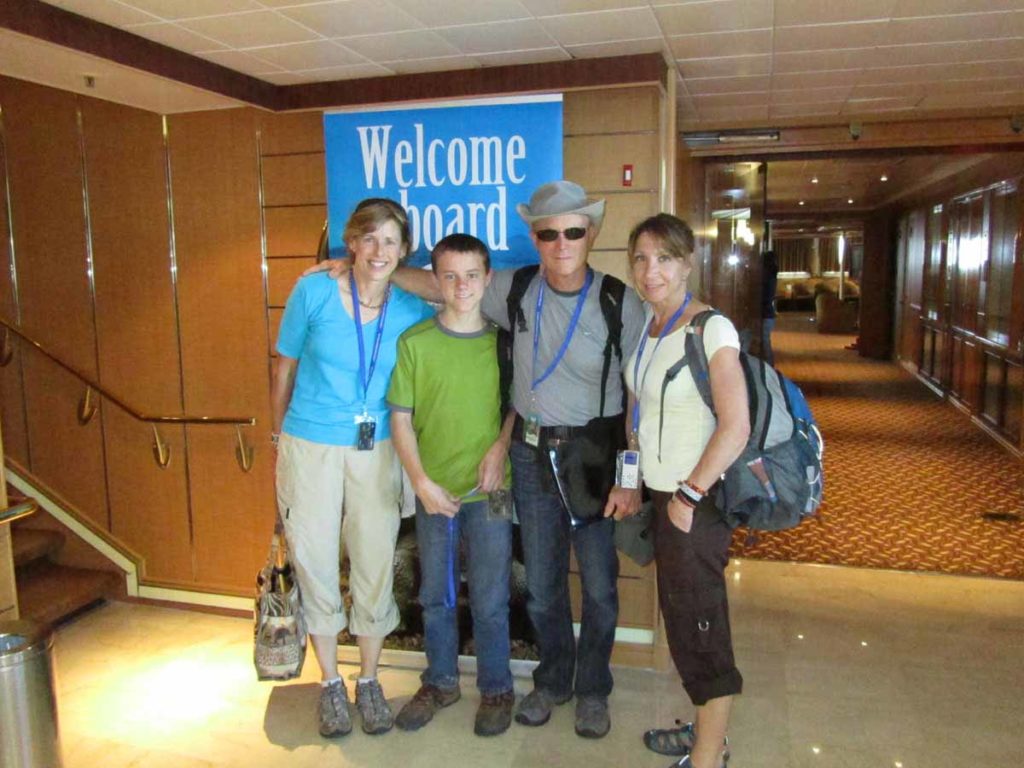
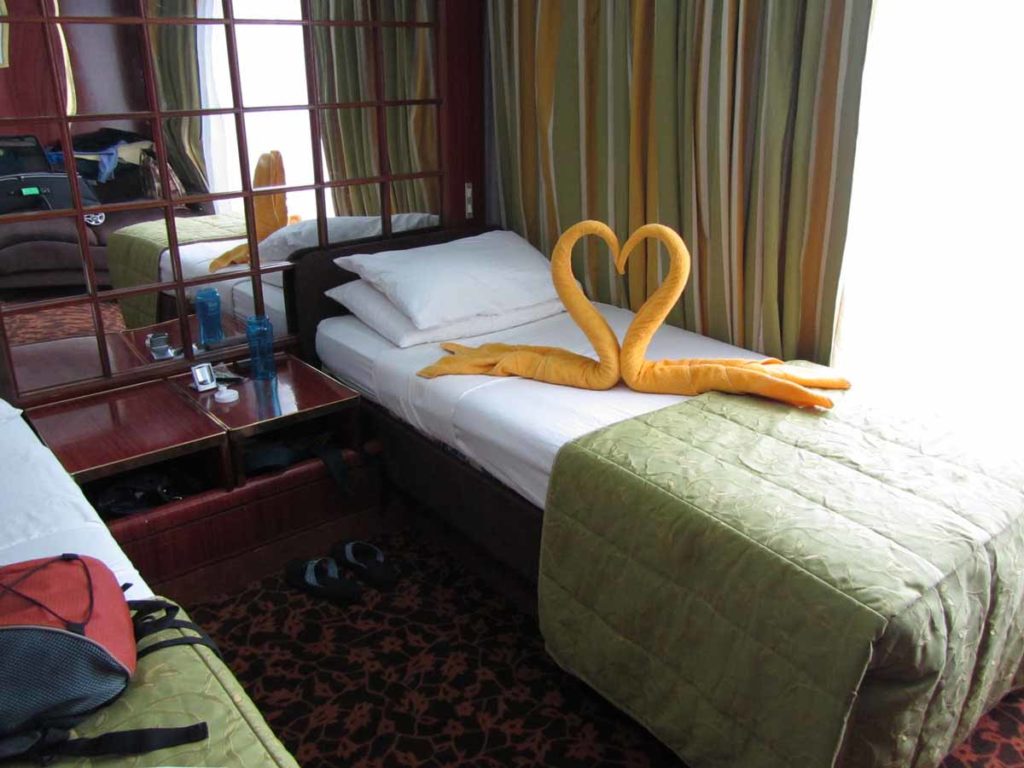
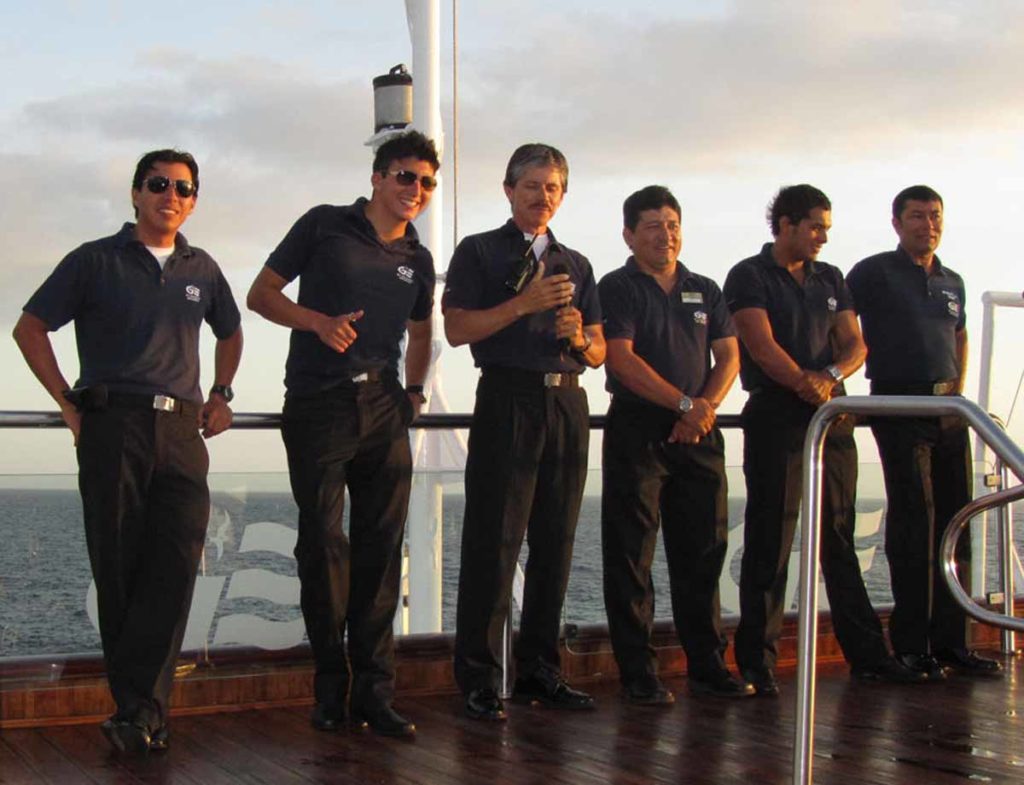
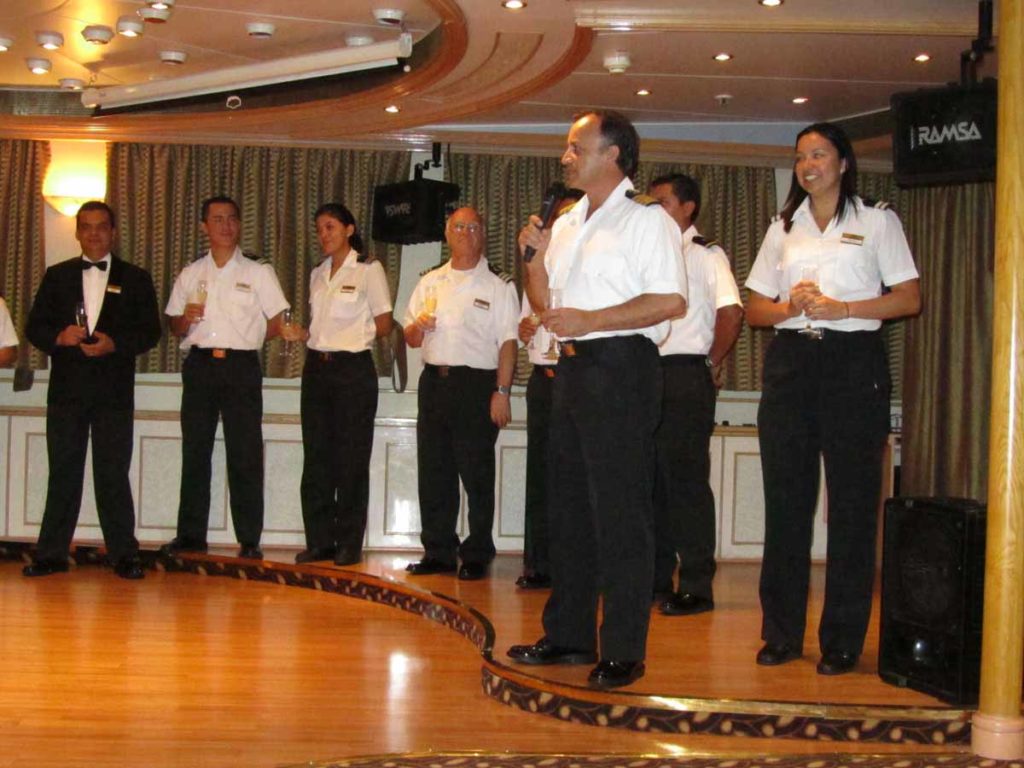
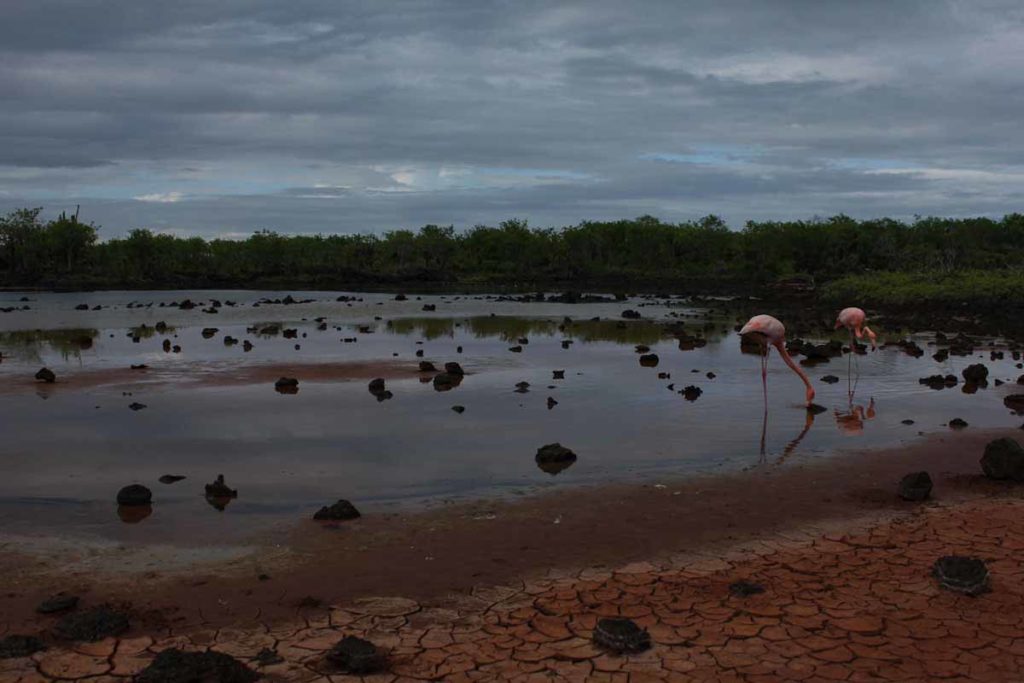
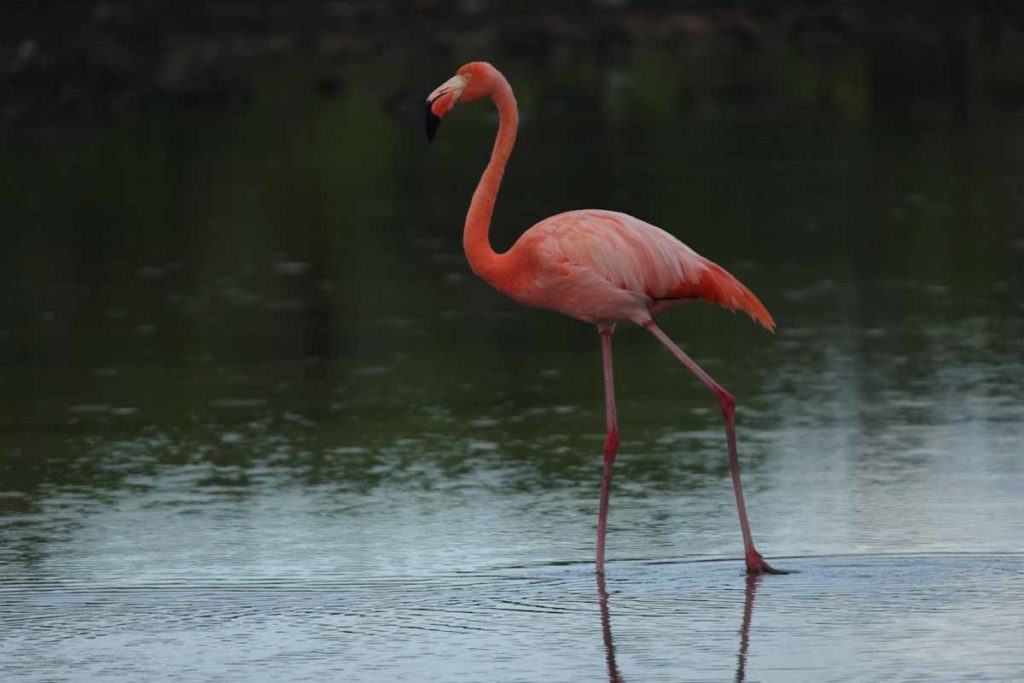
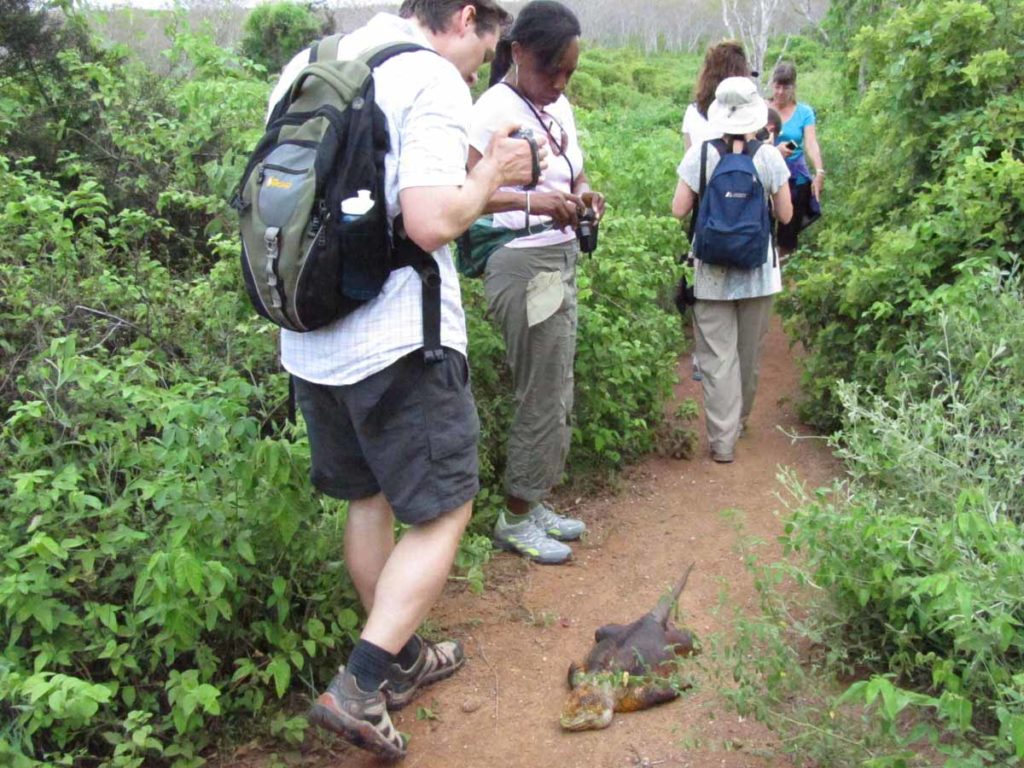
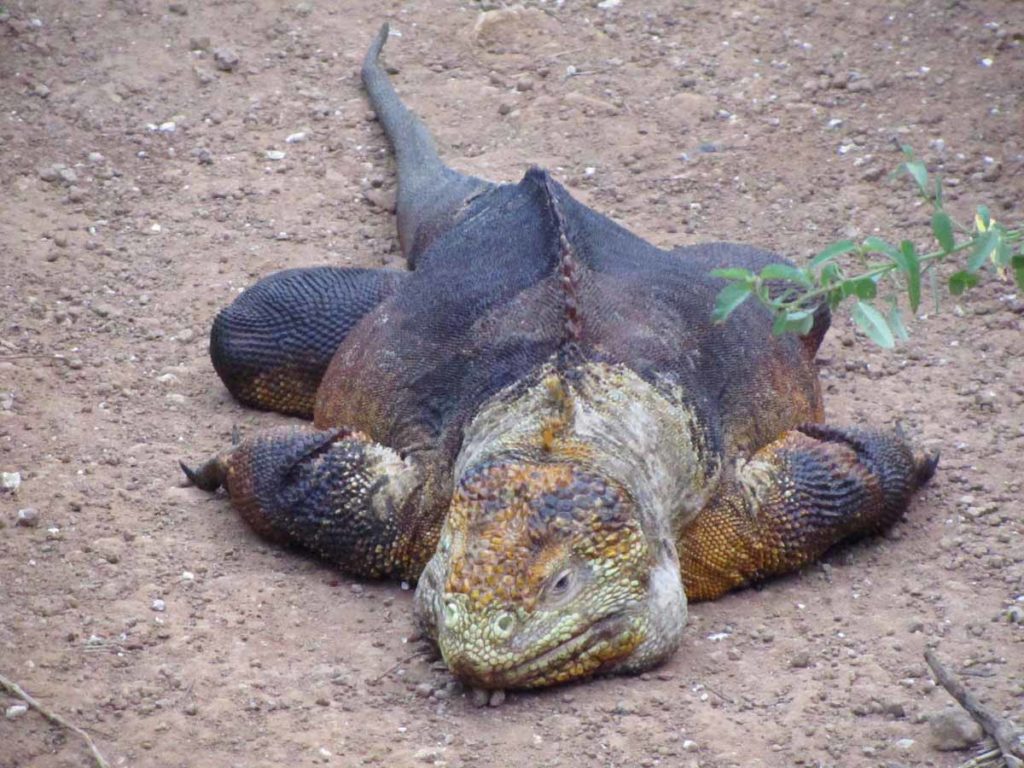
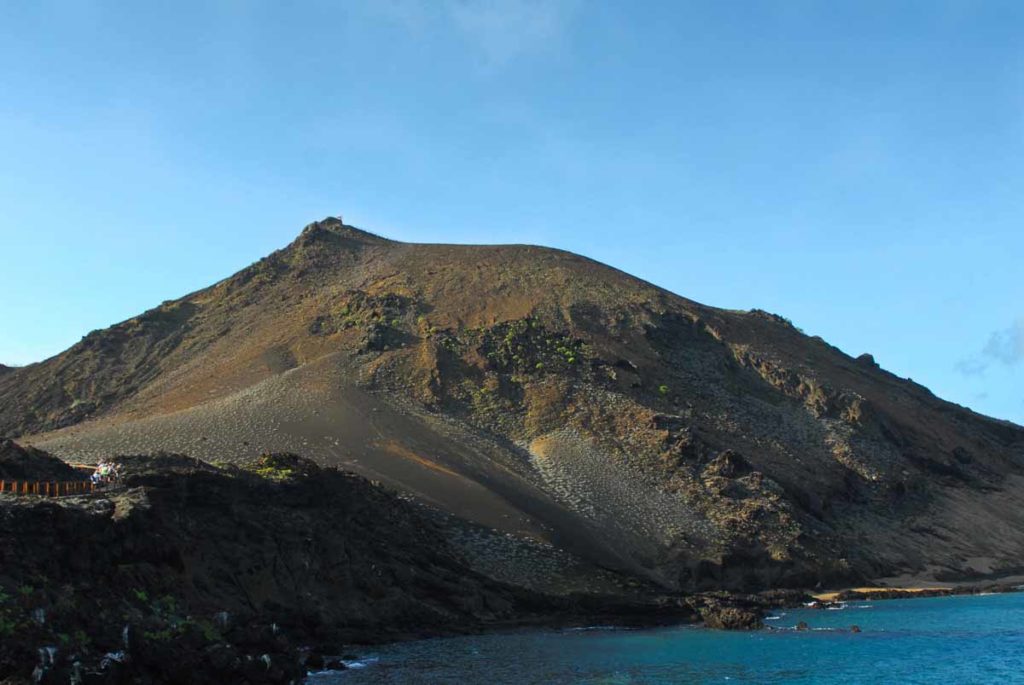
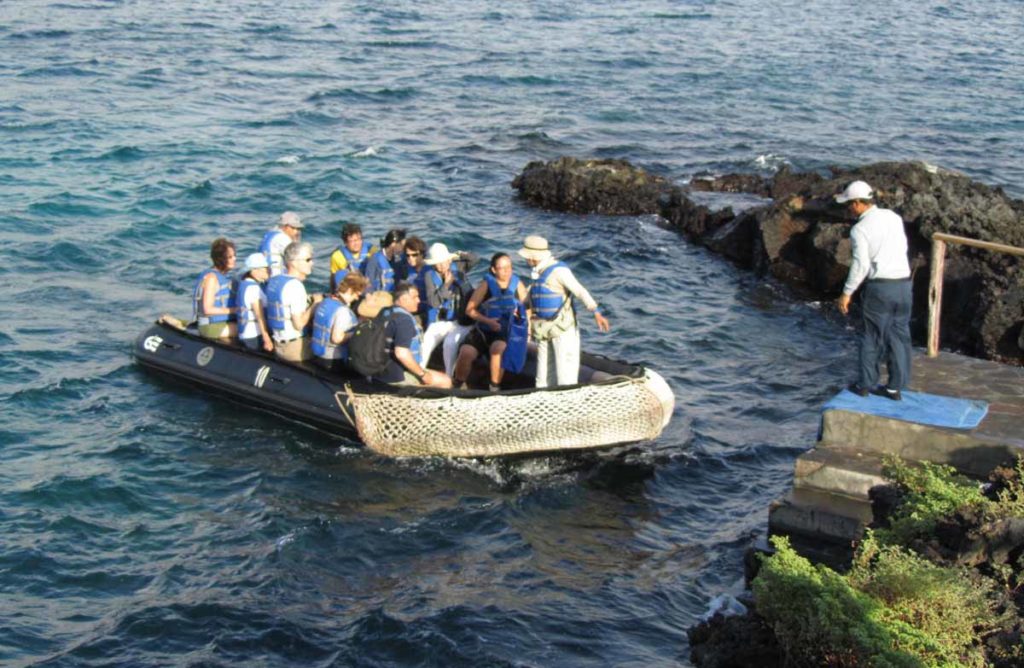
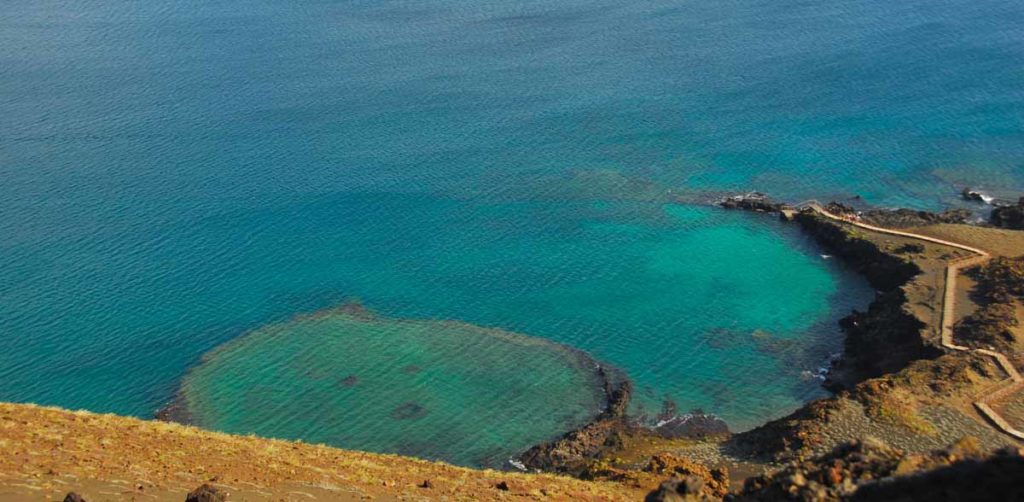
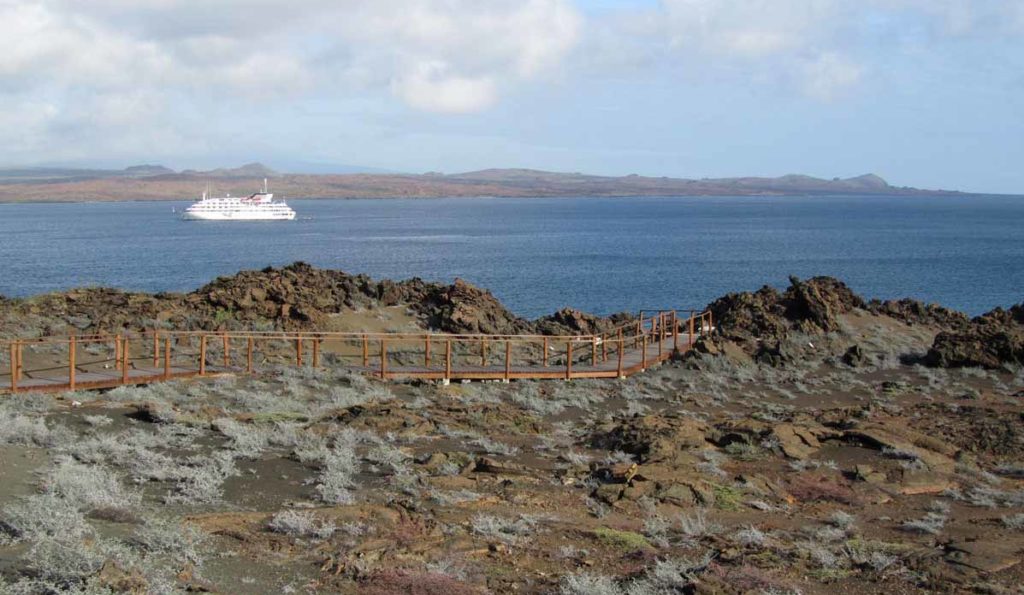
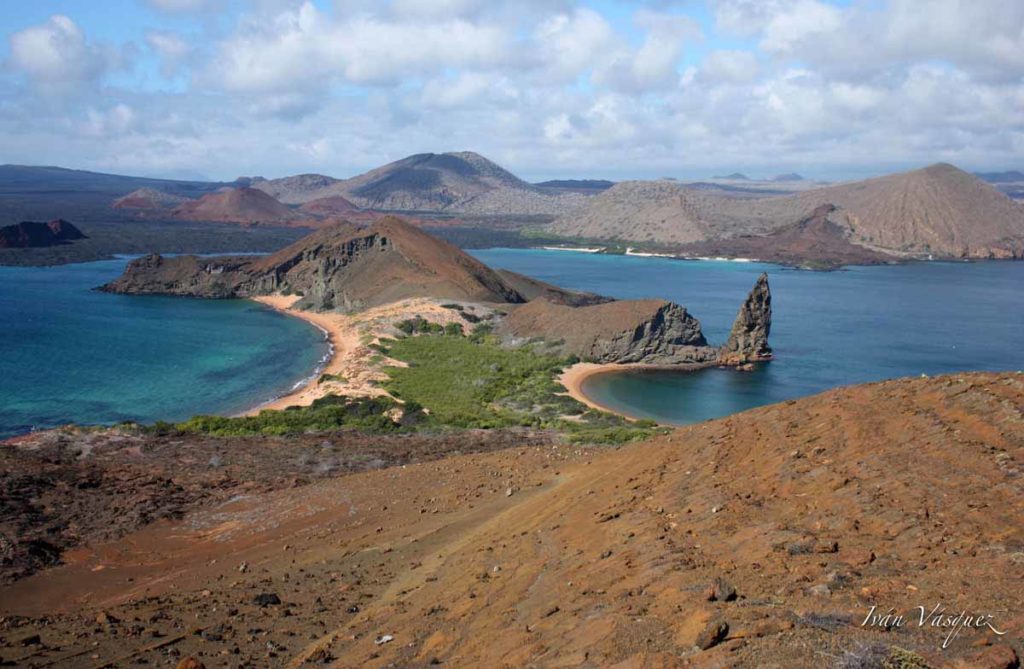
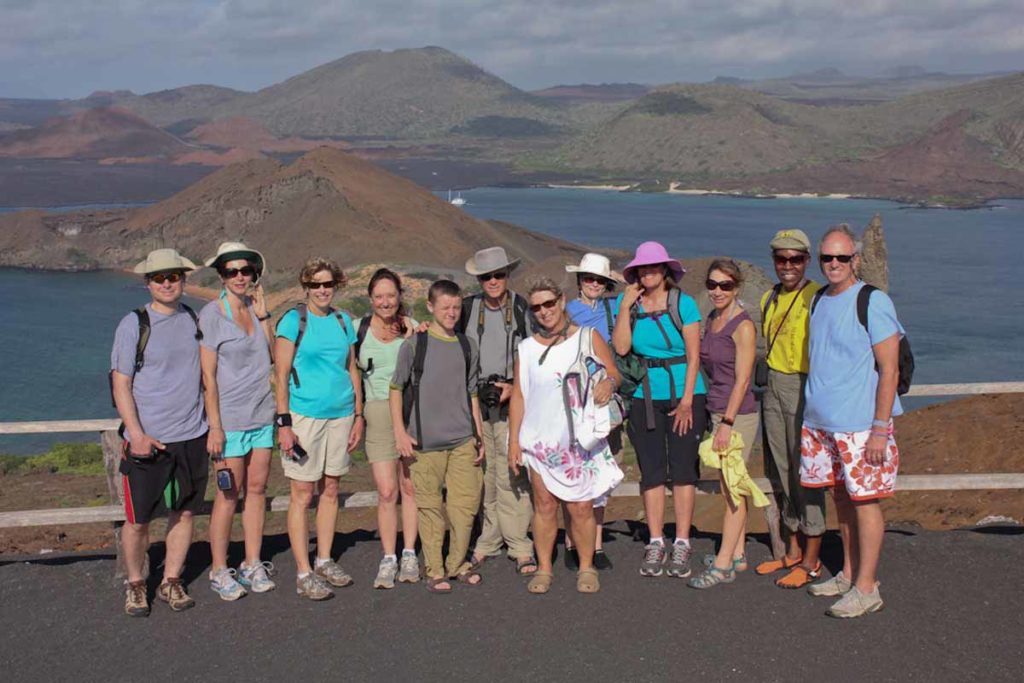
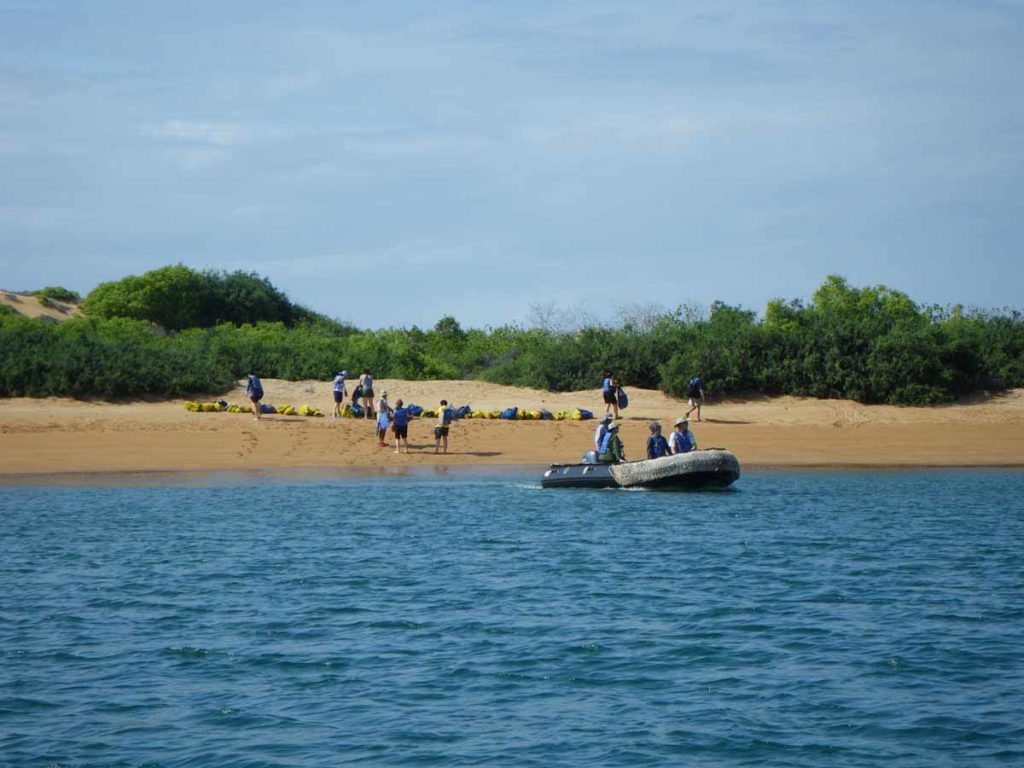
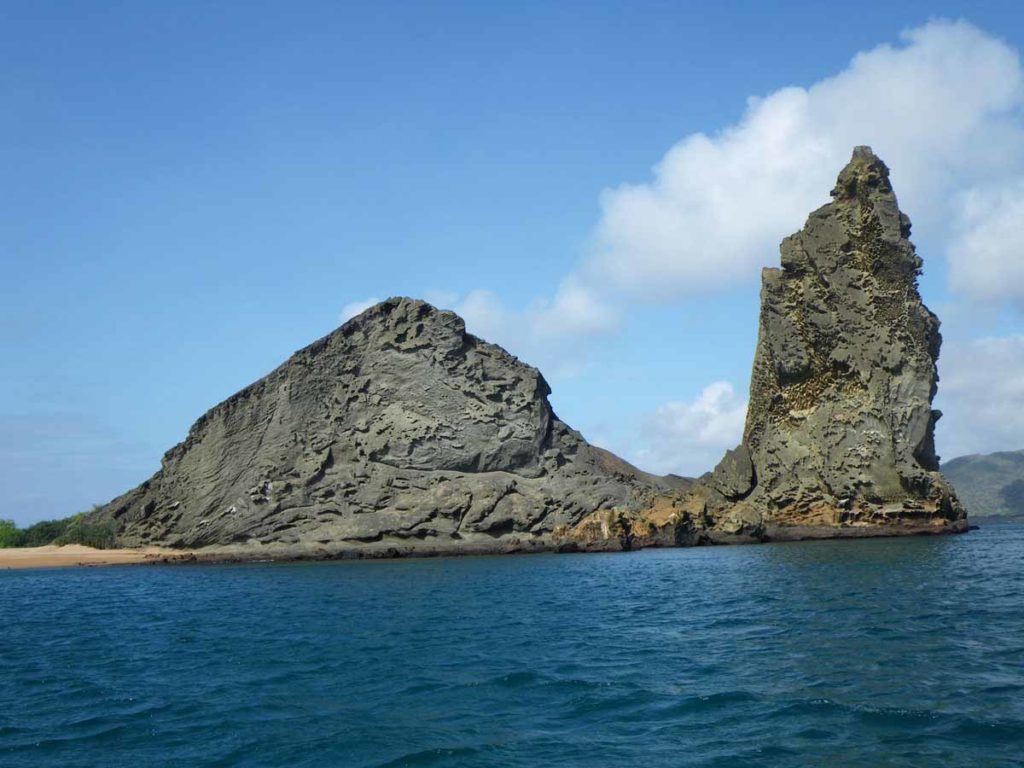
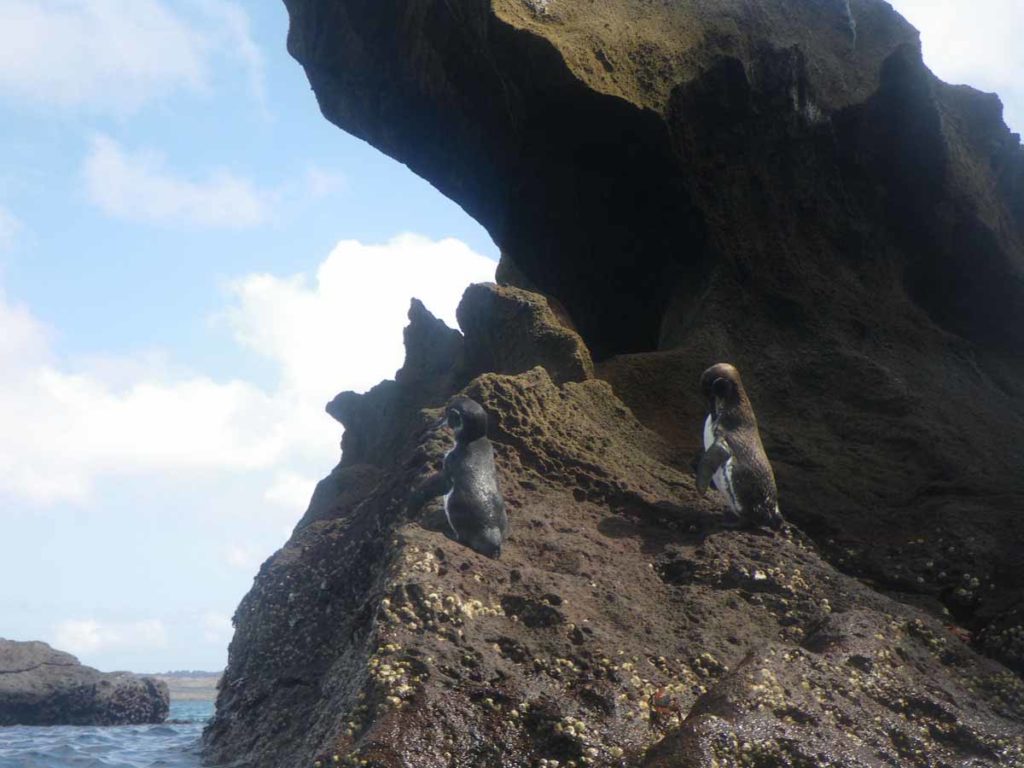
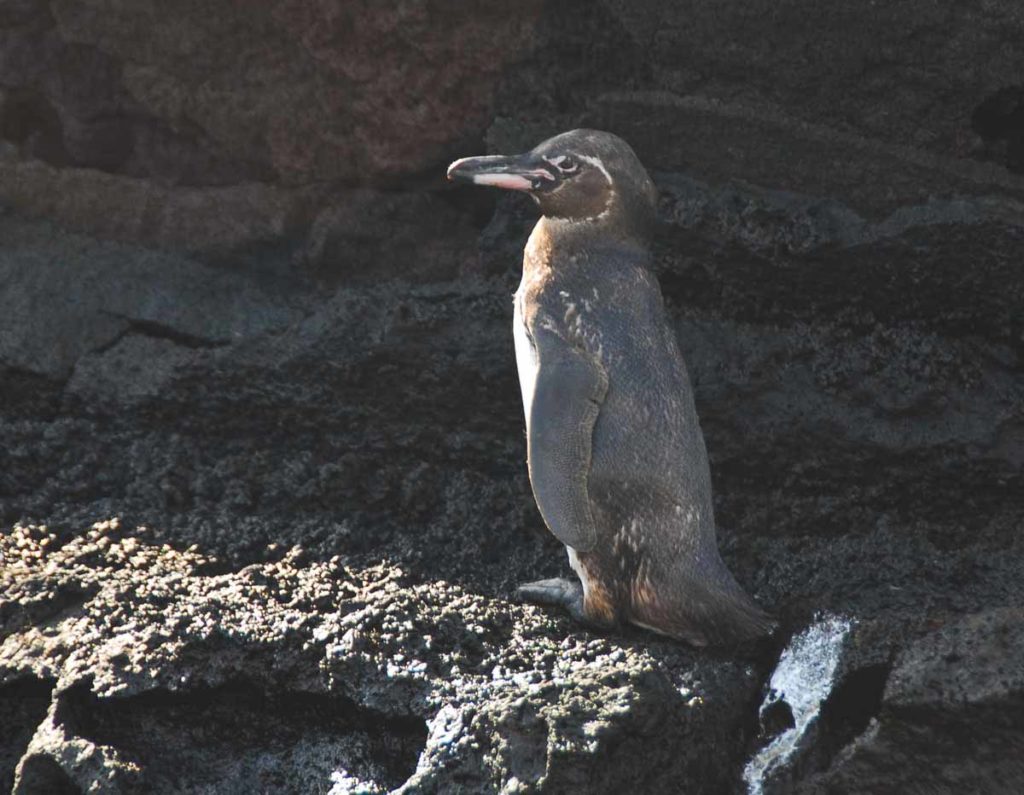
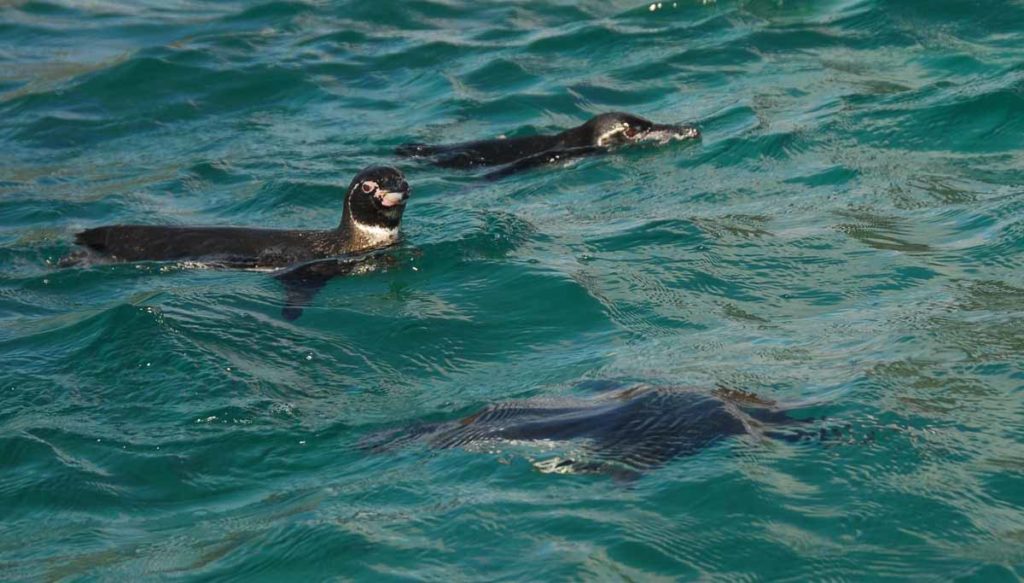
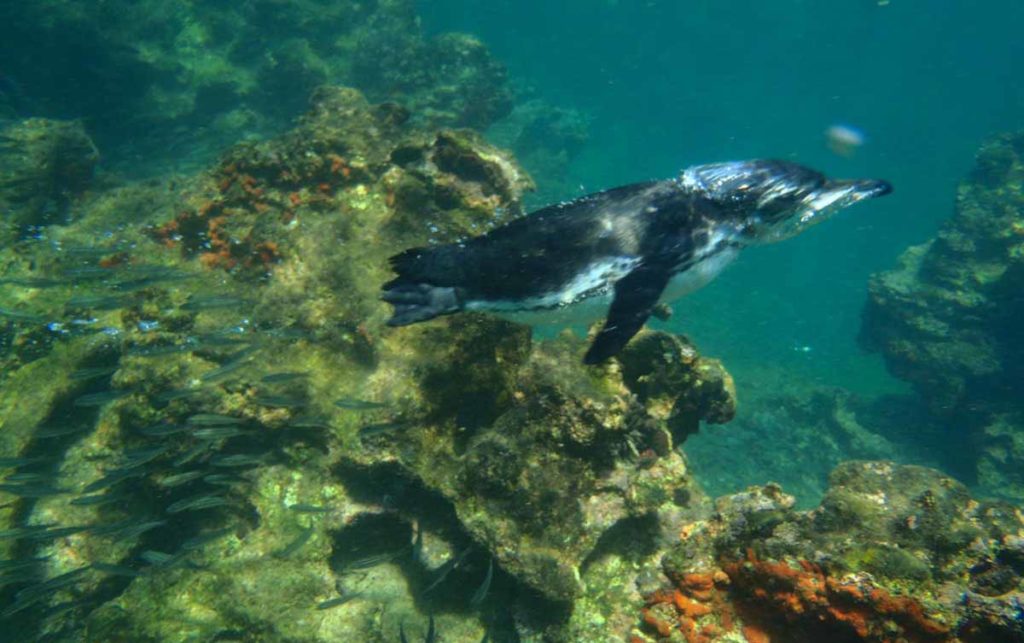
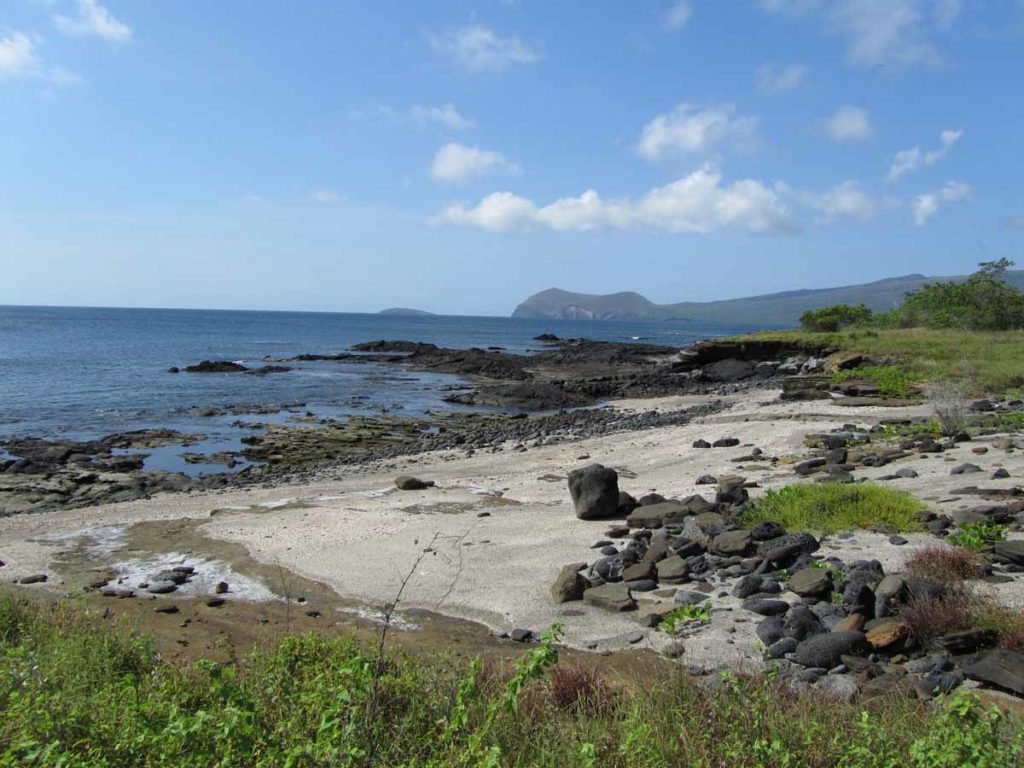
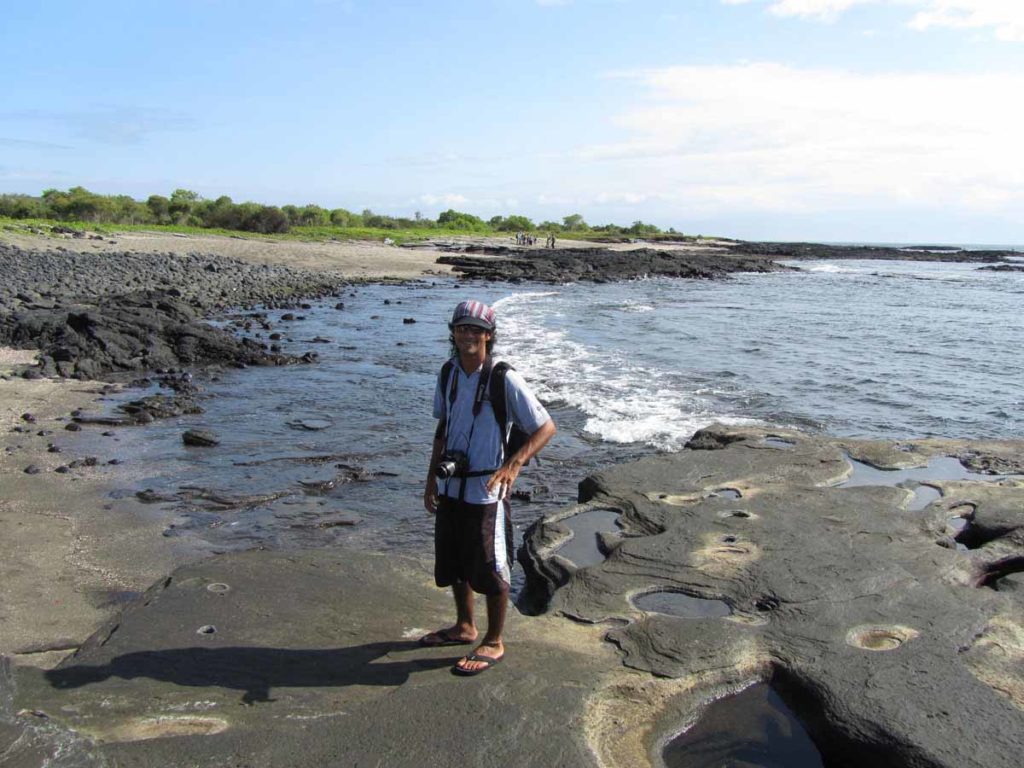
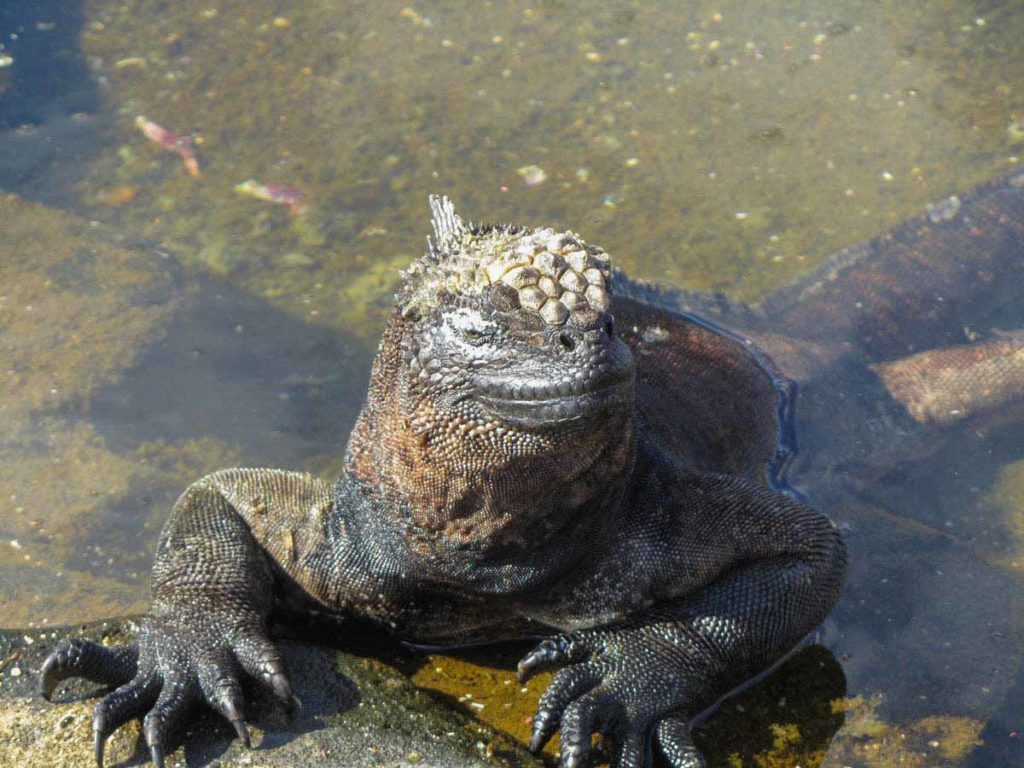
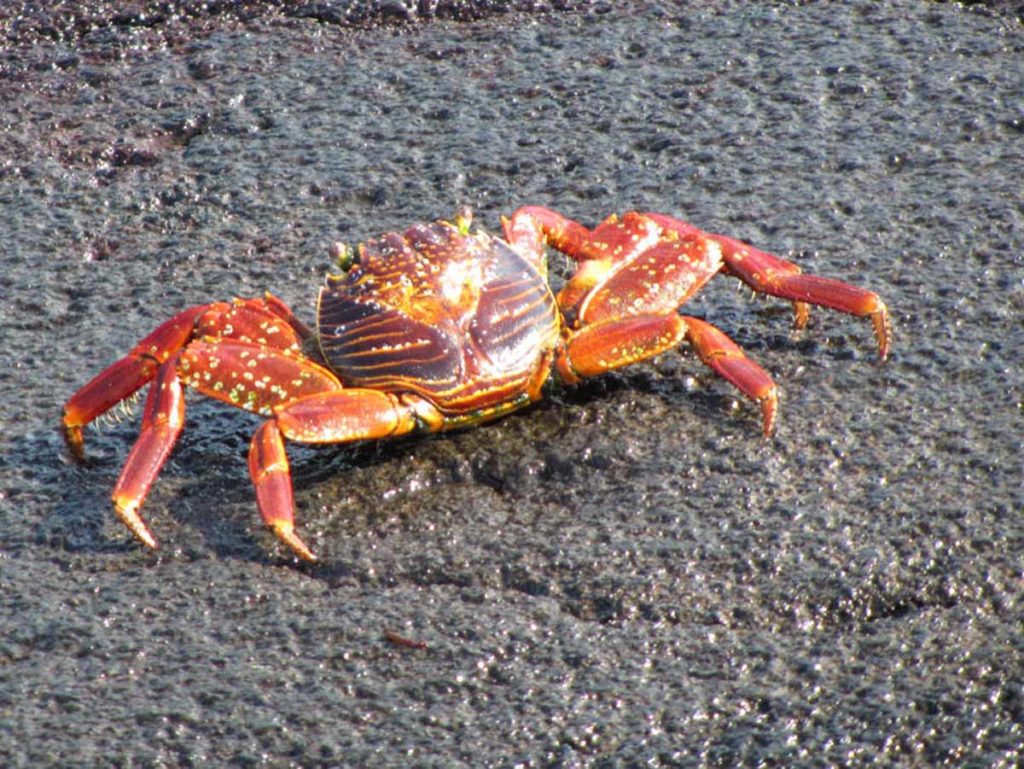
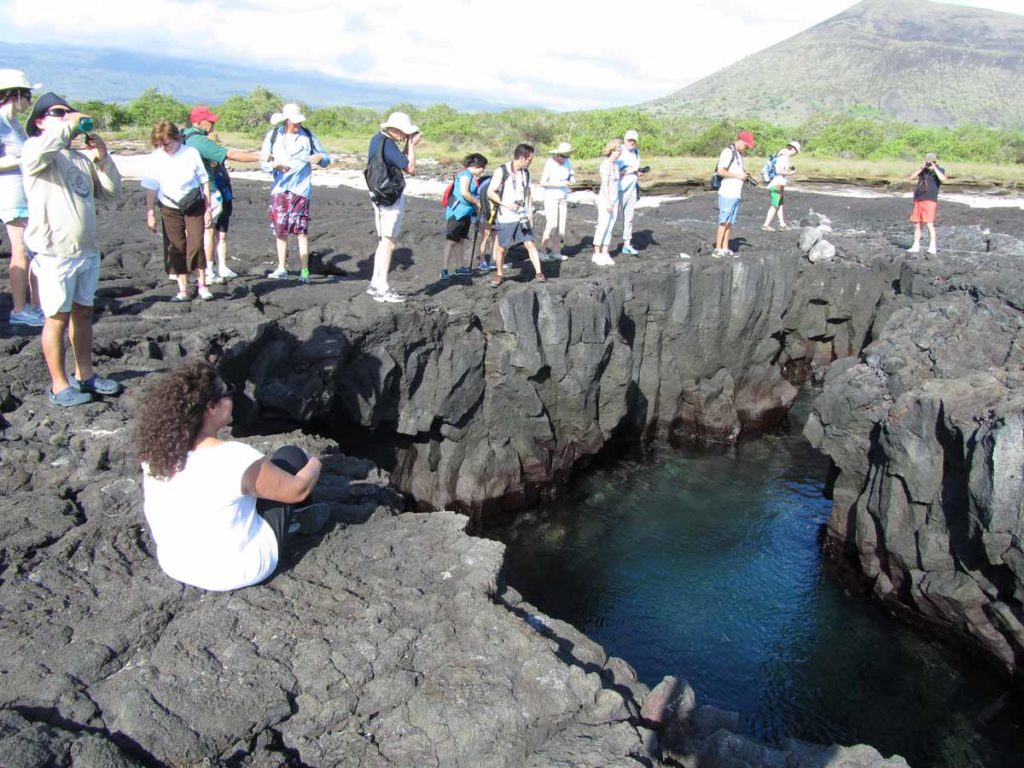
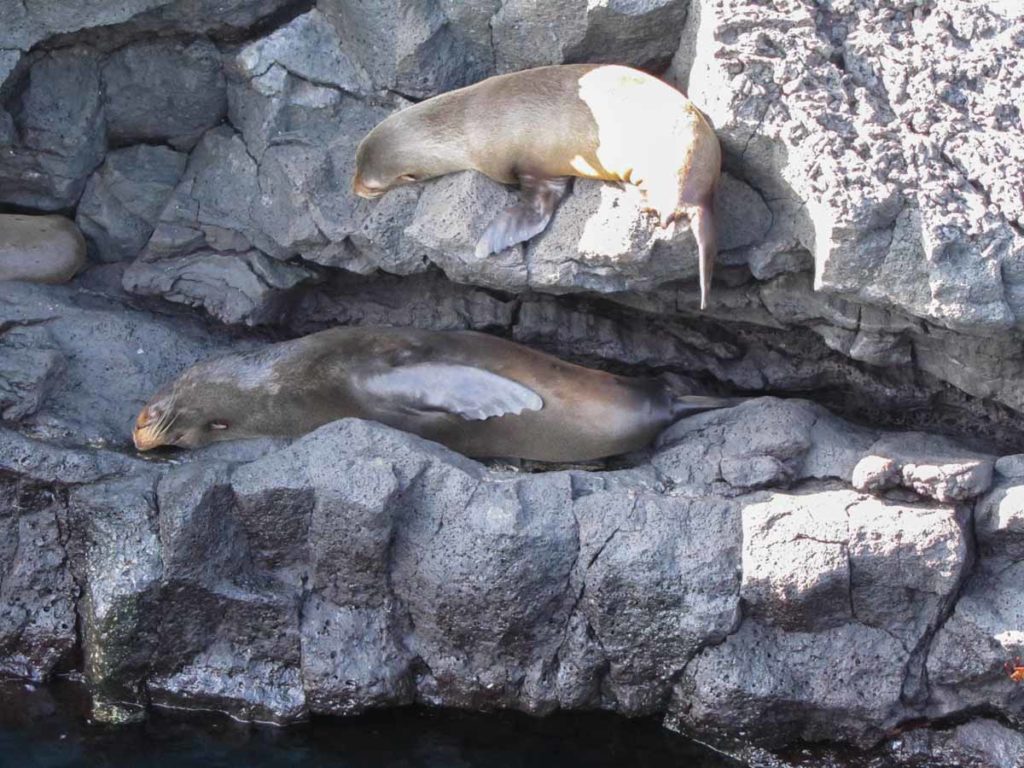
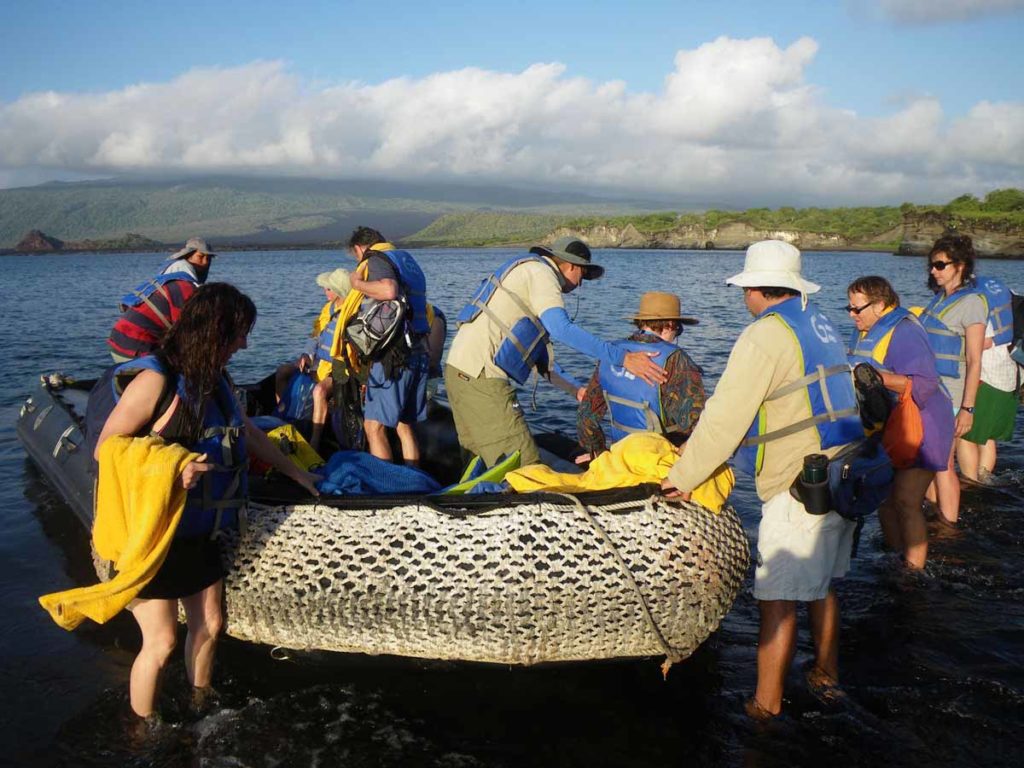
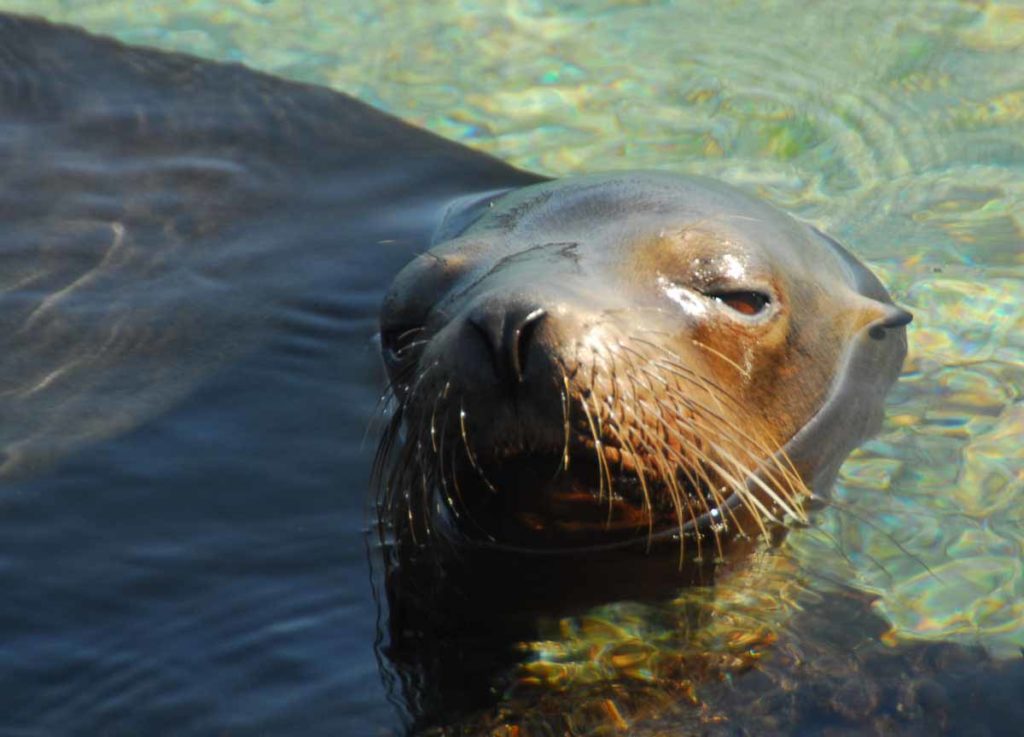
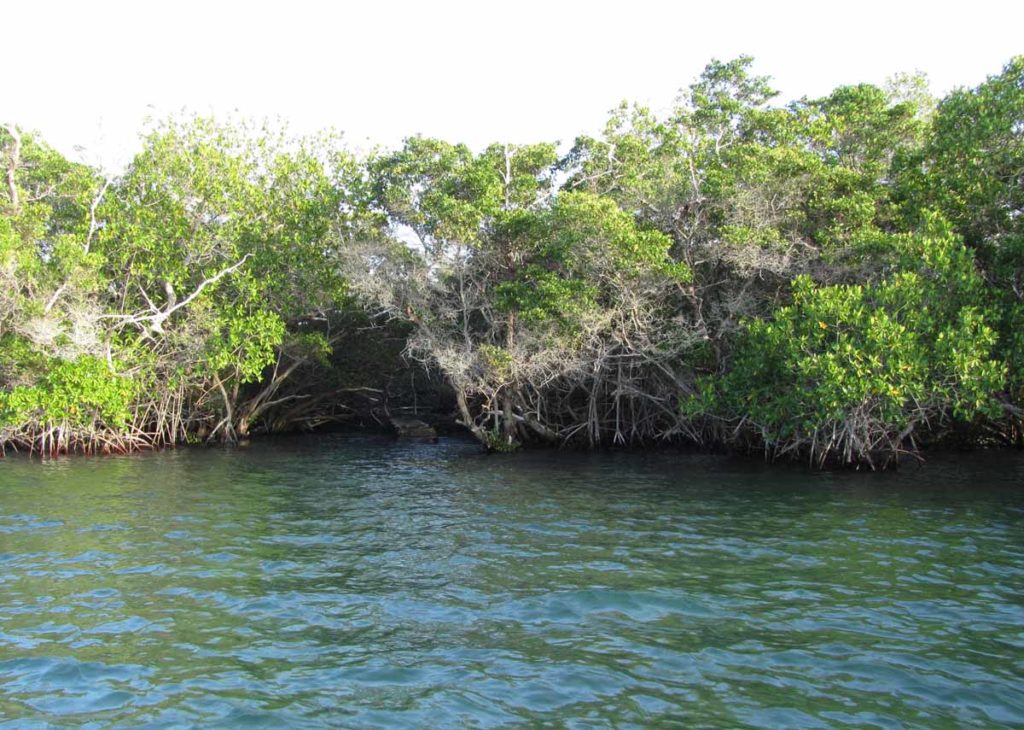
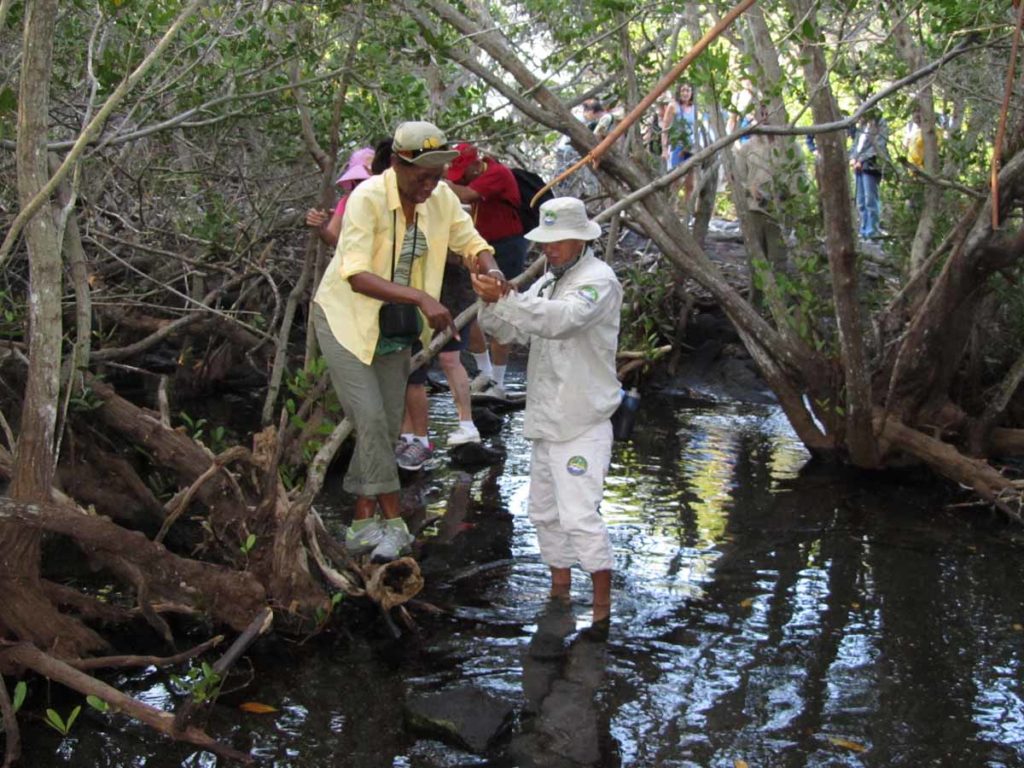
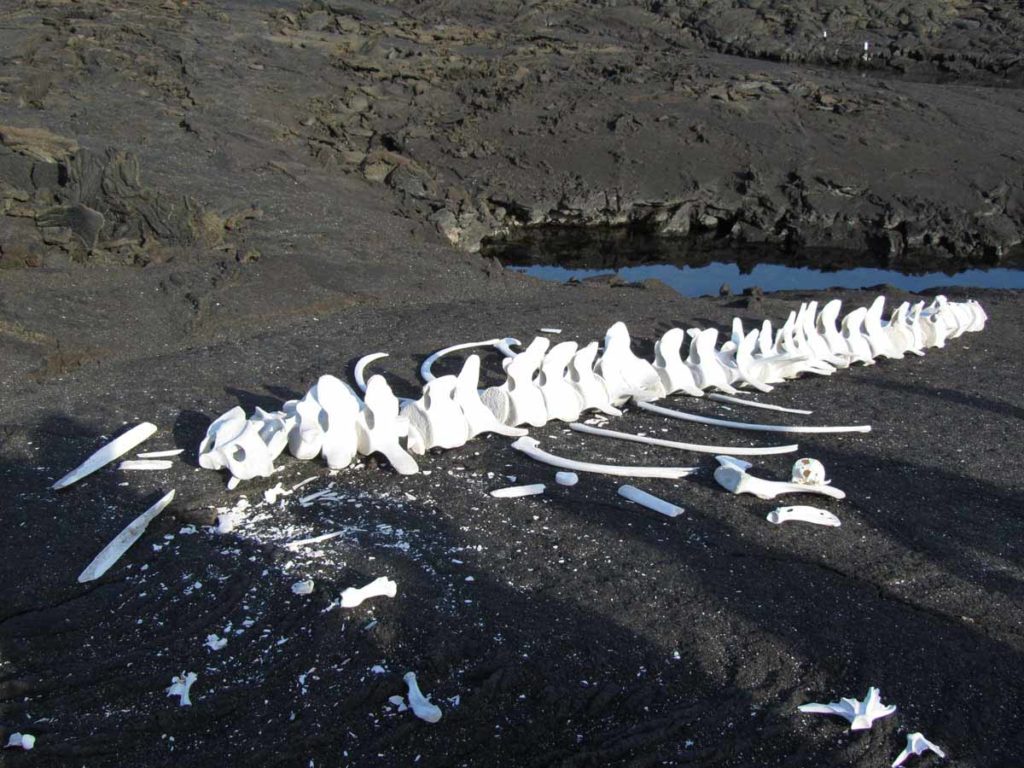
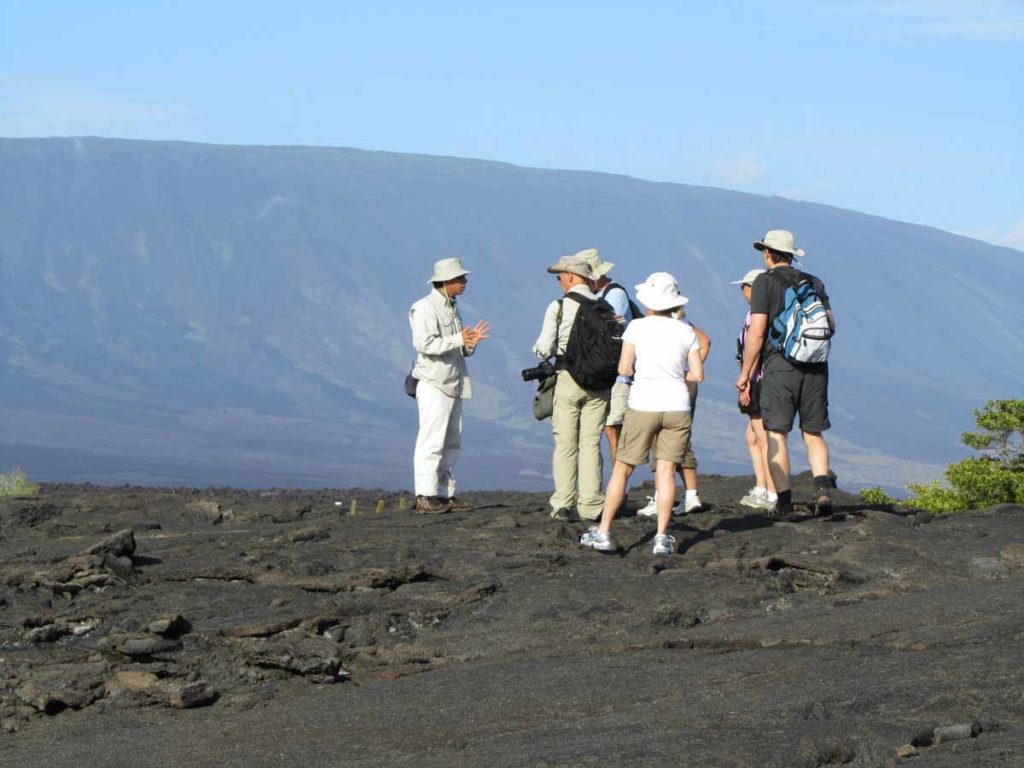
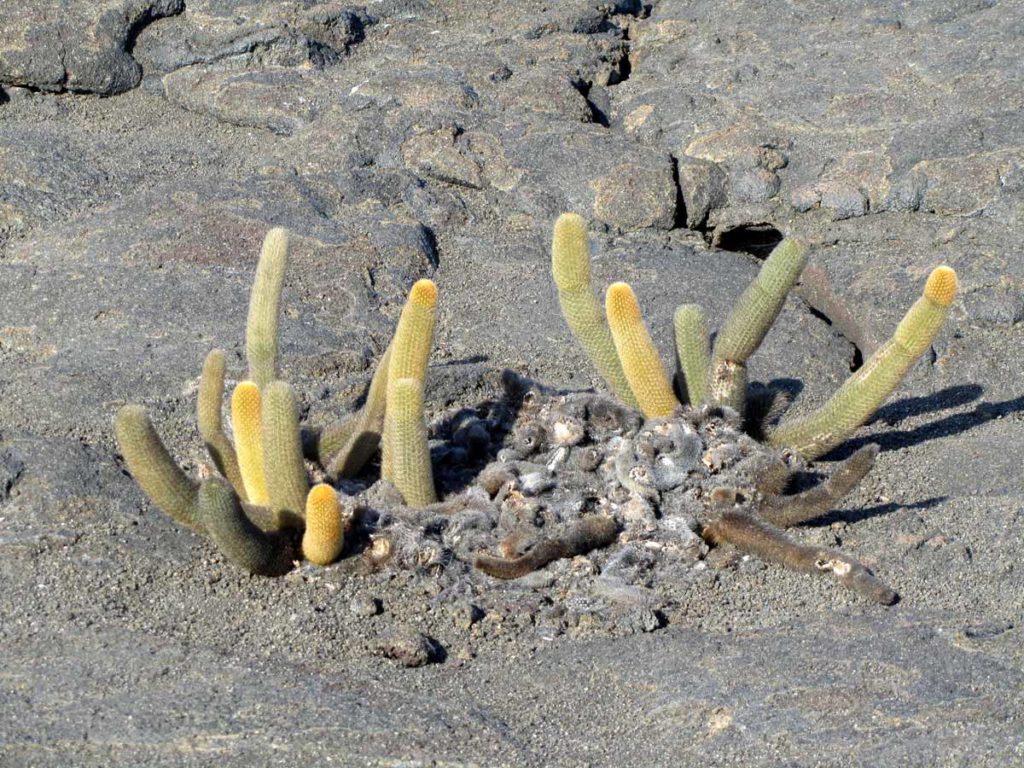
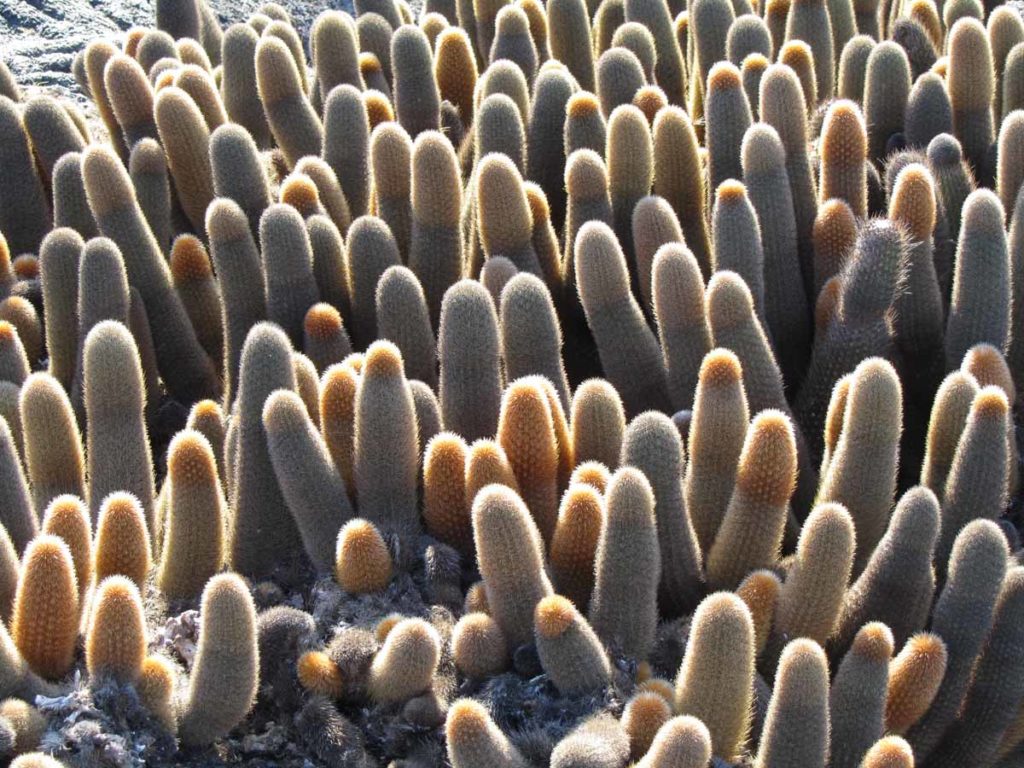
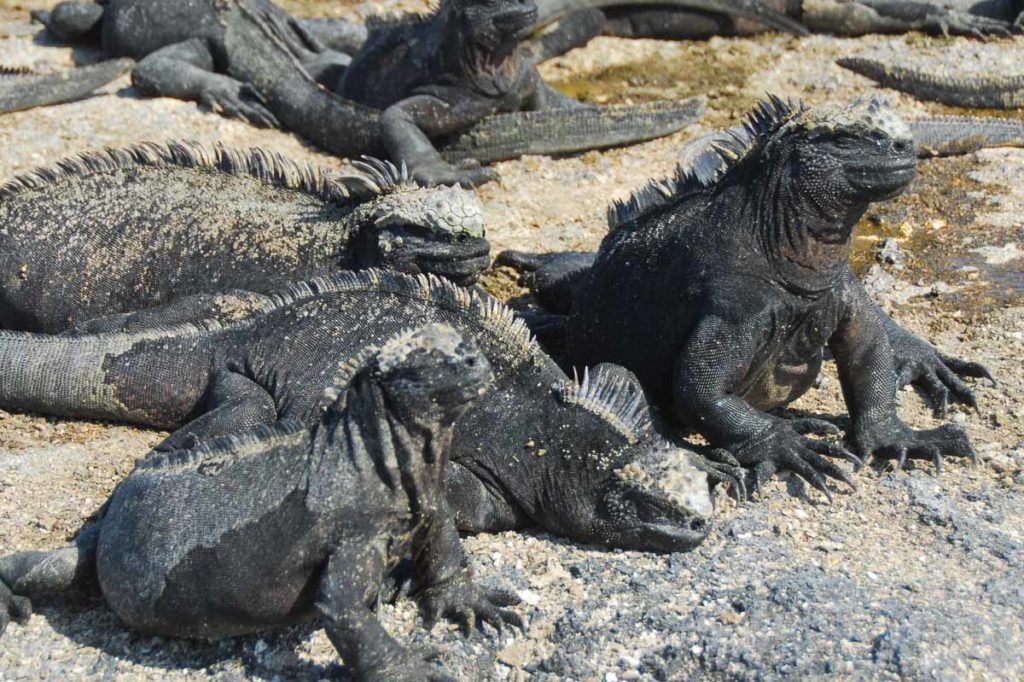
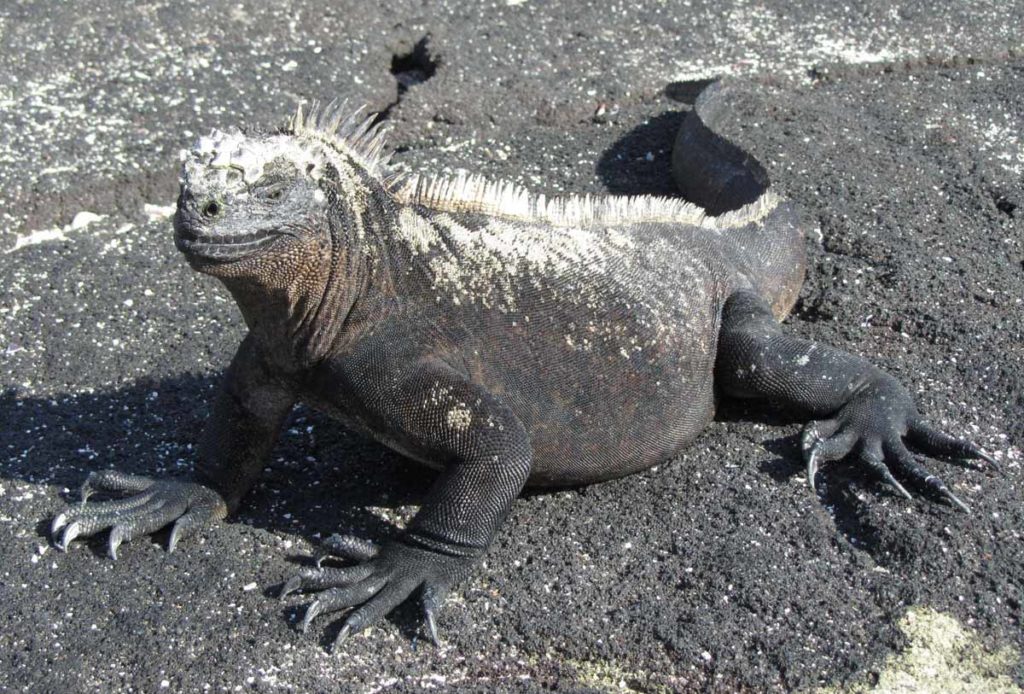
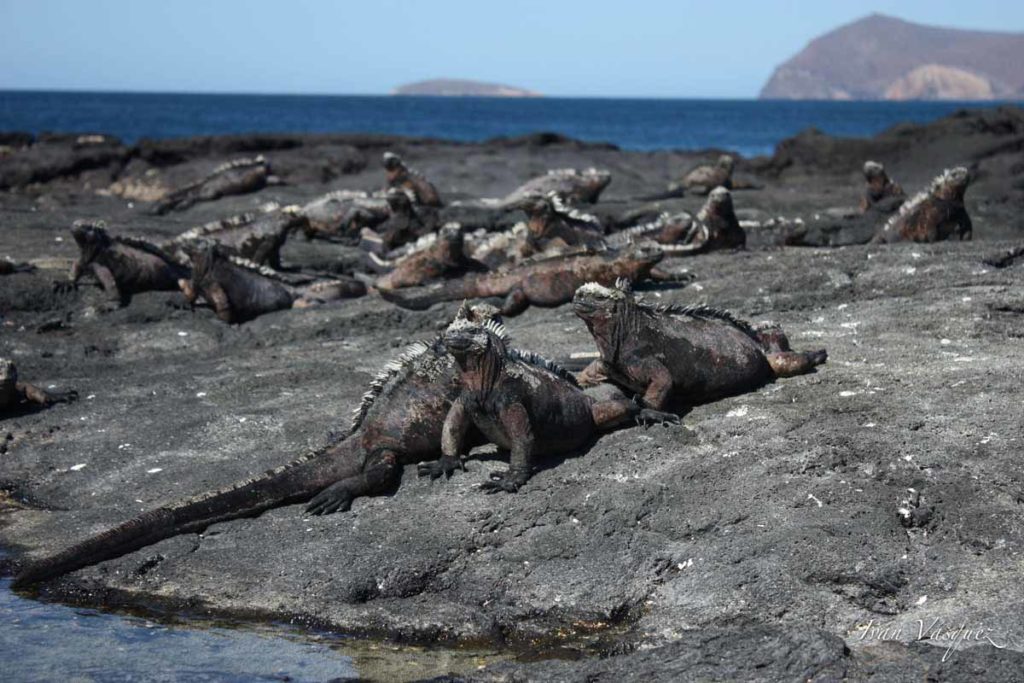
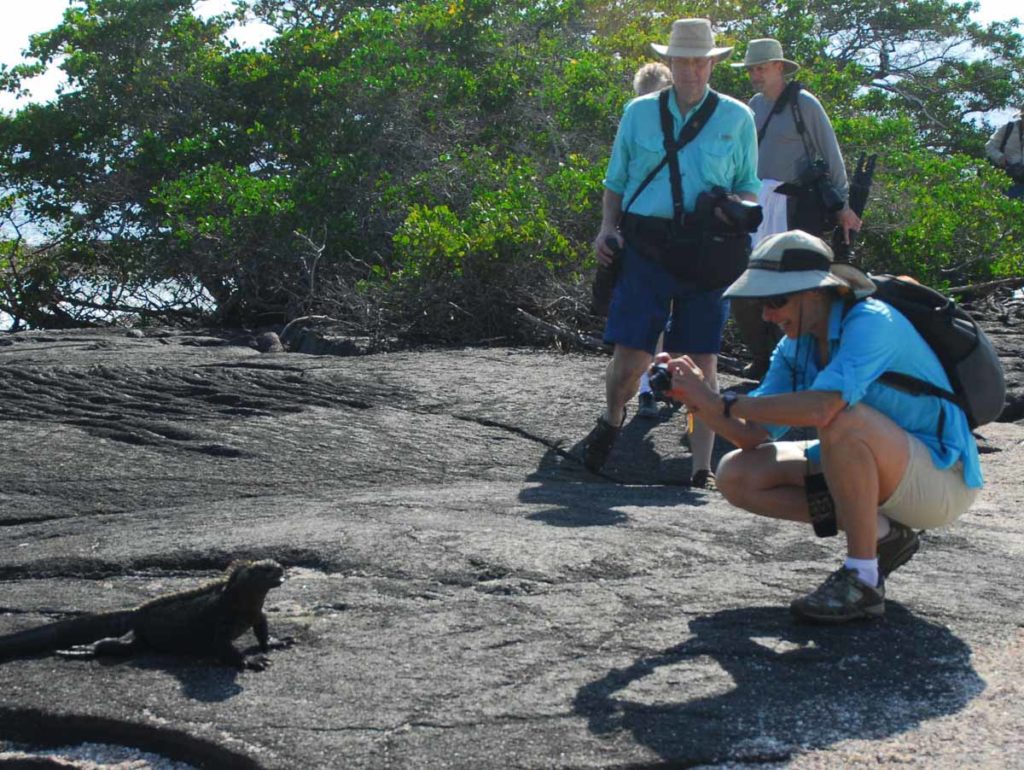
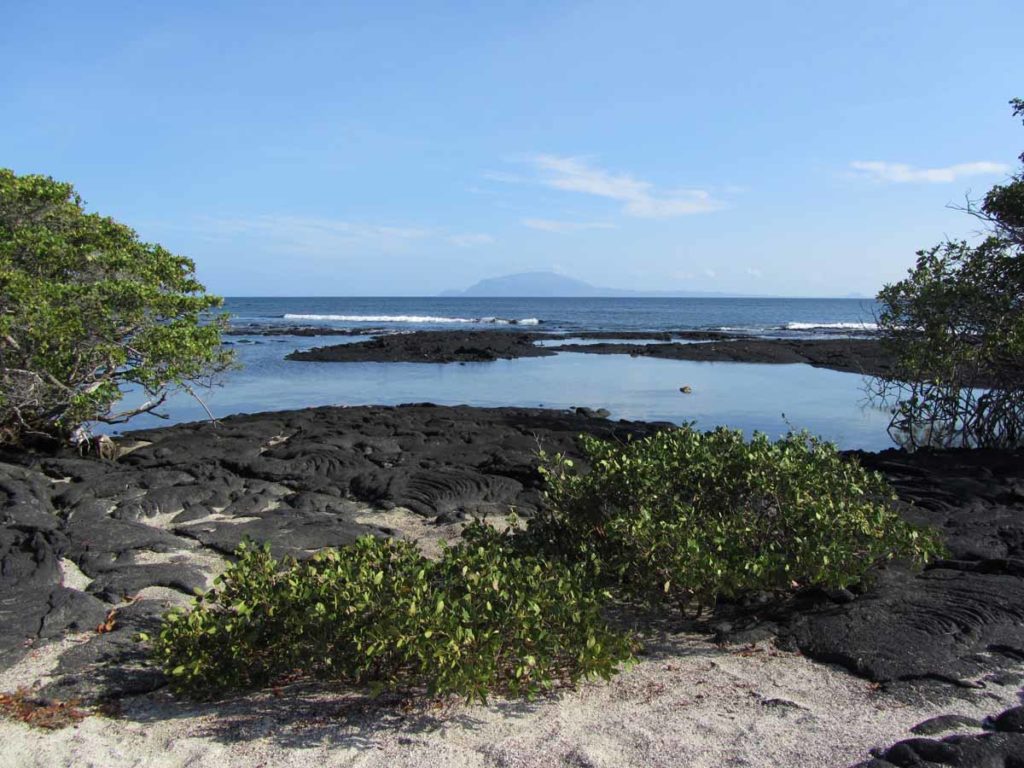
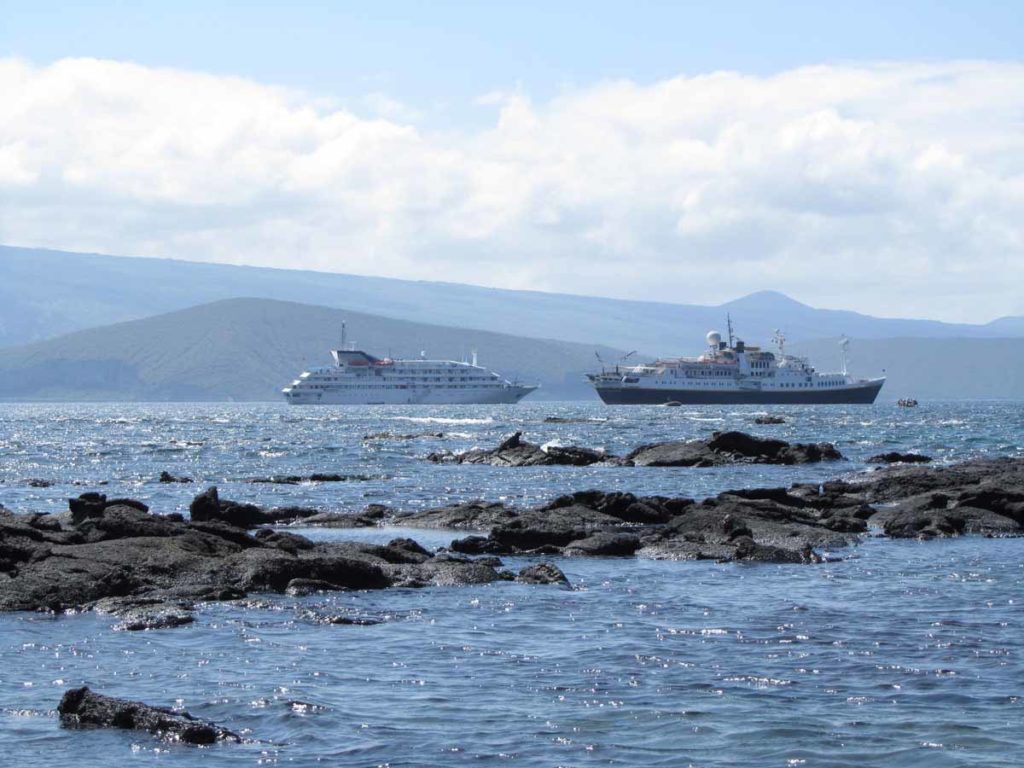
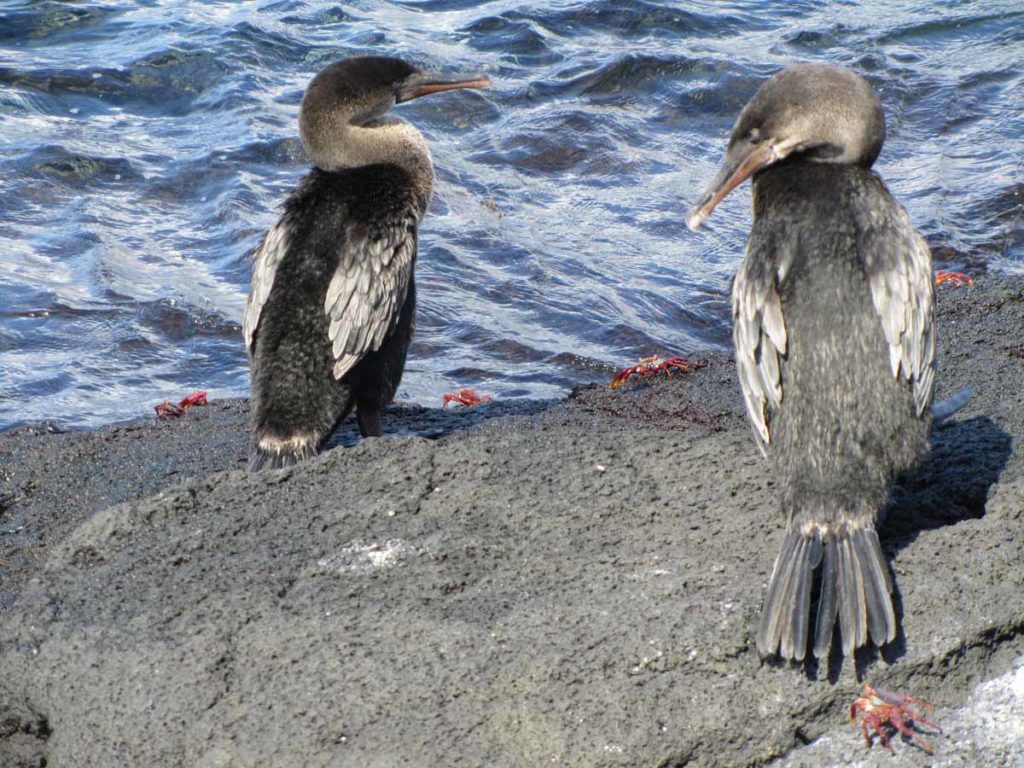
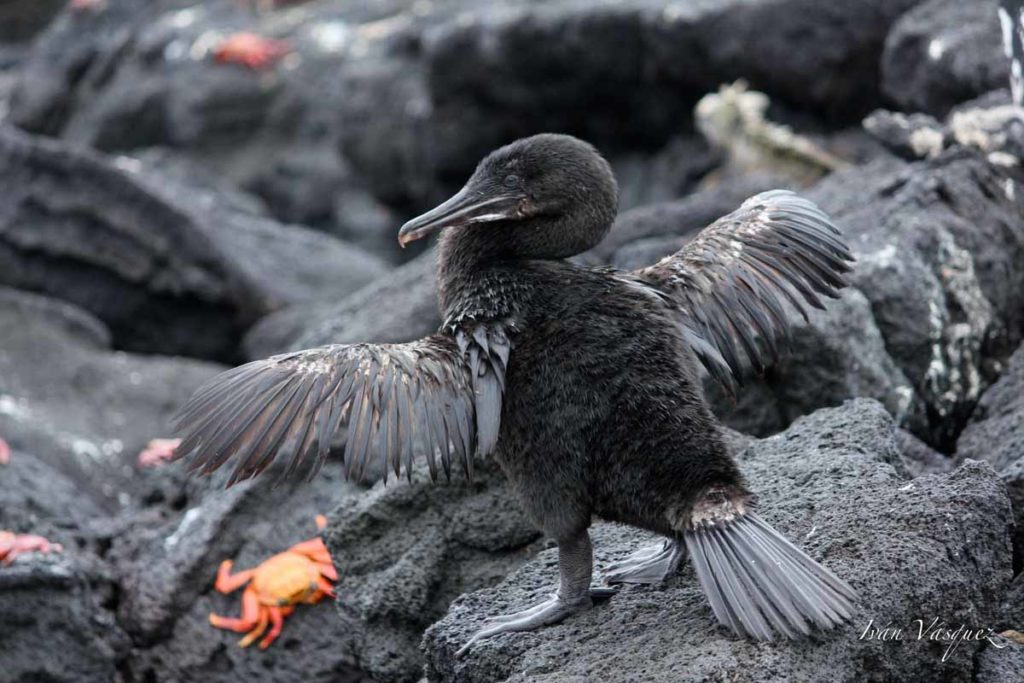
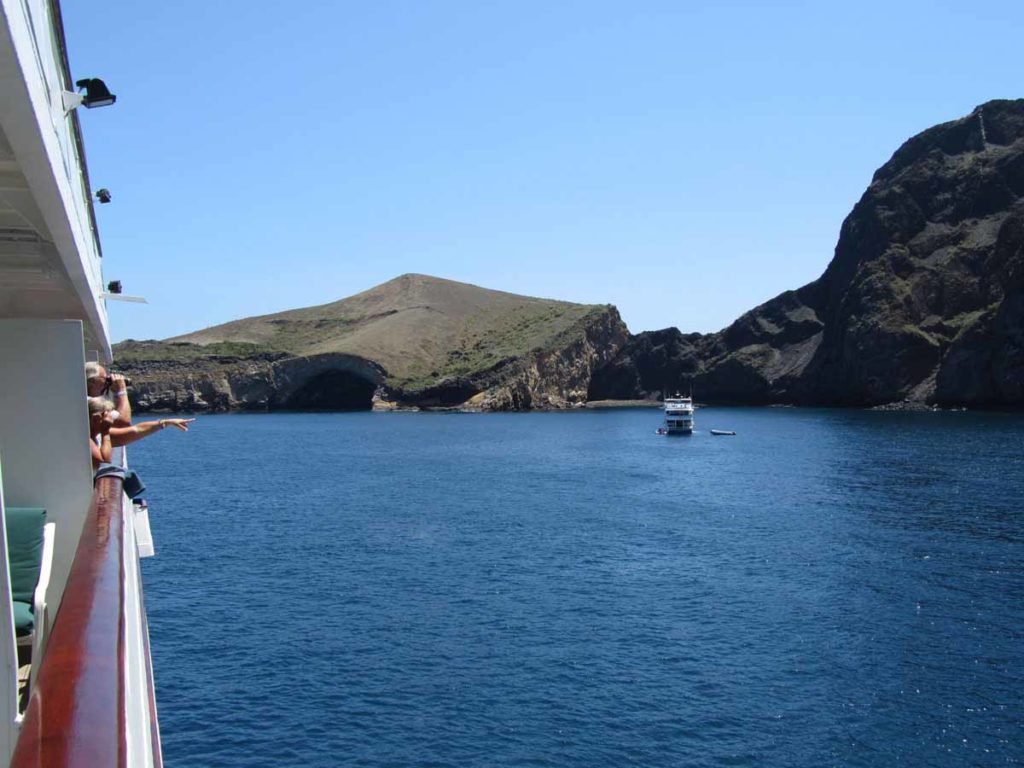
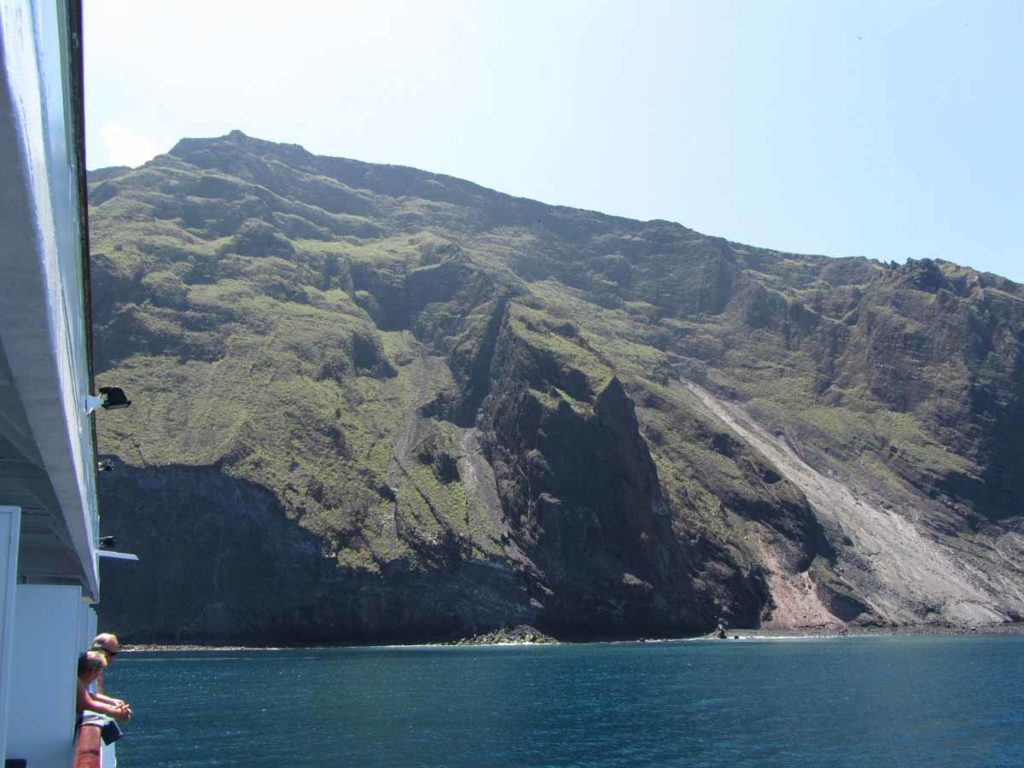
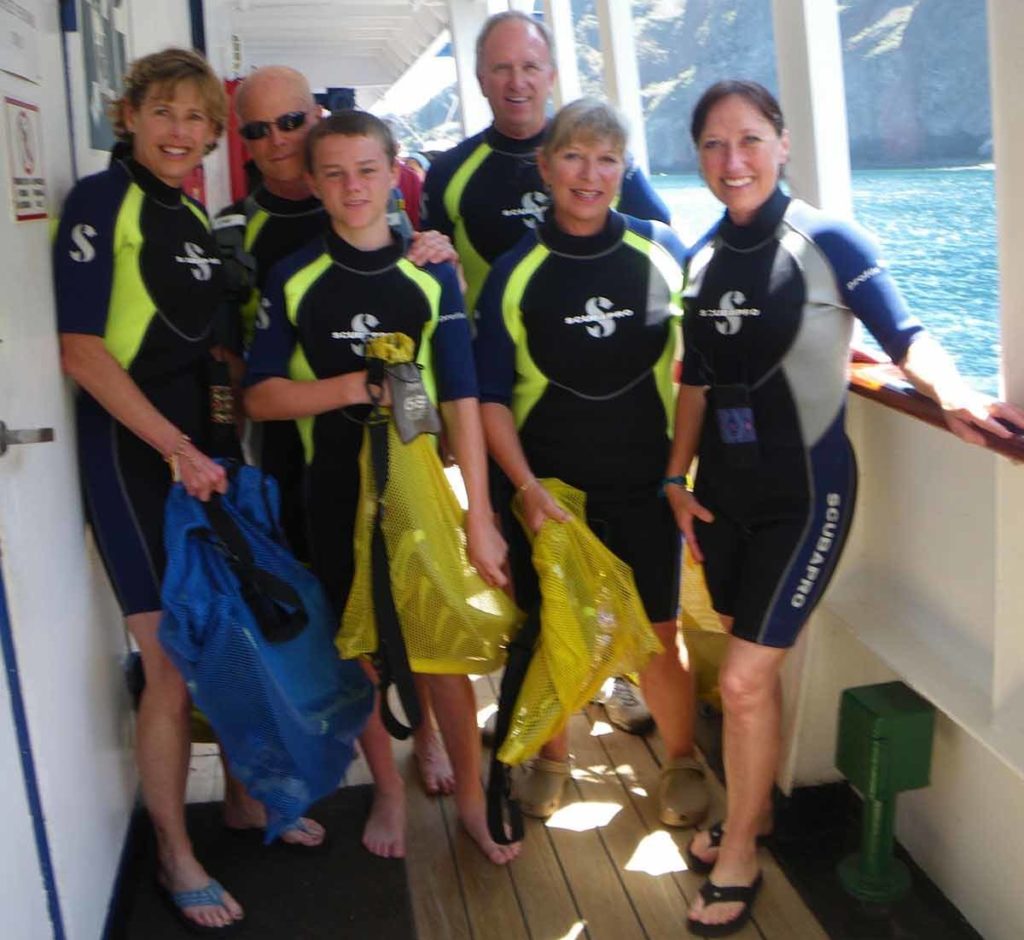
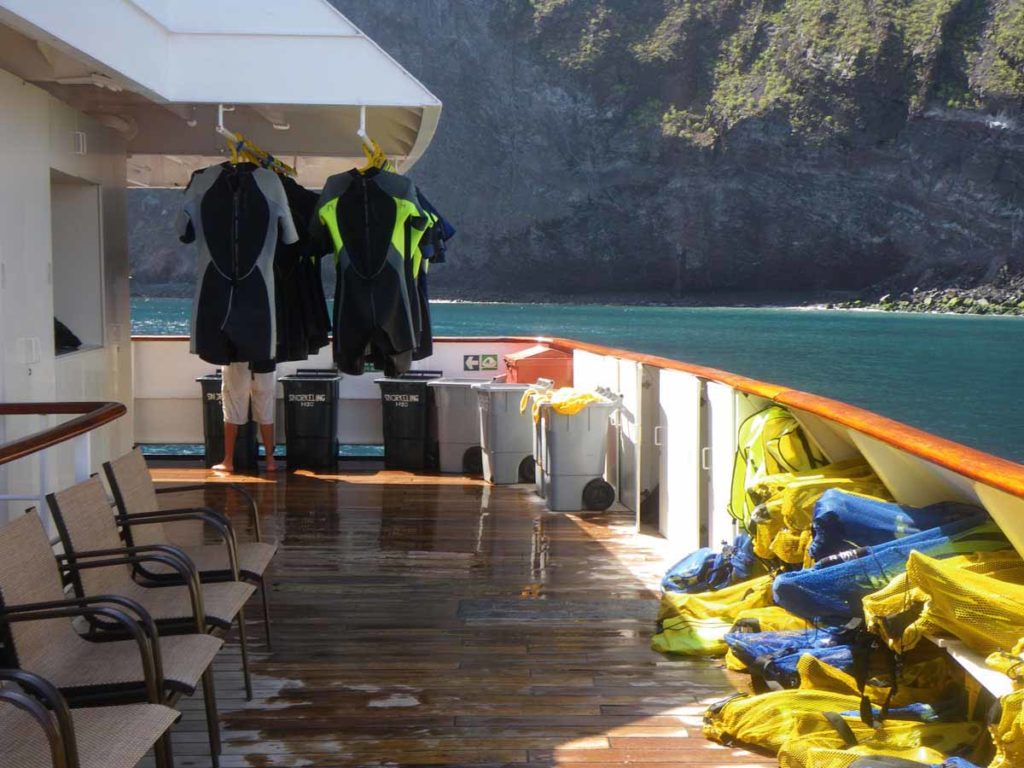
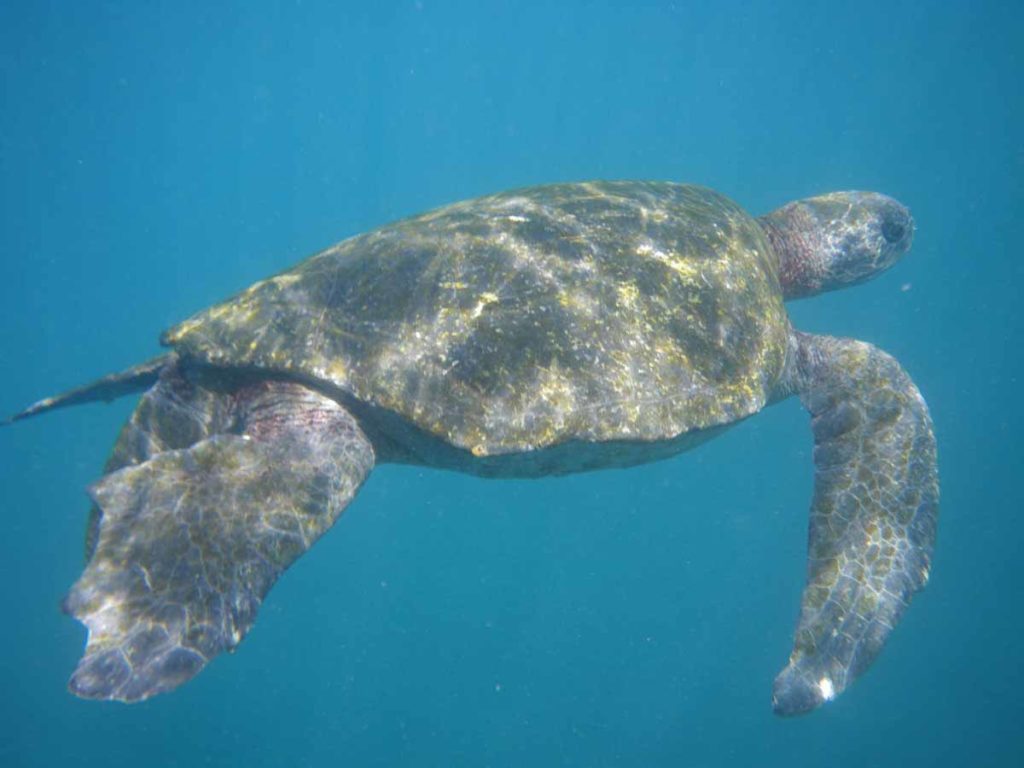
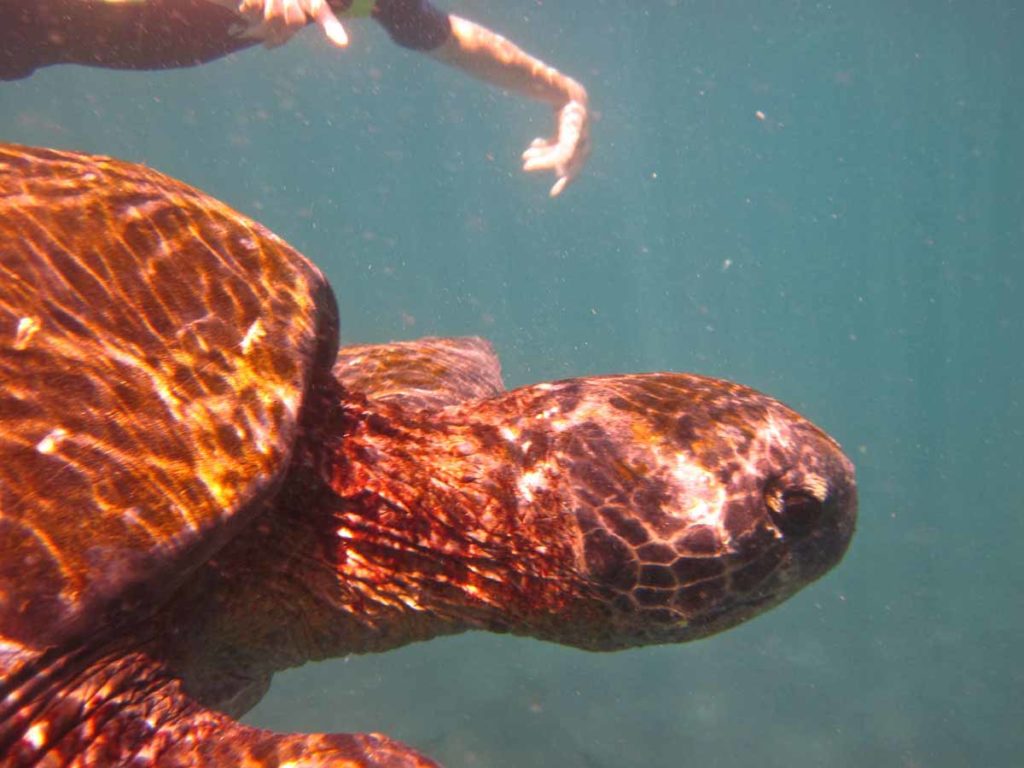
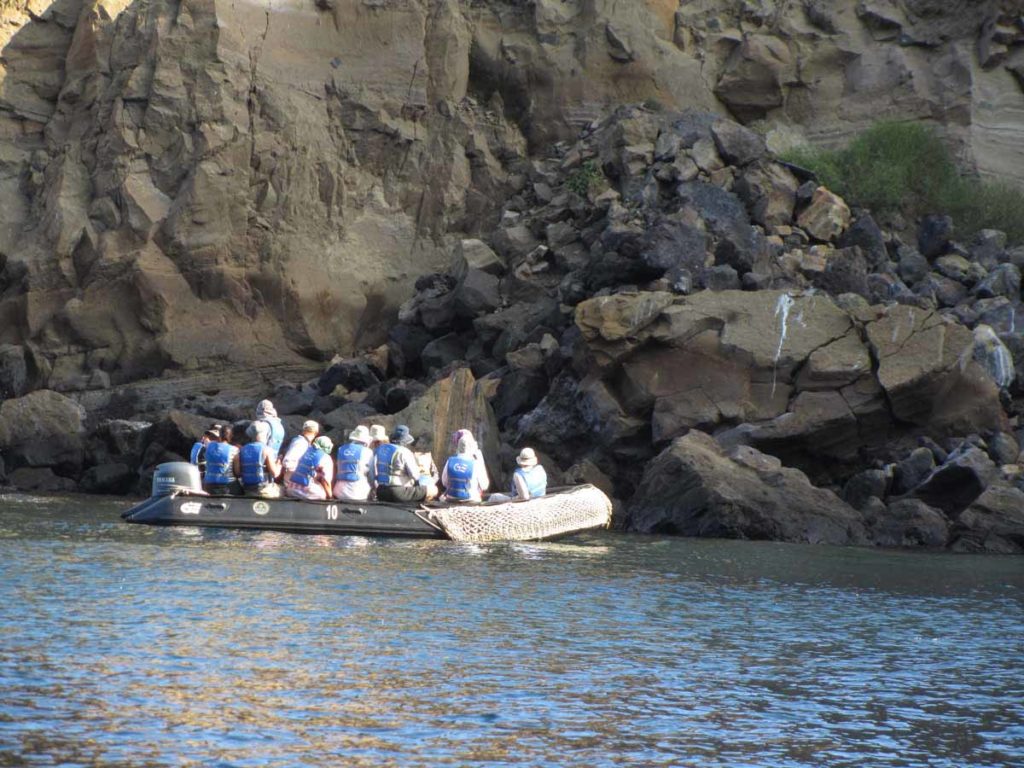
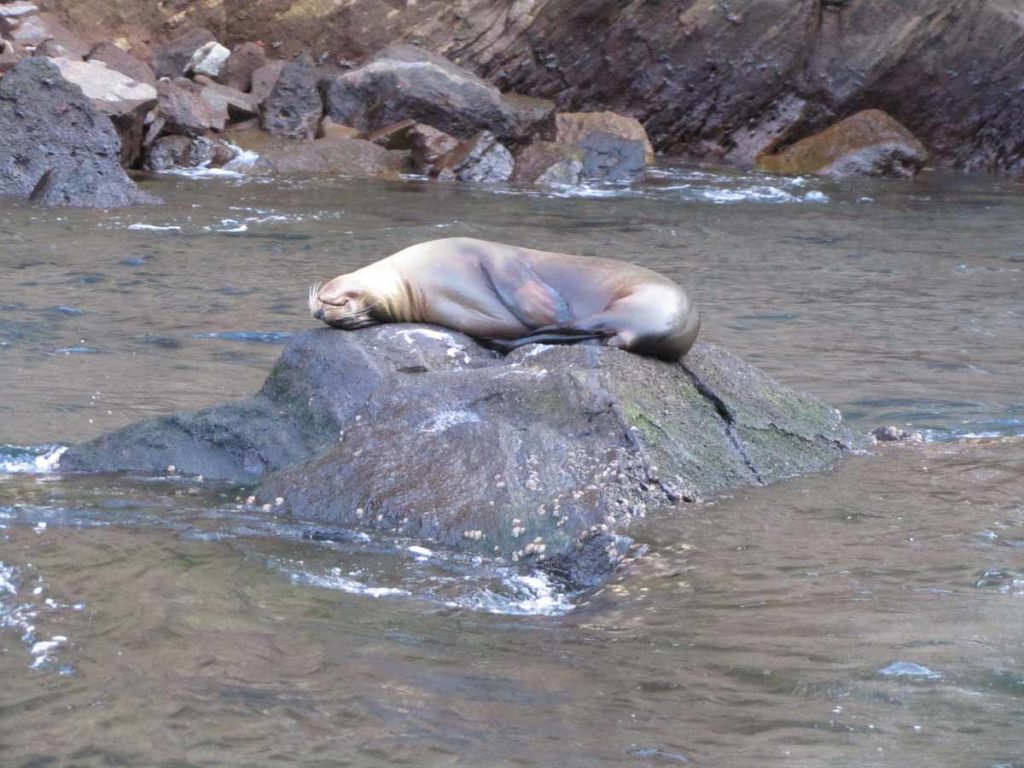
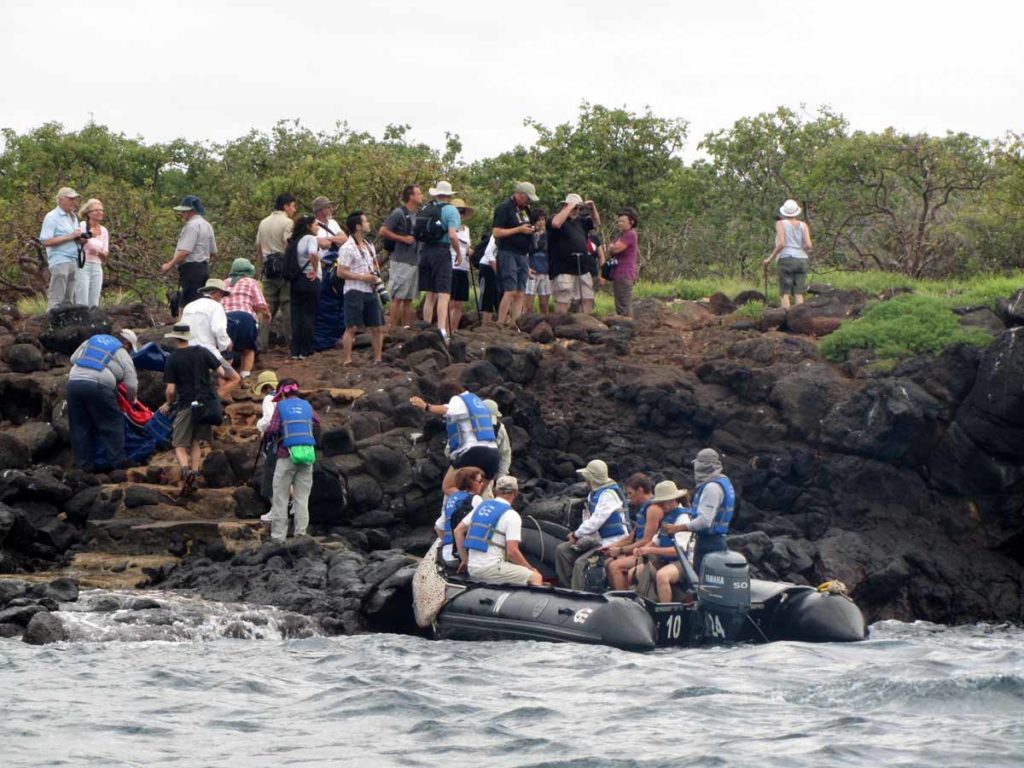

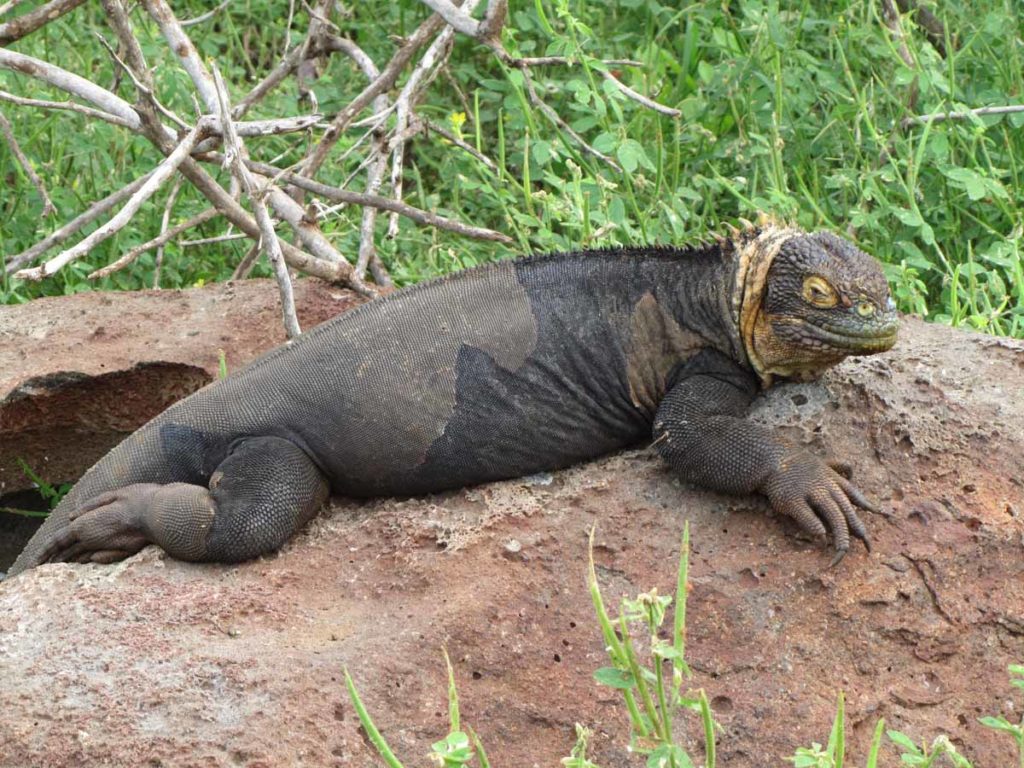
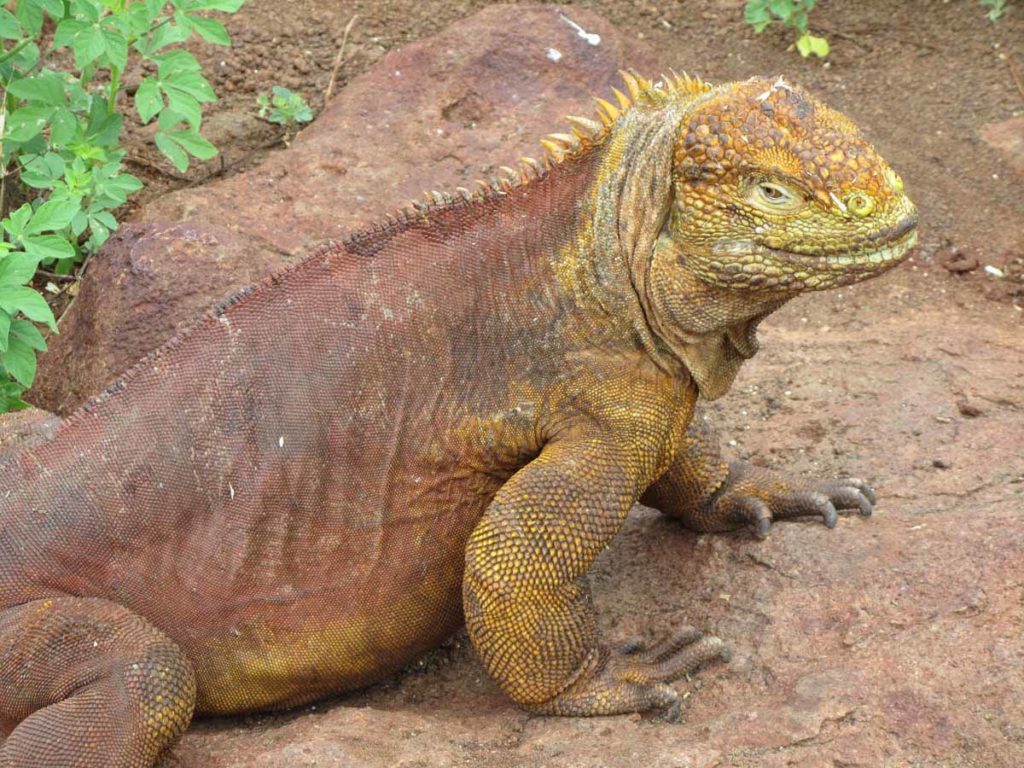
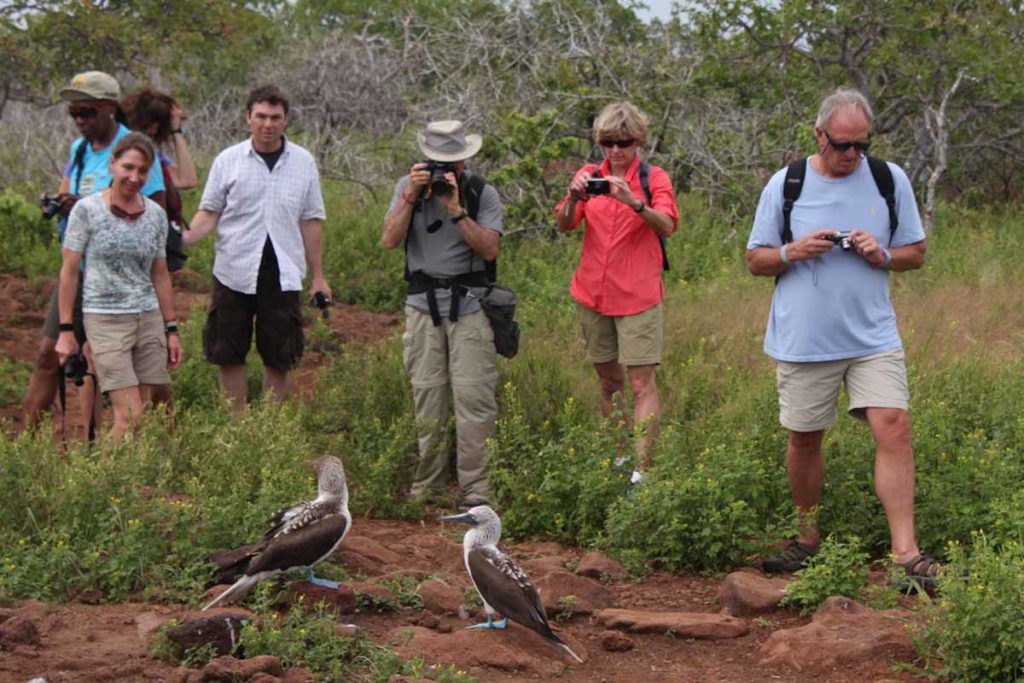
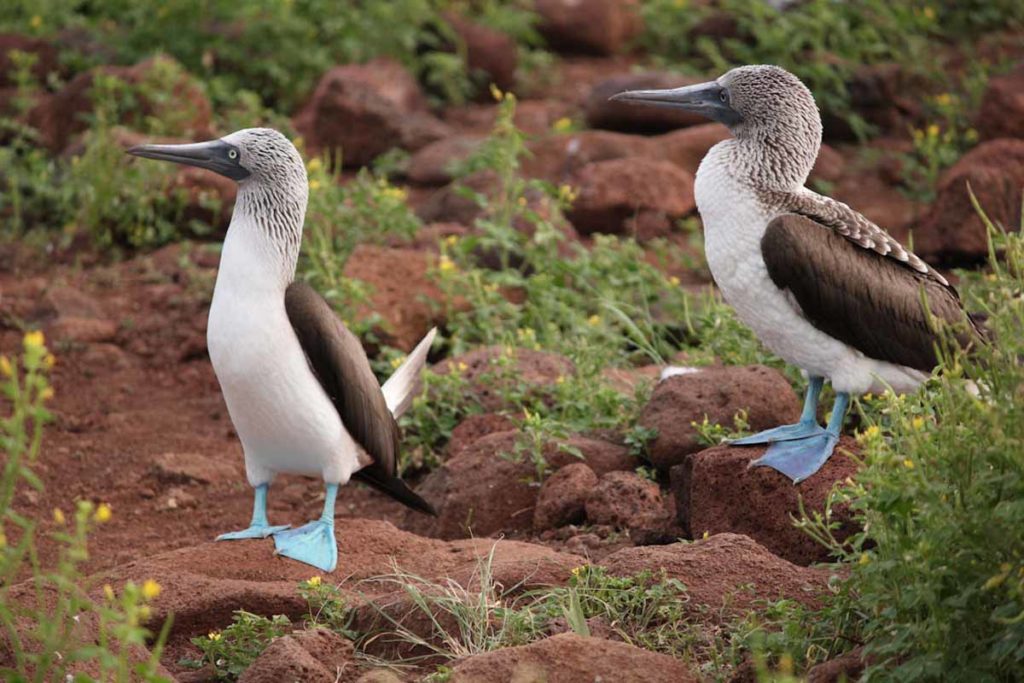
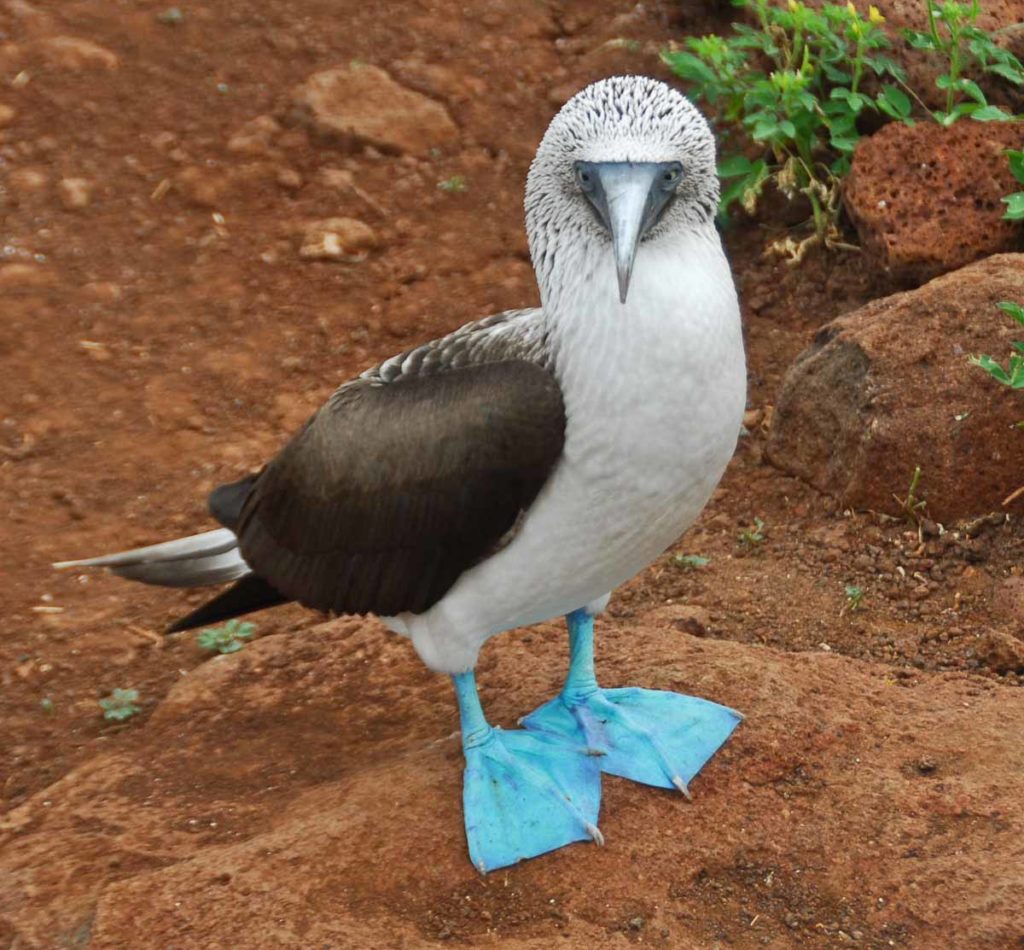
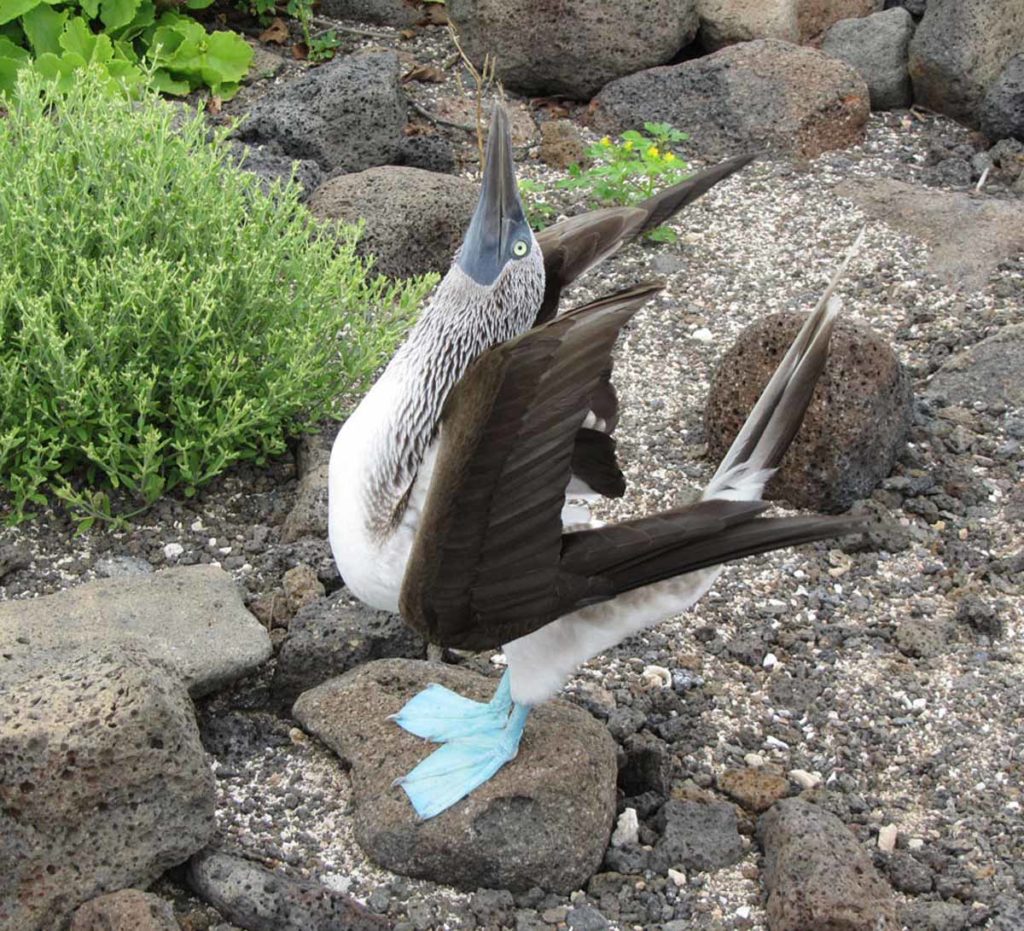
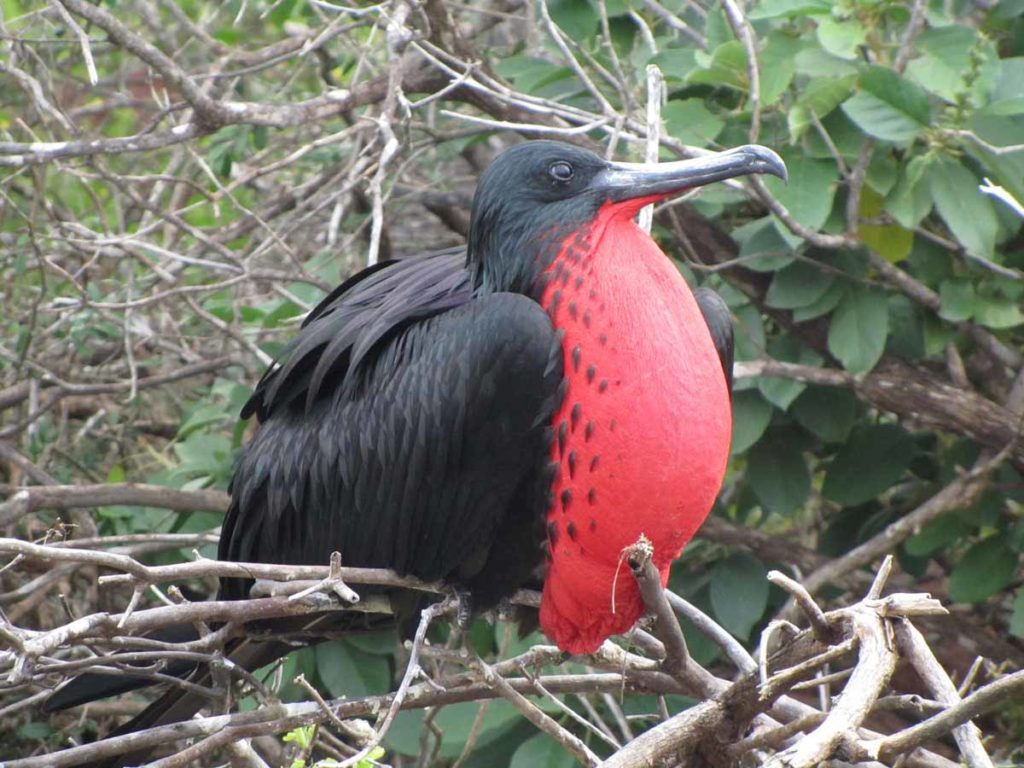
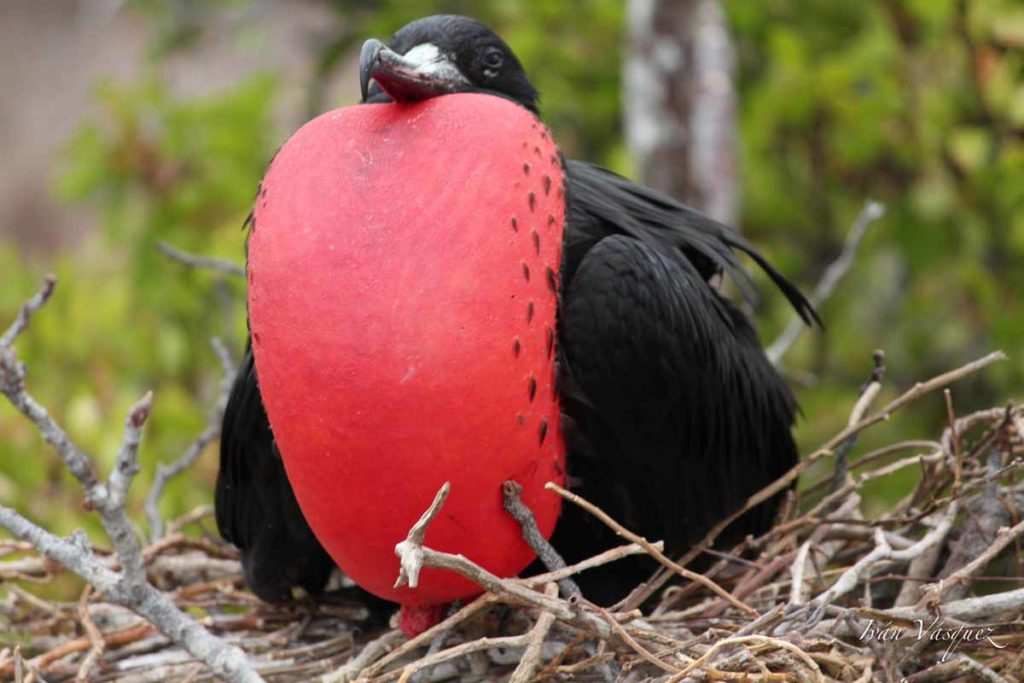
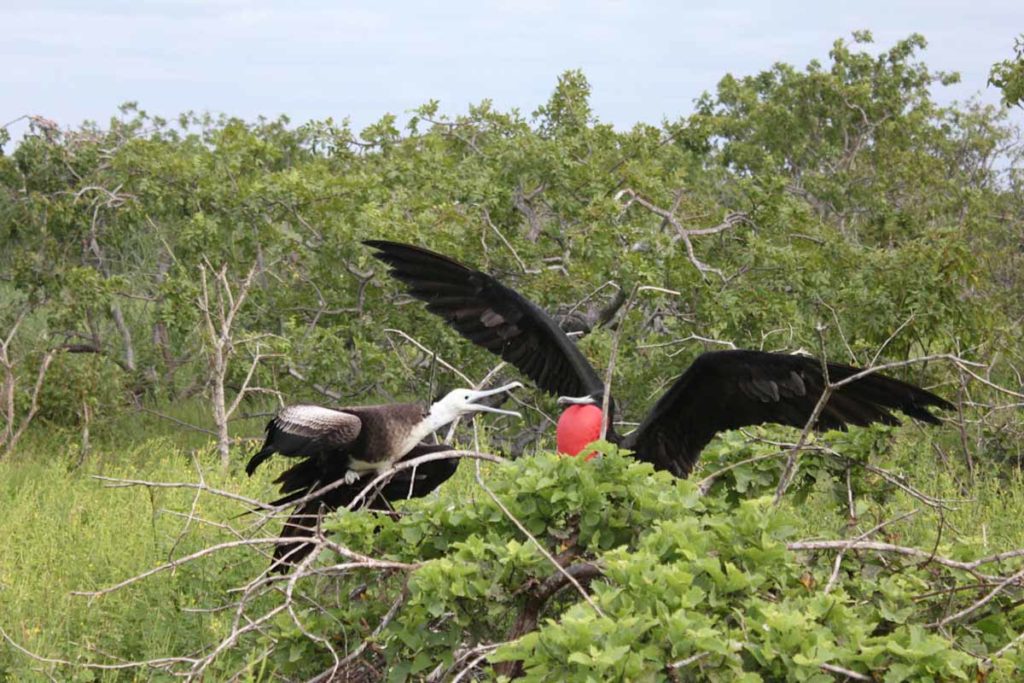
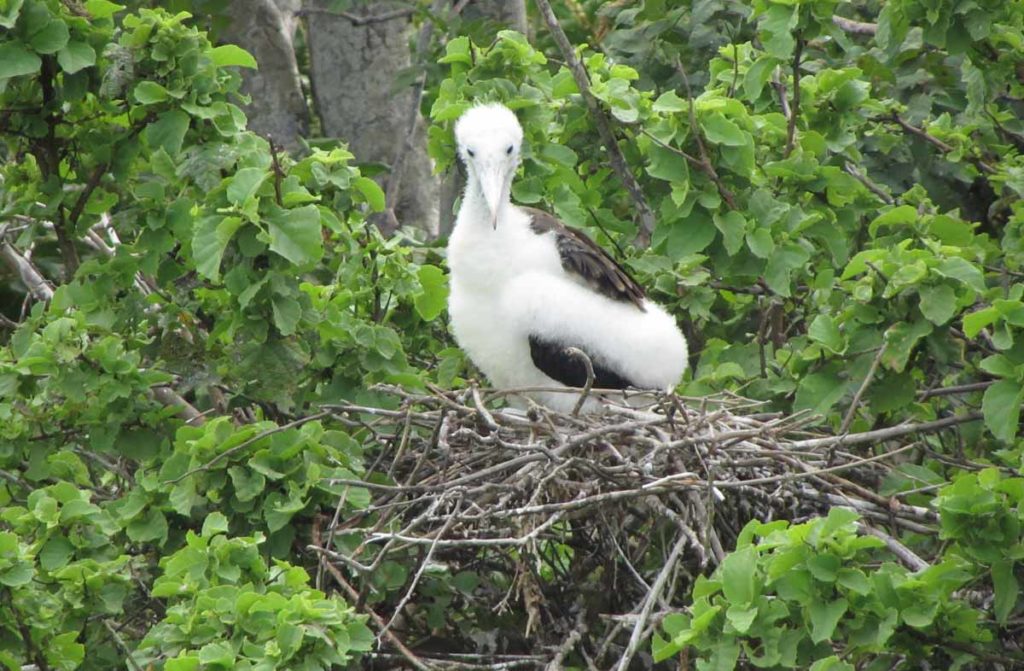
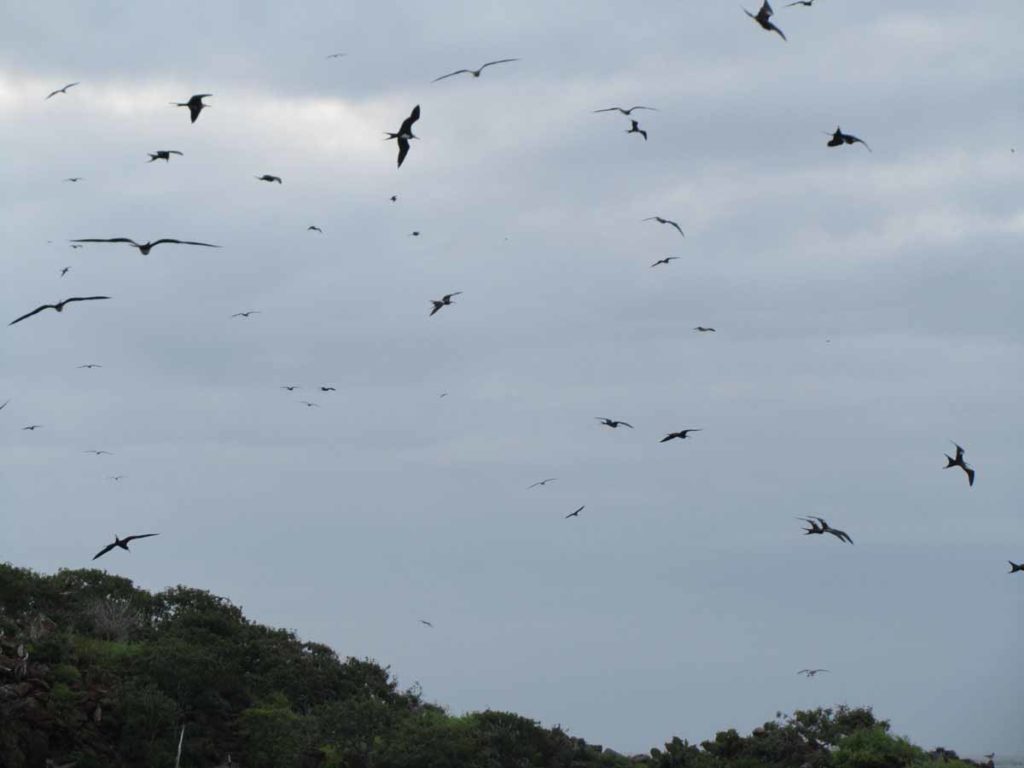
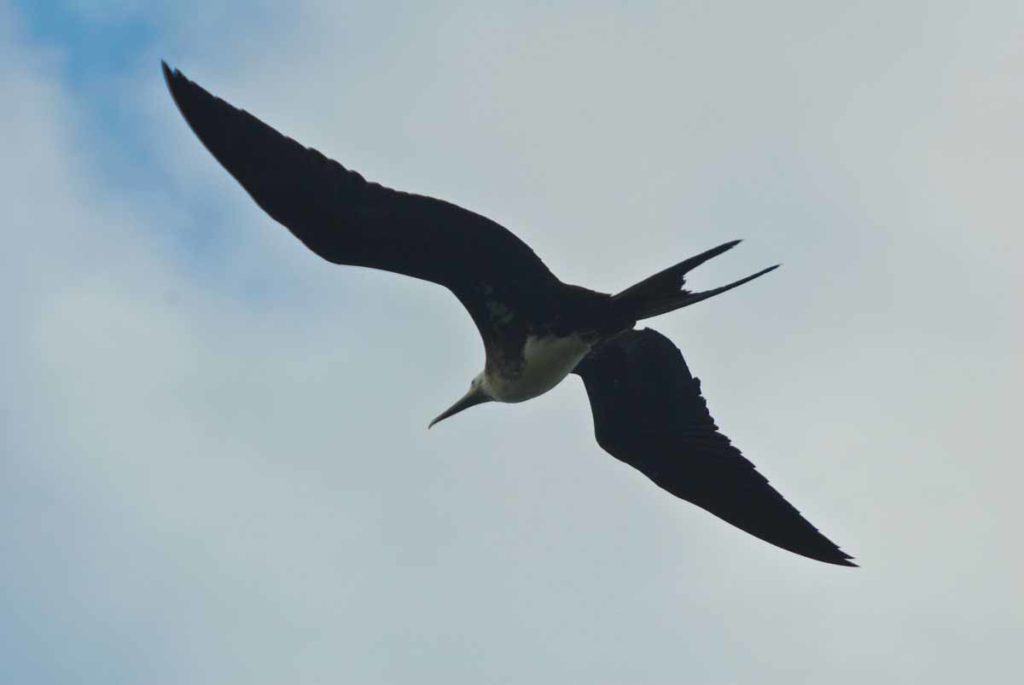
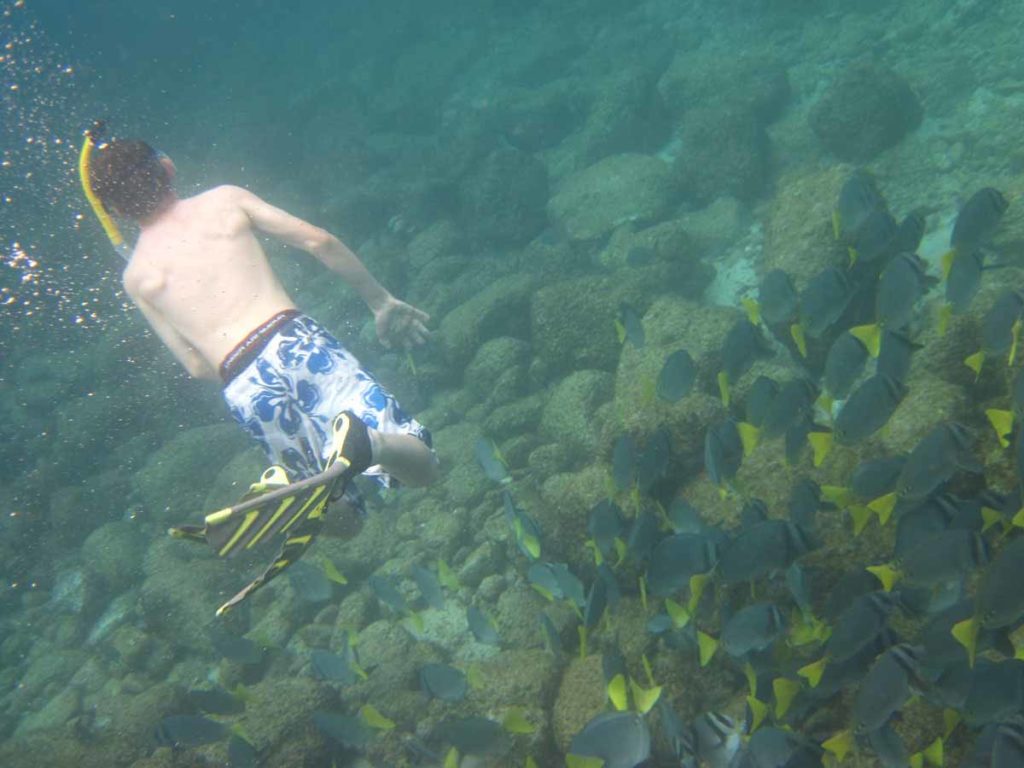
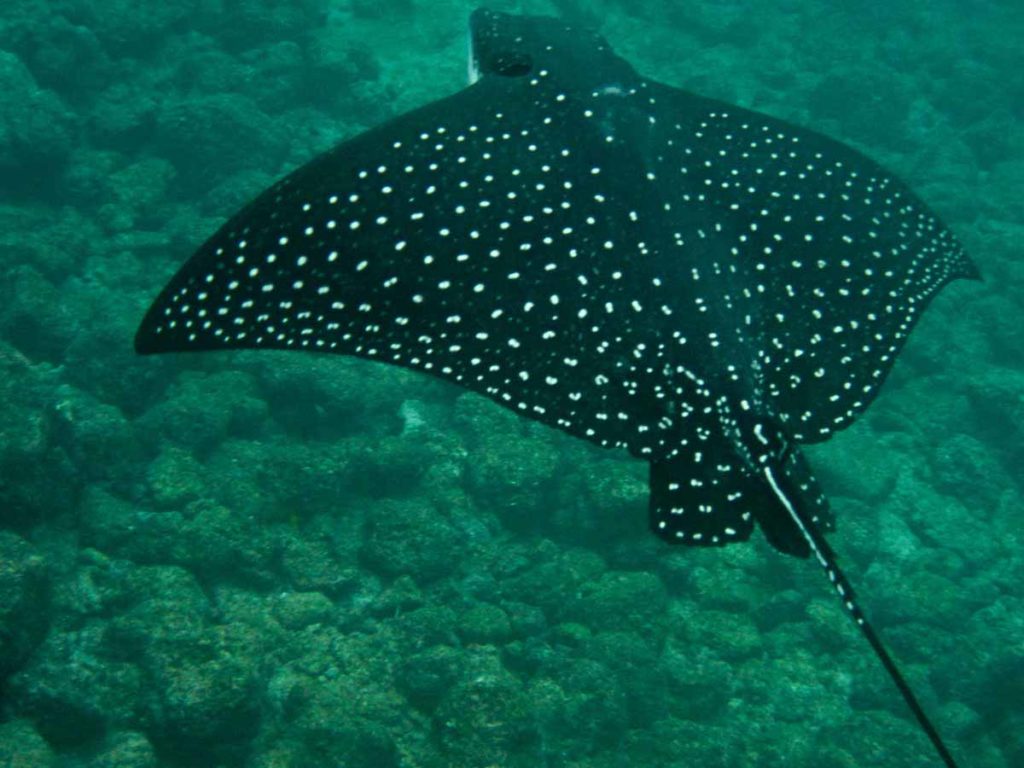
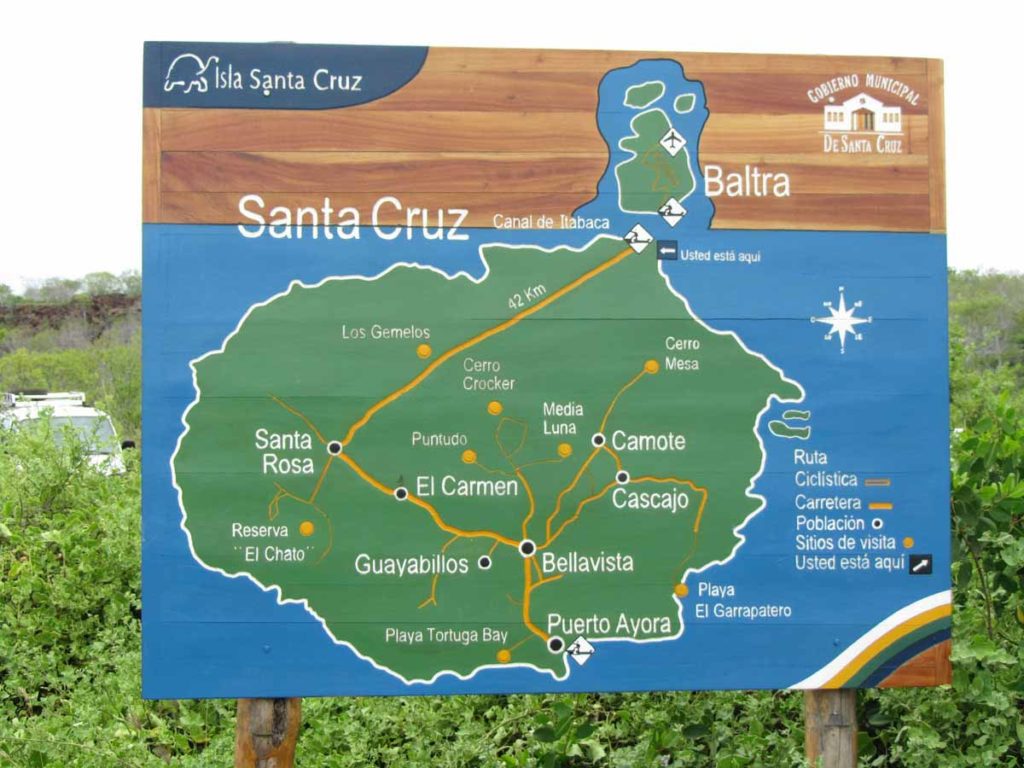
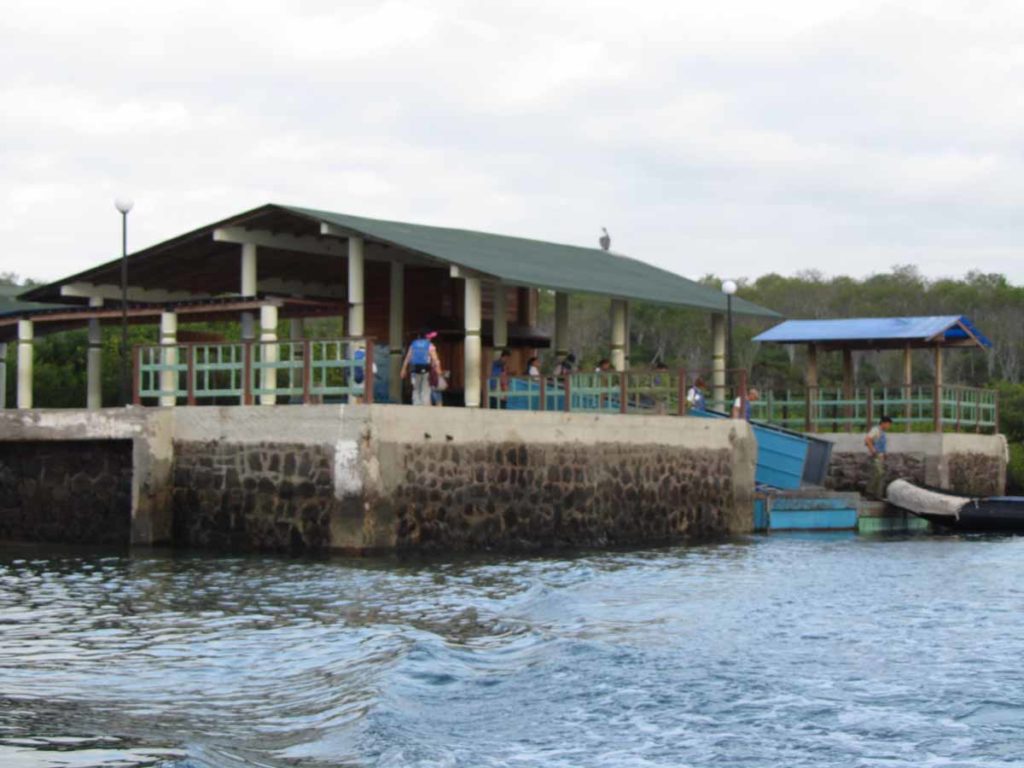
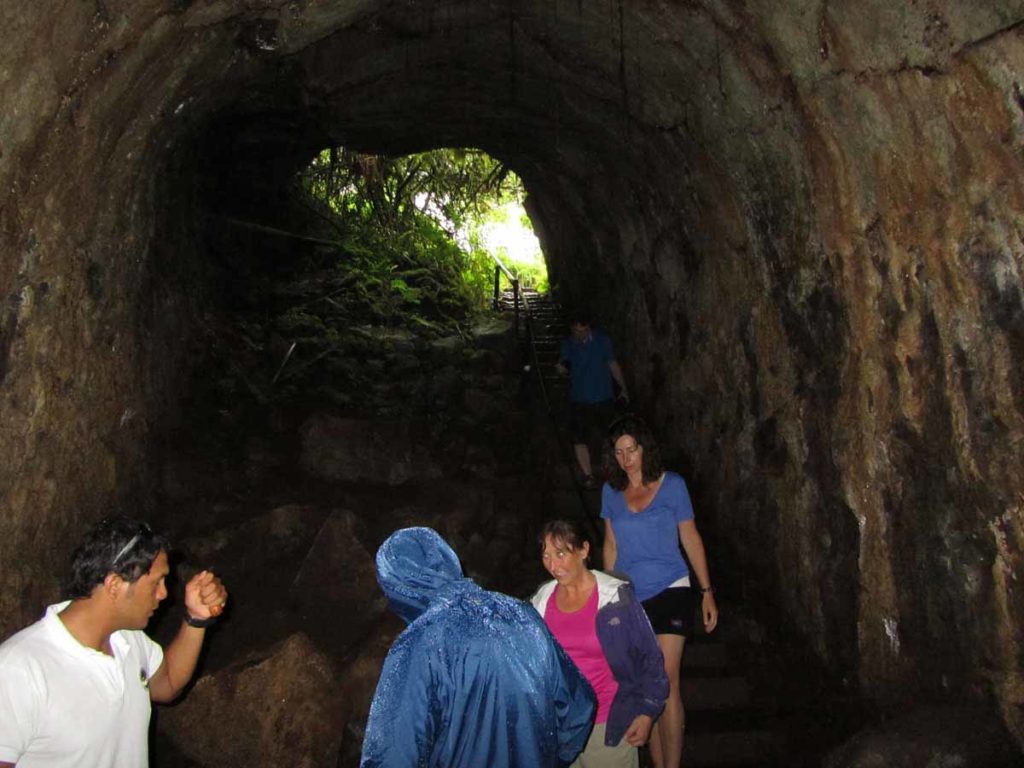
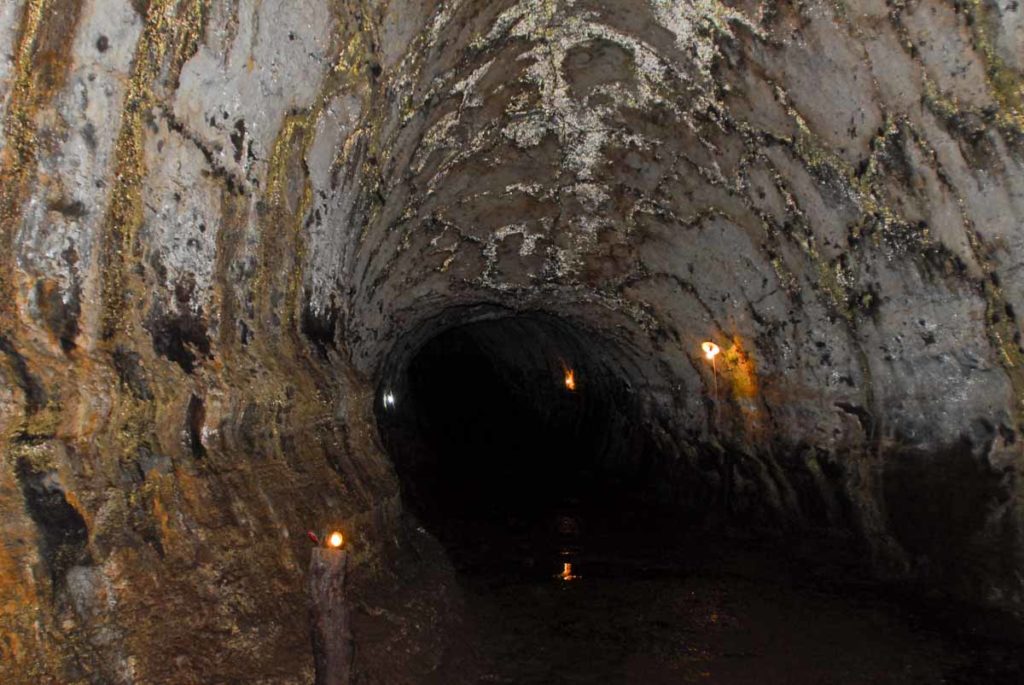
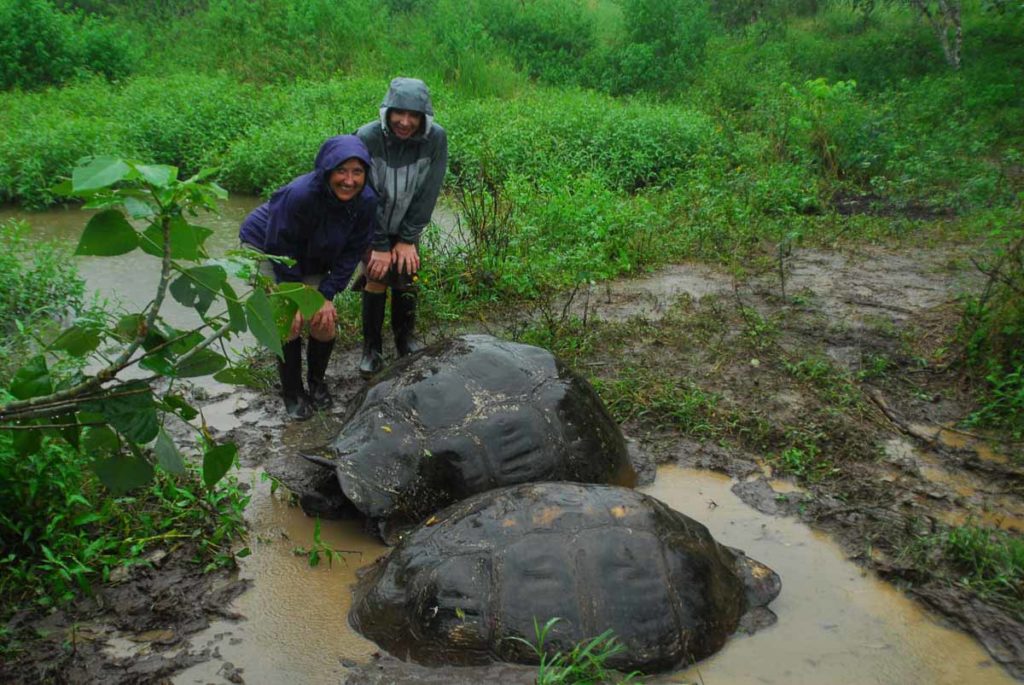
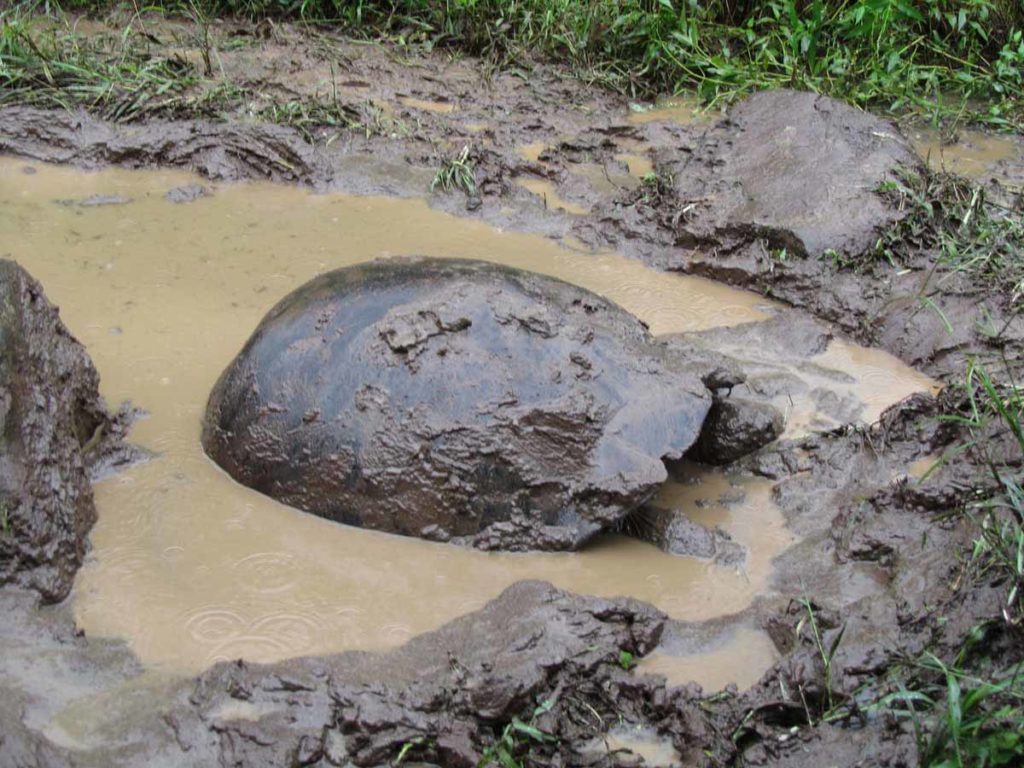
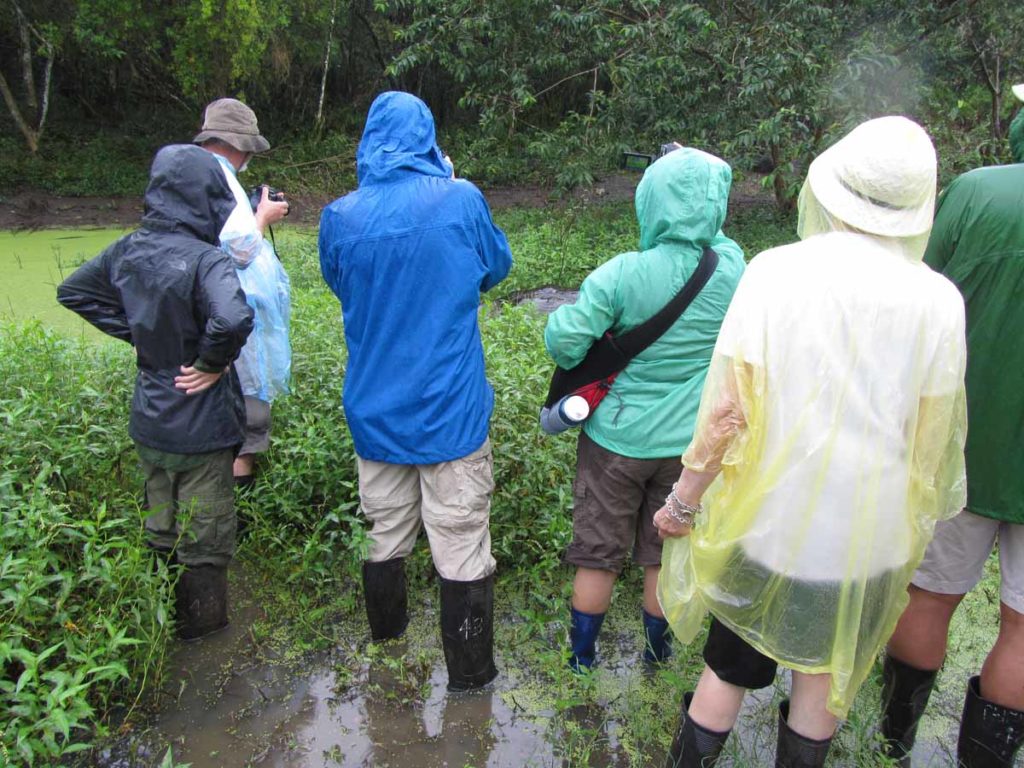
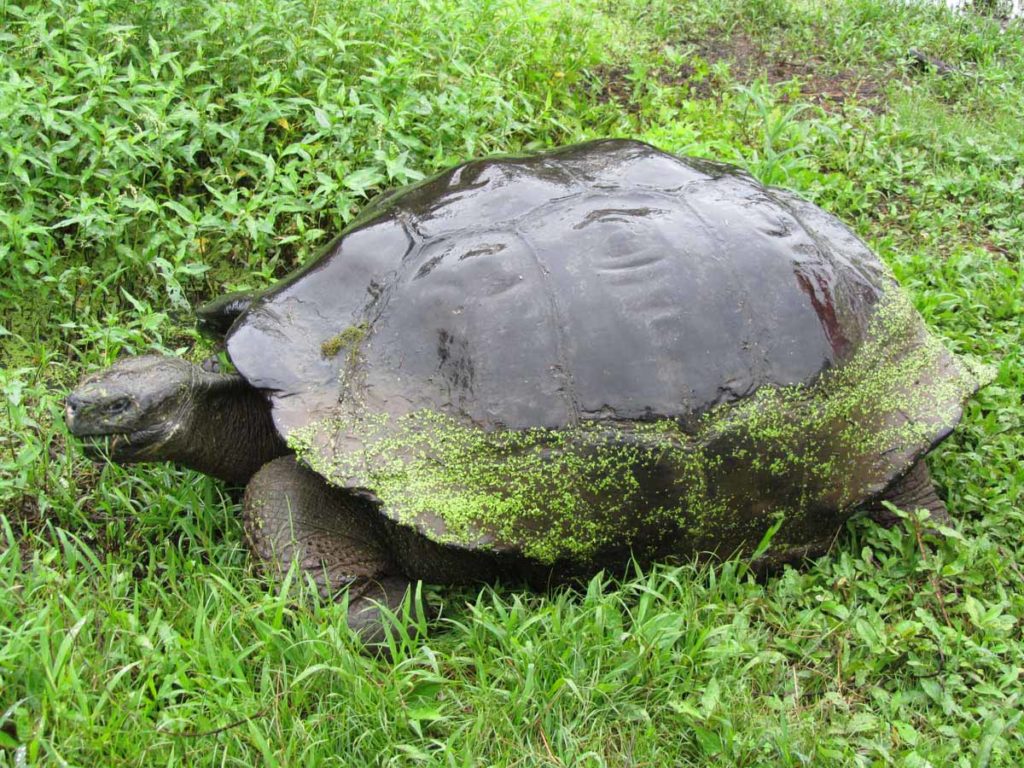
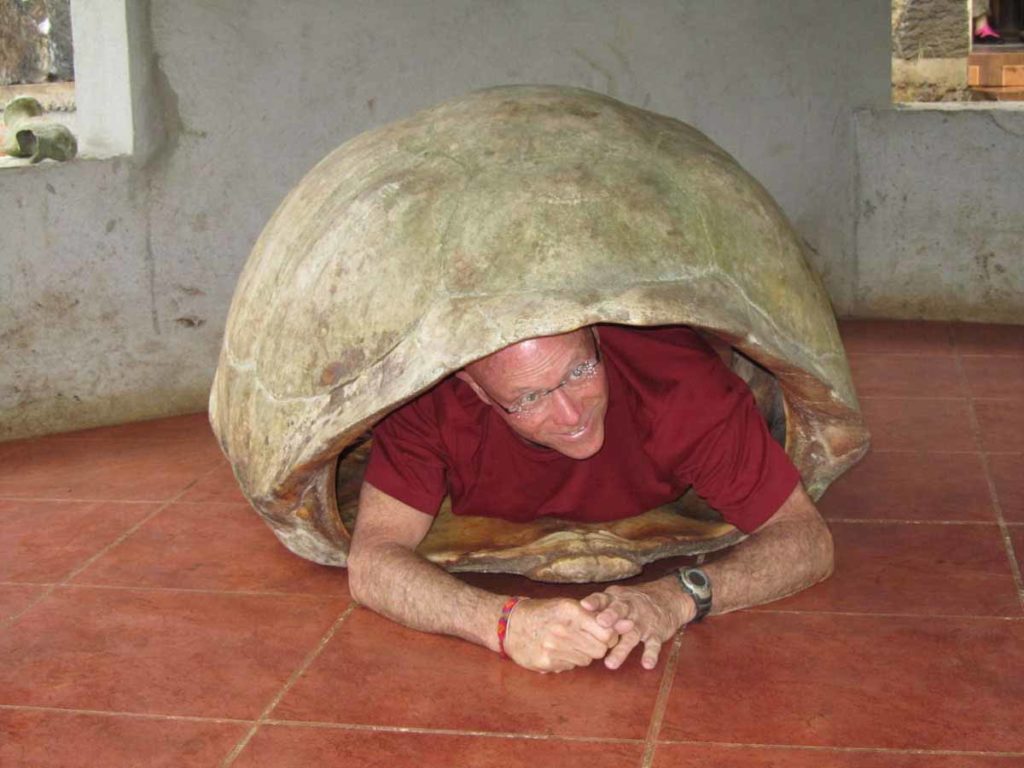
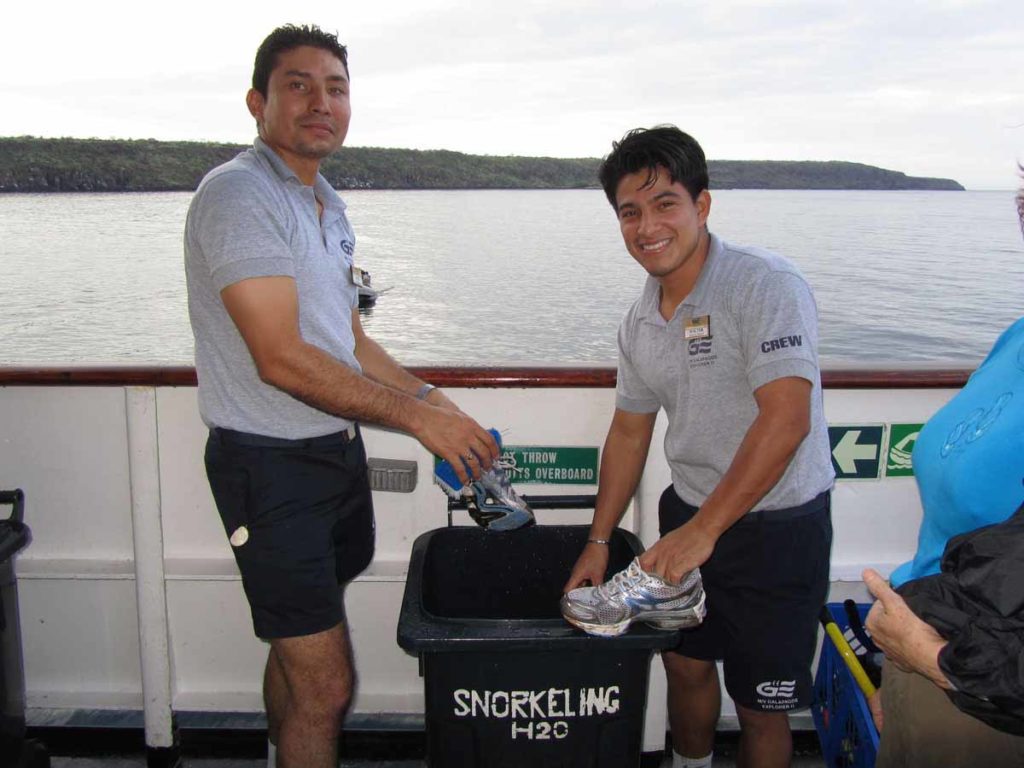
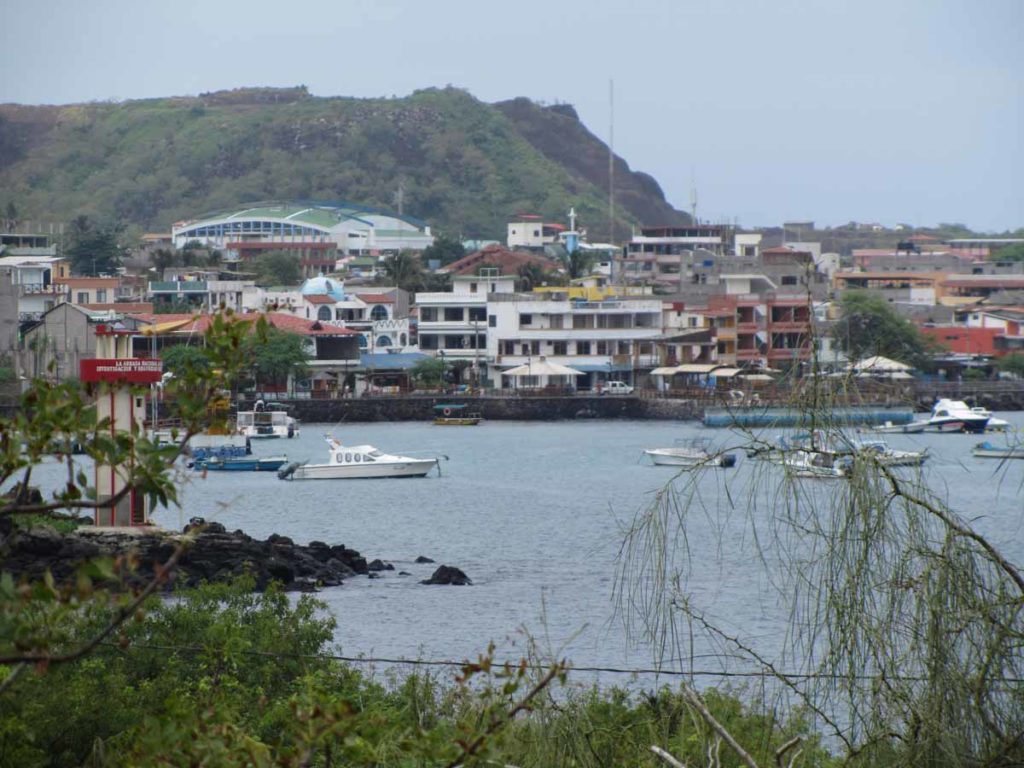
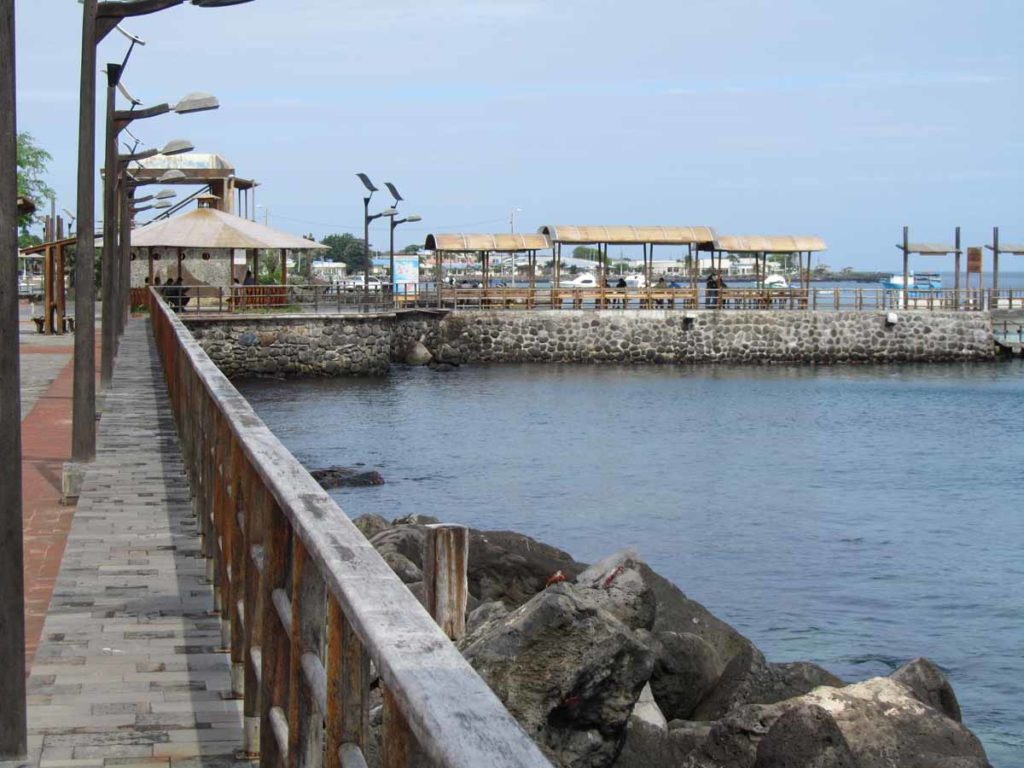
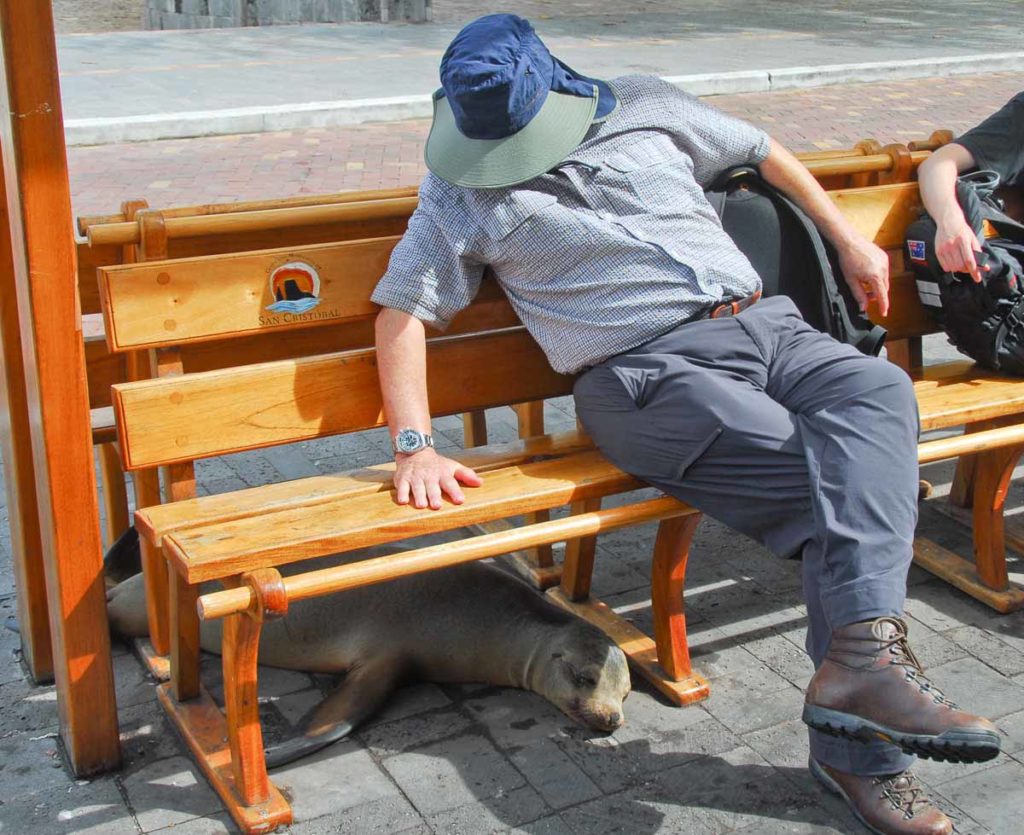
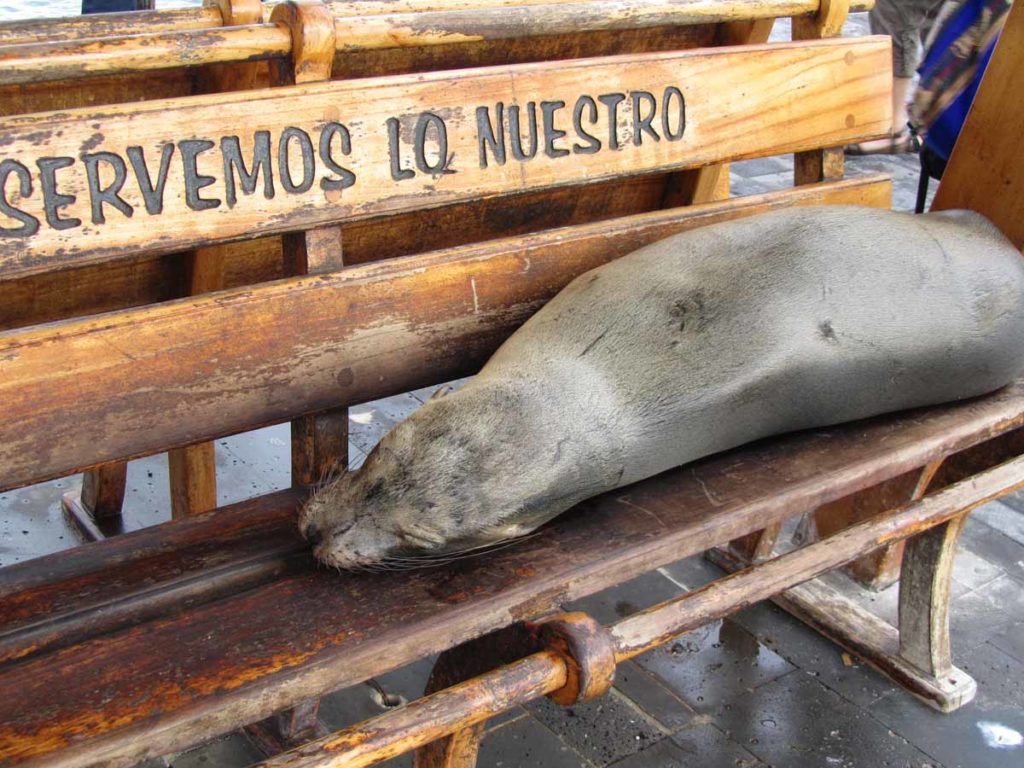
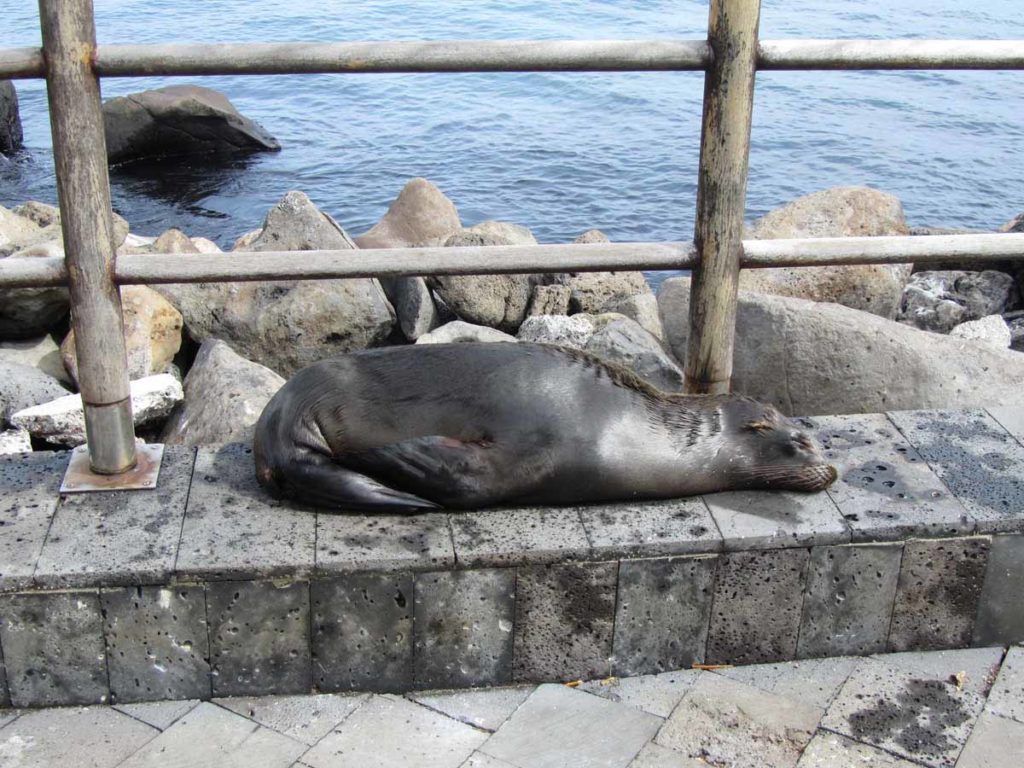
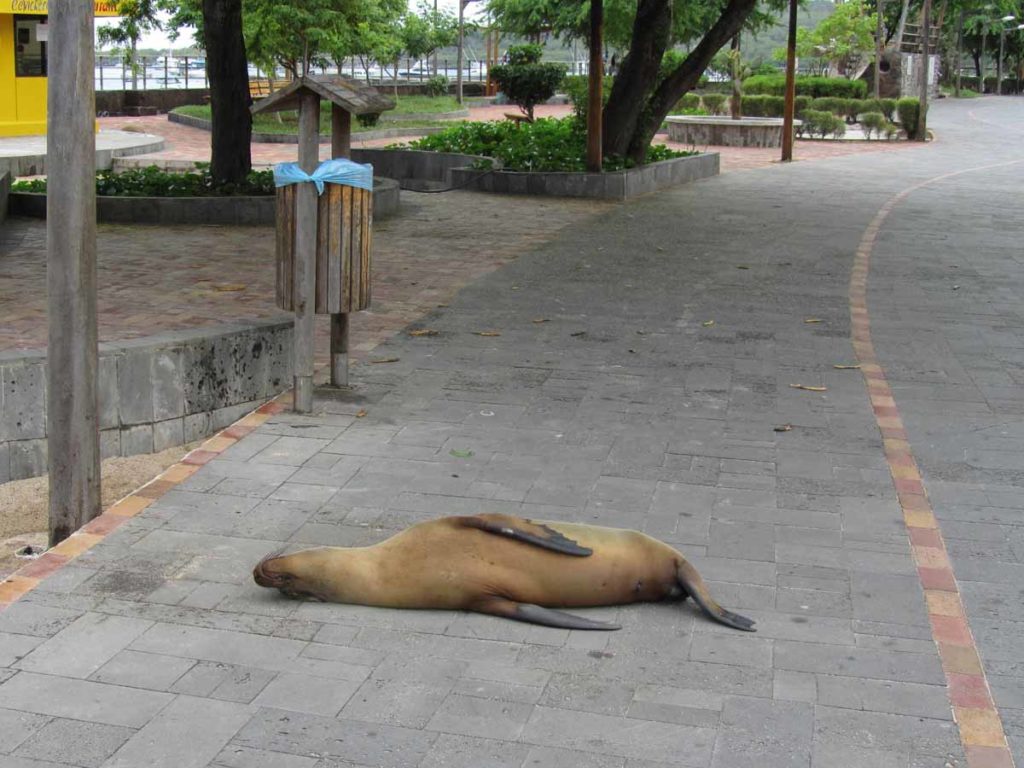
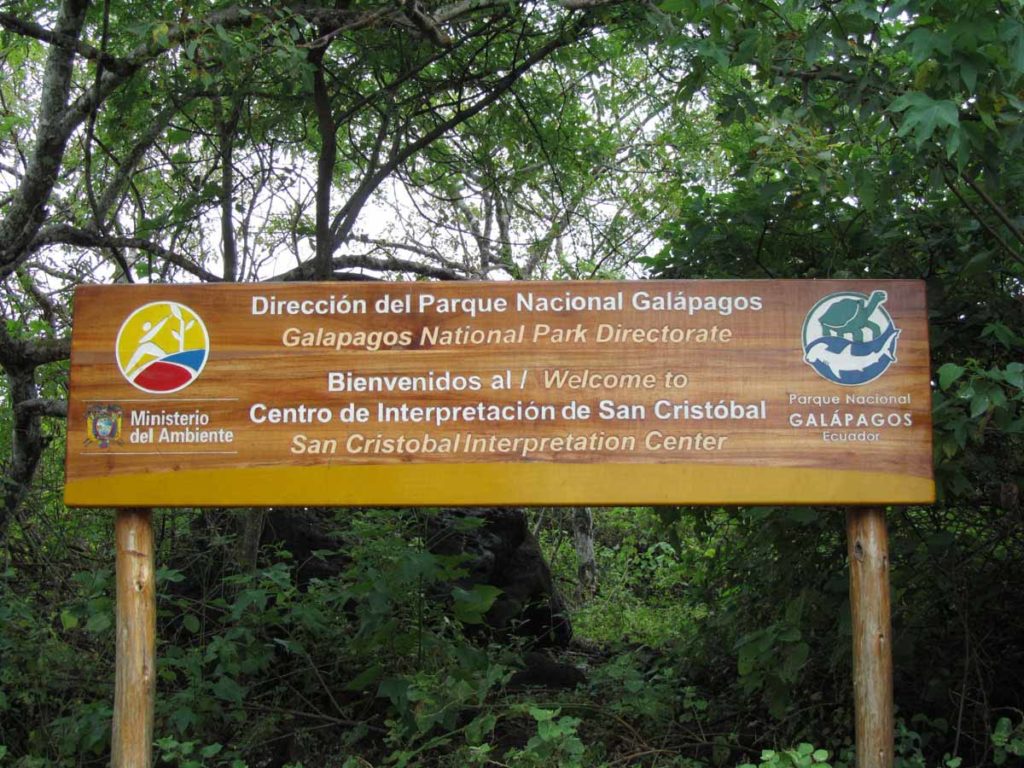
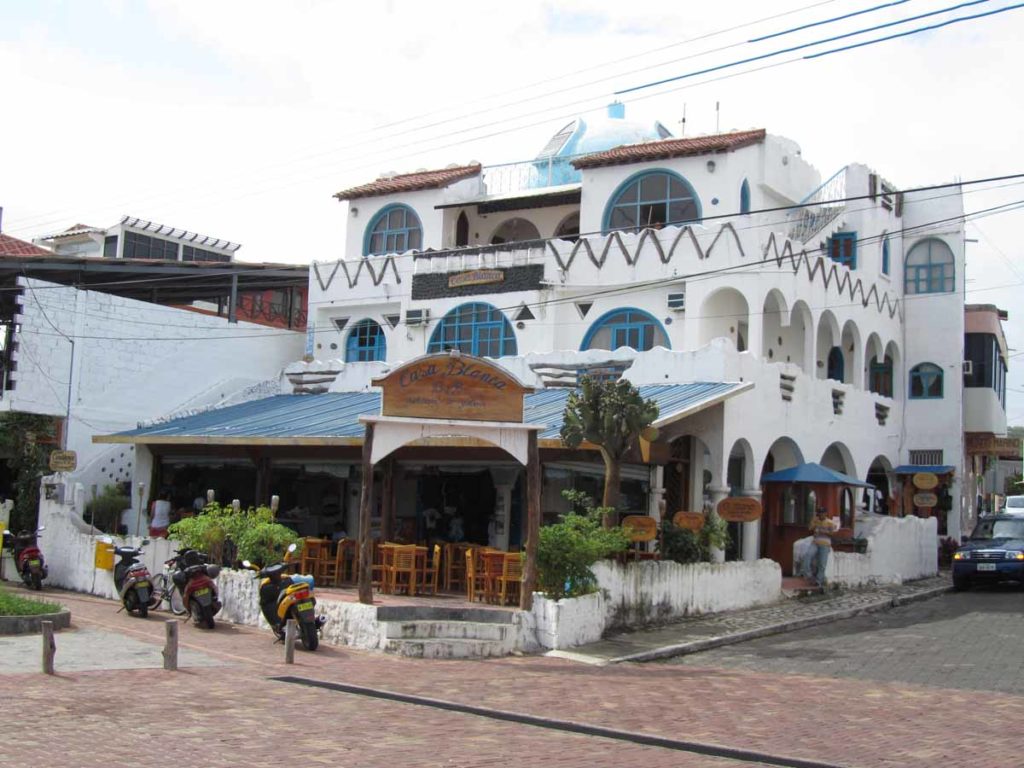
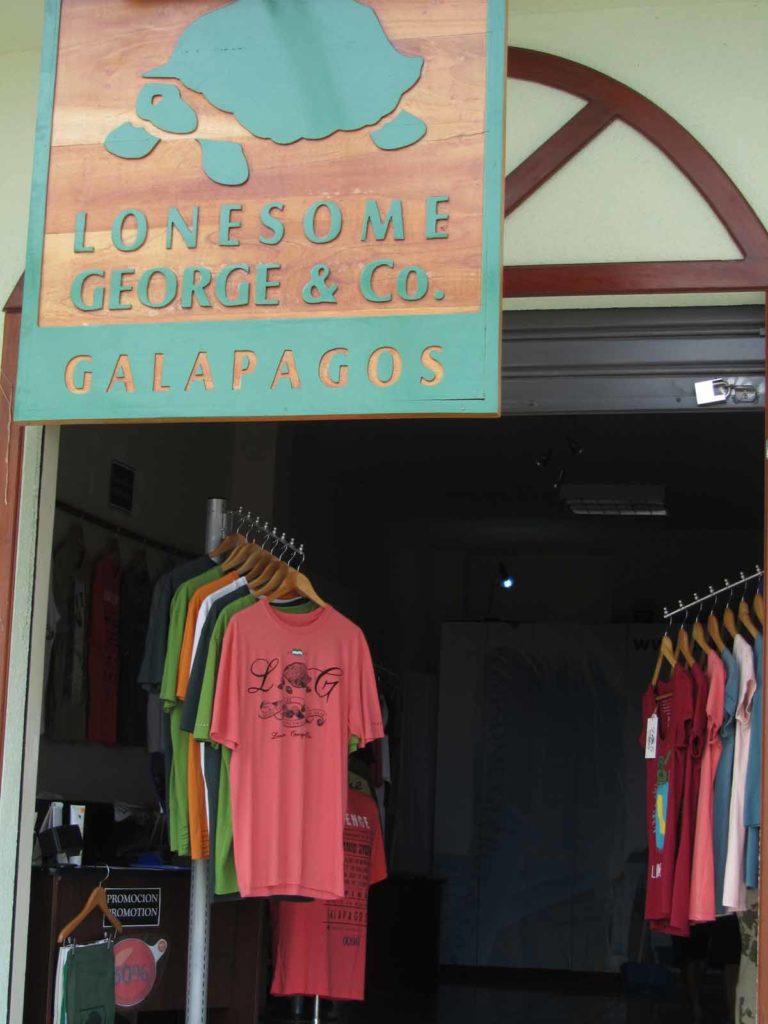

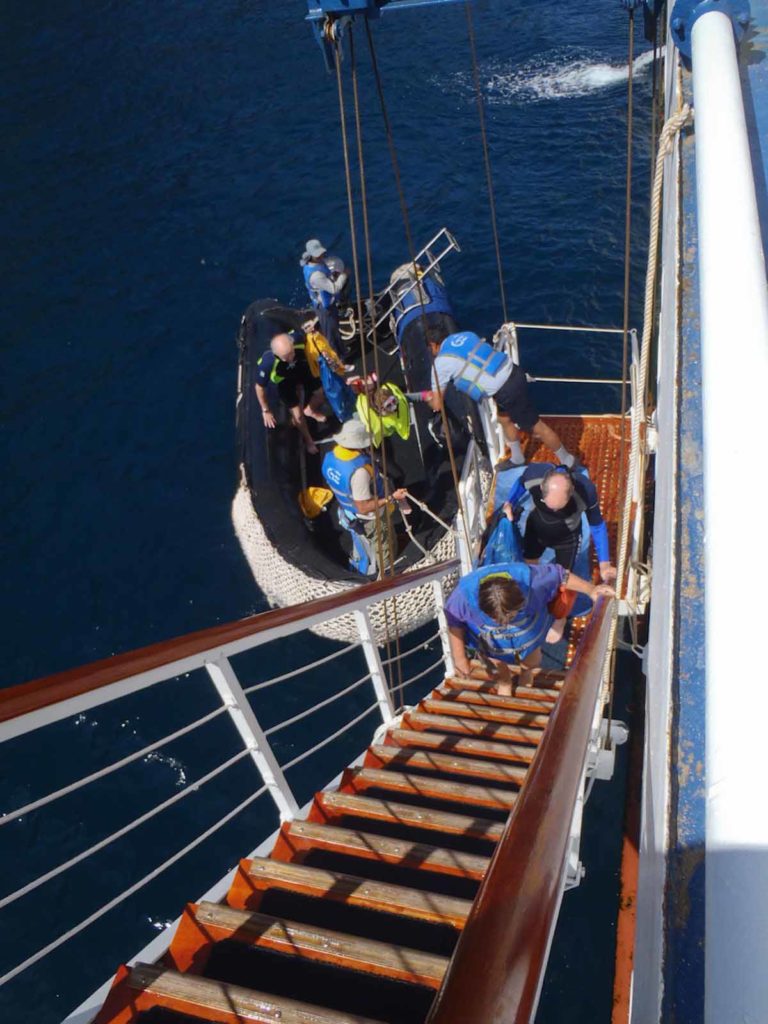
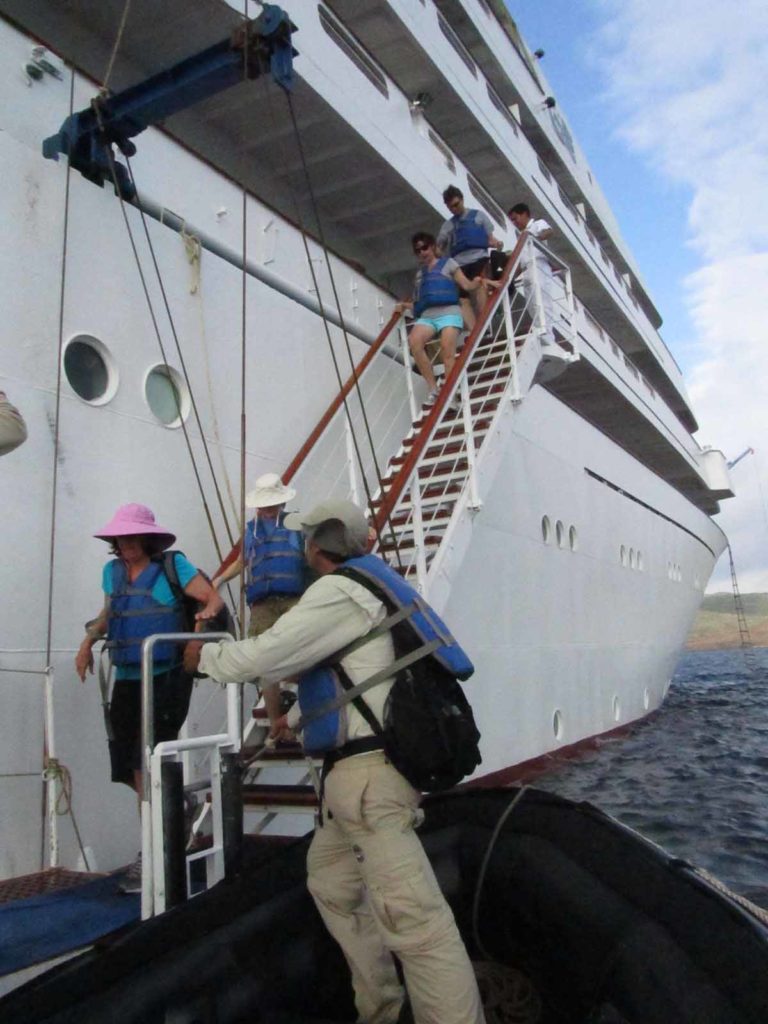
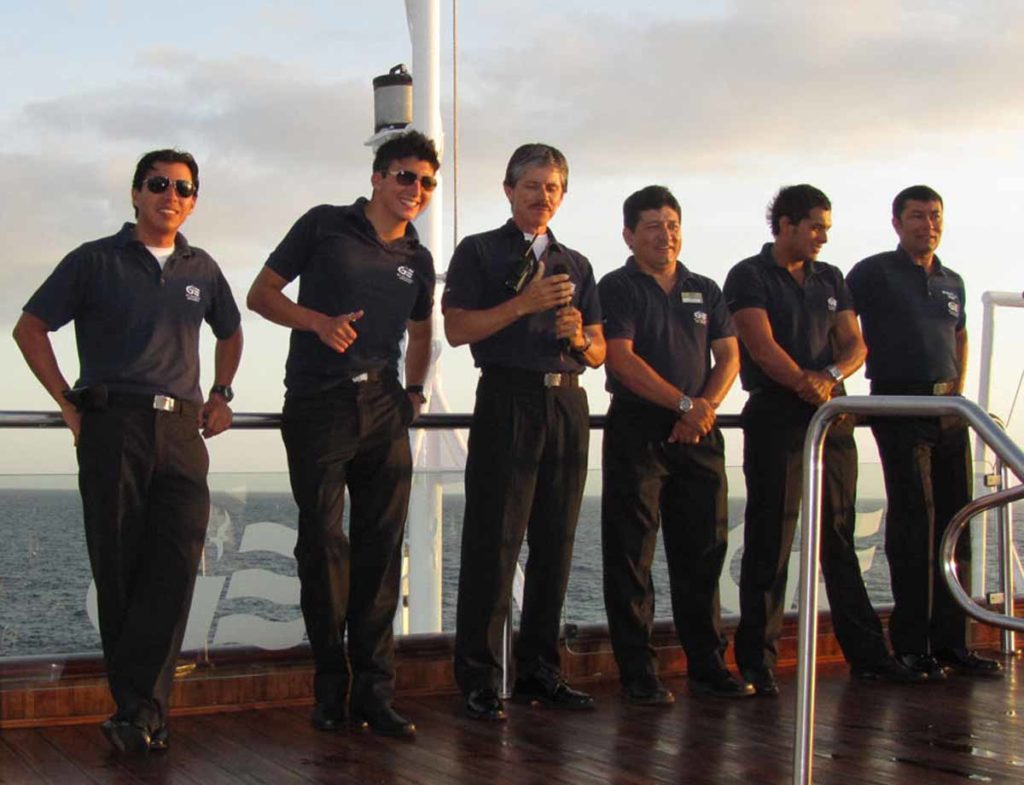
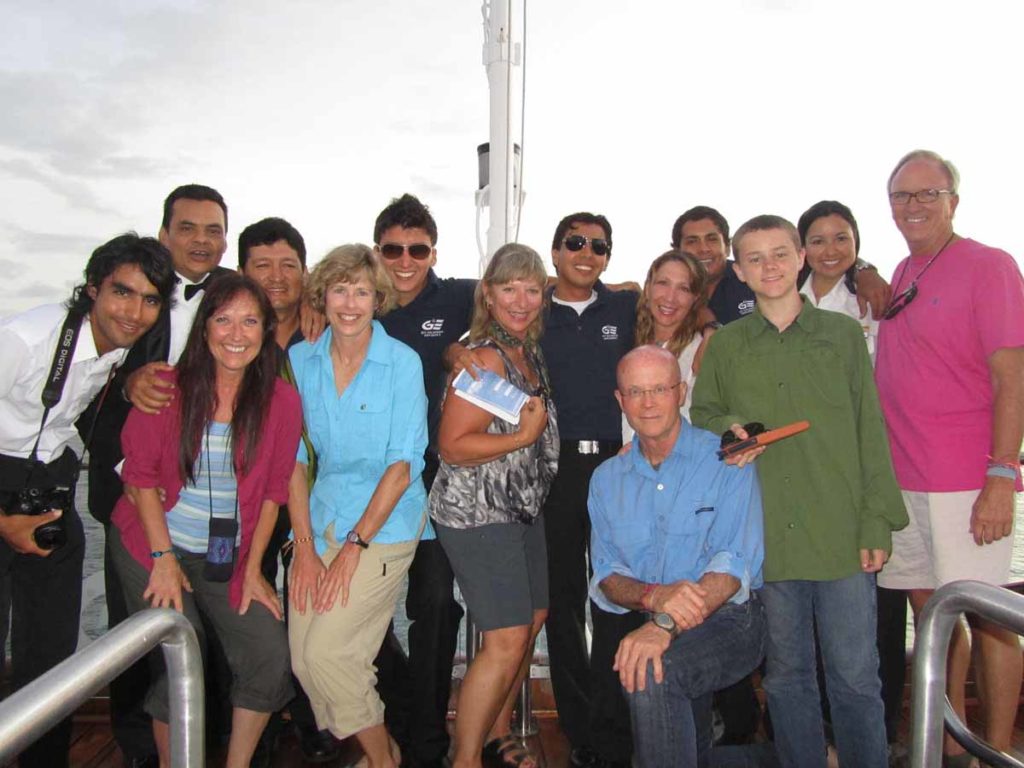
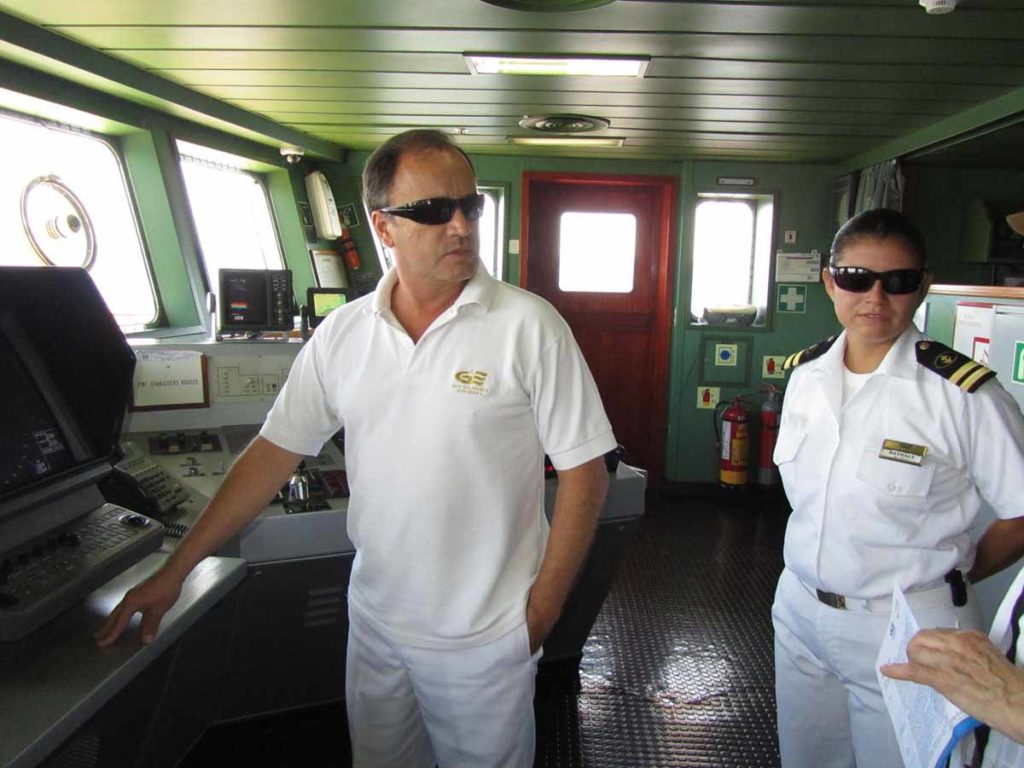
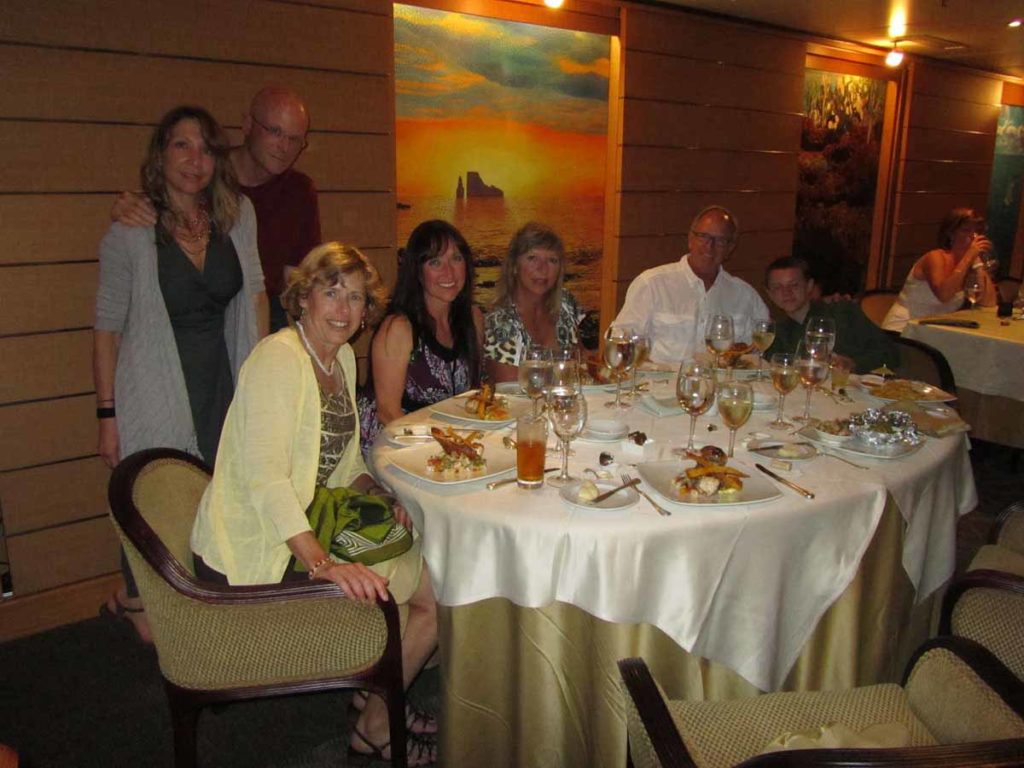
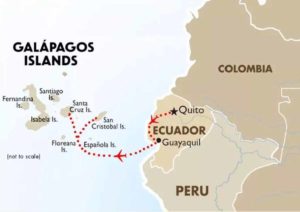
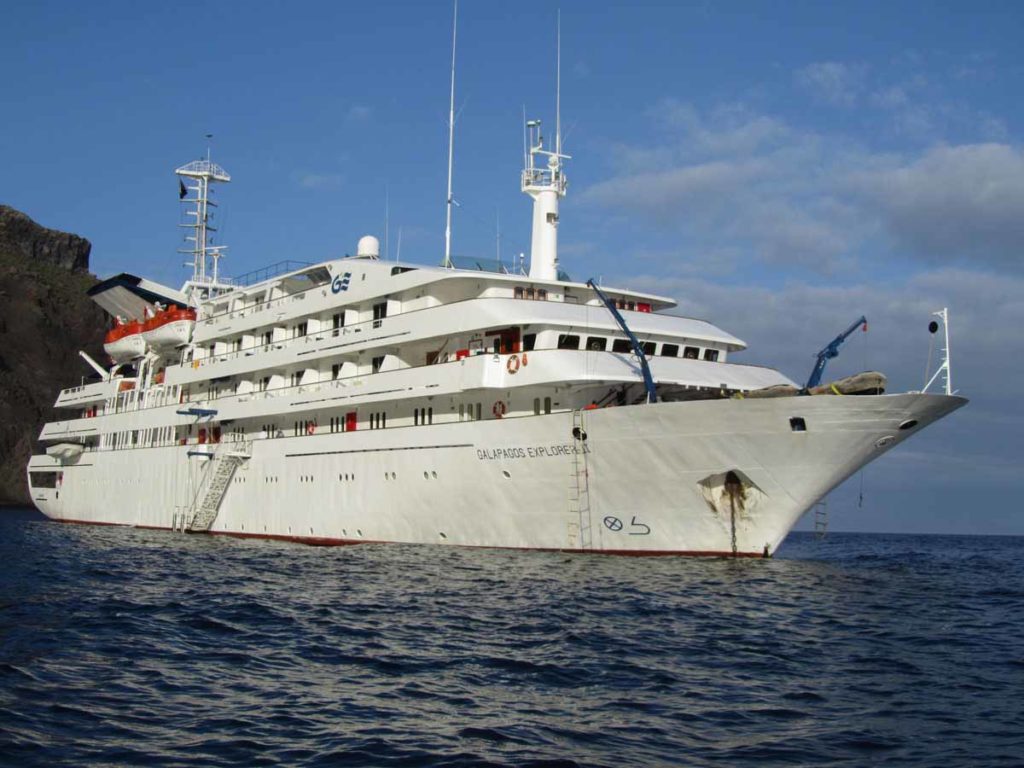
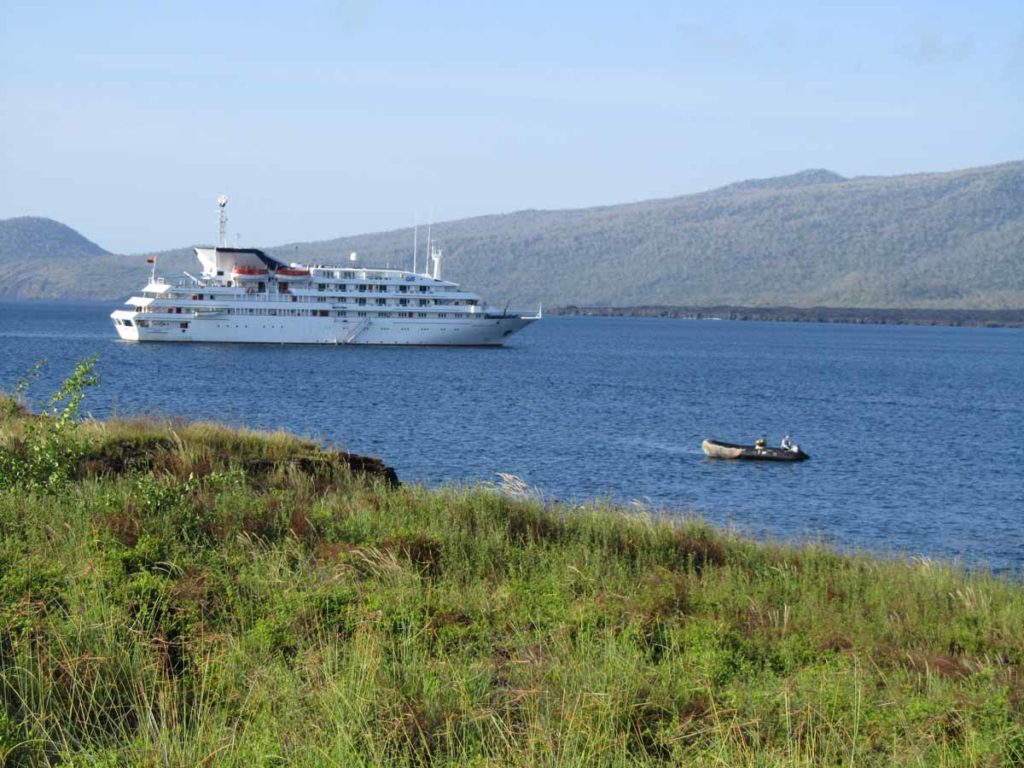
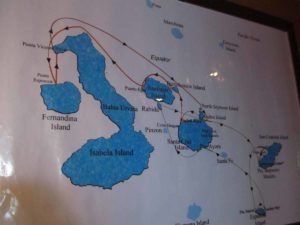
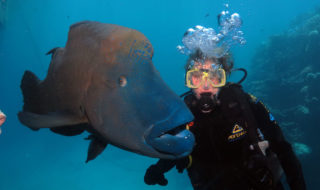
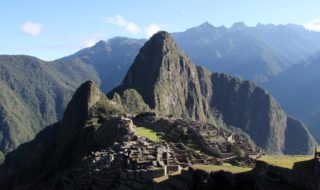
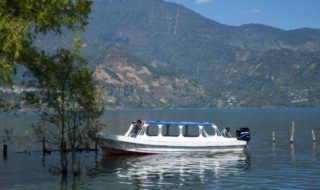
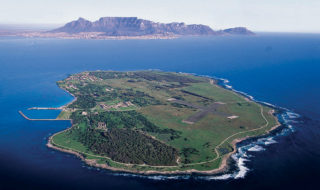
Hi there Janet!! Angie (RIP) and I were scheduled to join a group of Miami travel agents on 9/11. On the way to the airport, we heard that all the airports had been closed. We ended up rebooking for November and, we ended up with a group of Japanese tourists who did not speak English. We communicated with 2 small children and did OK. I had my first (out of 2) near-death experiences. I had only packed flip flops and I started to fall from a cliff into a VERY rocky ocean when someone grabbed me. Whew!! What a memory!!!!
Wow, Karen, that is quite a memory & wild story! So glad you got grabbed from the ledge and lived to continue your travels. So, its a great lesson for Galapagos travelers to be sure to take good walking shoes for the land excursions!